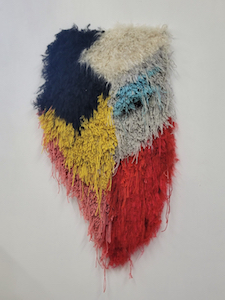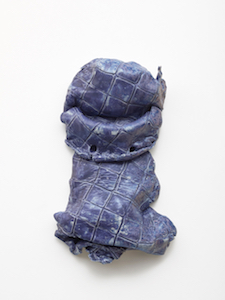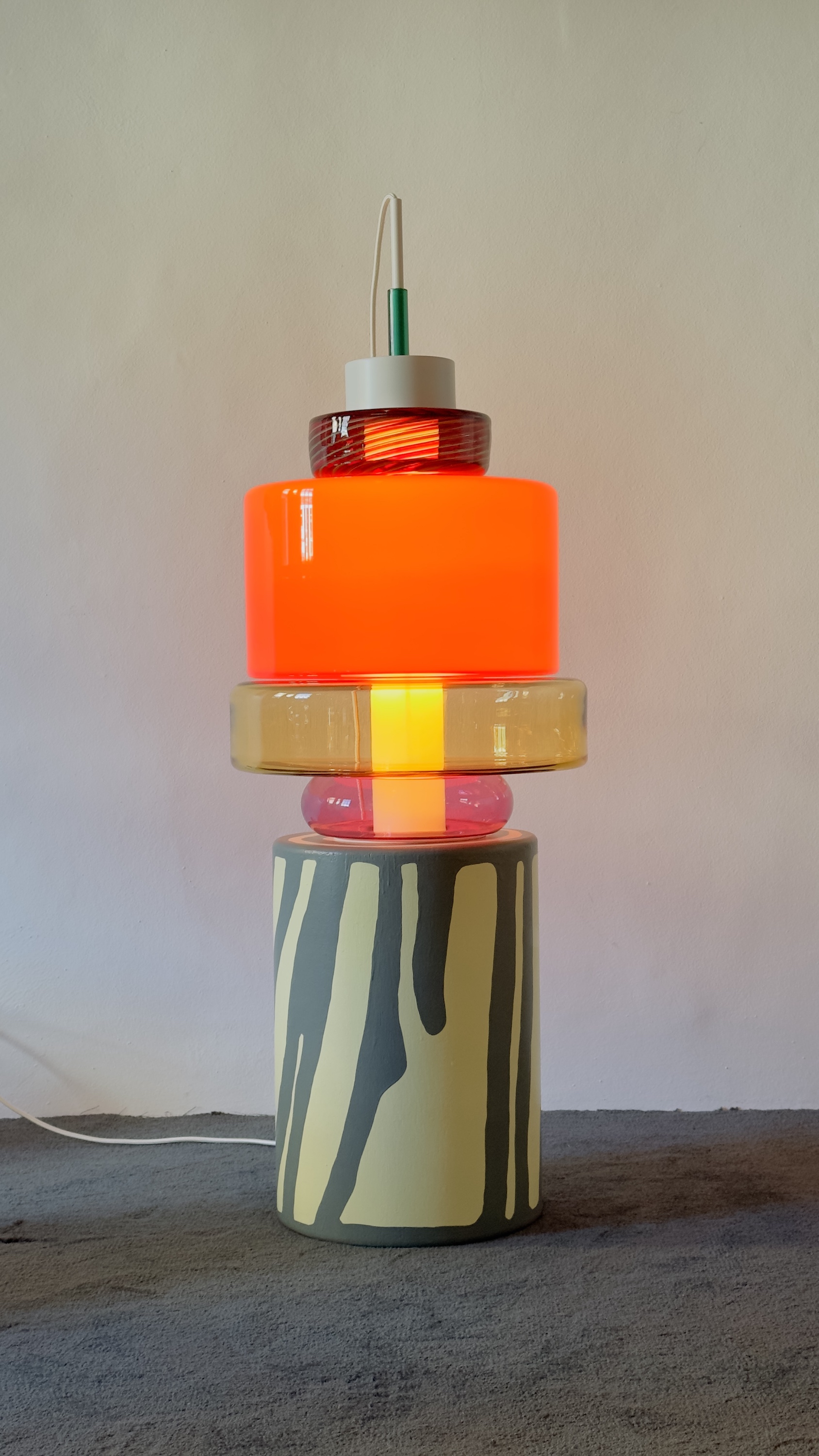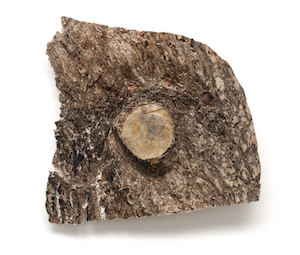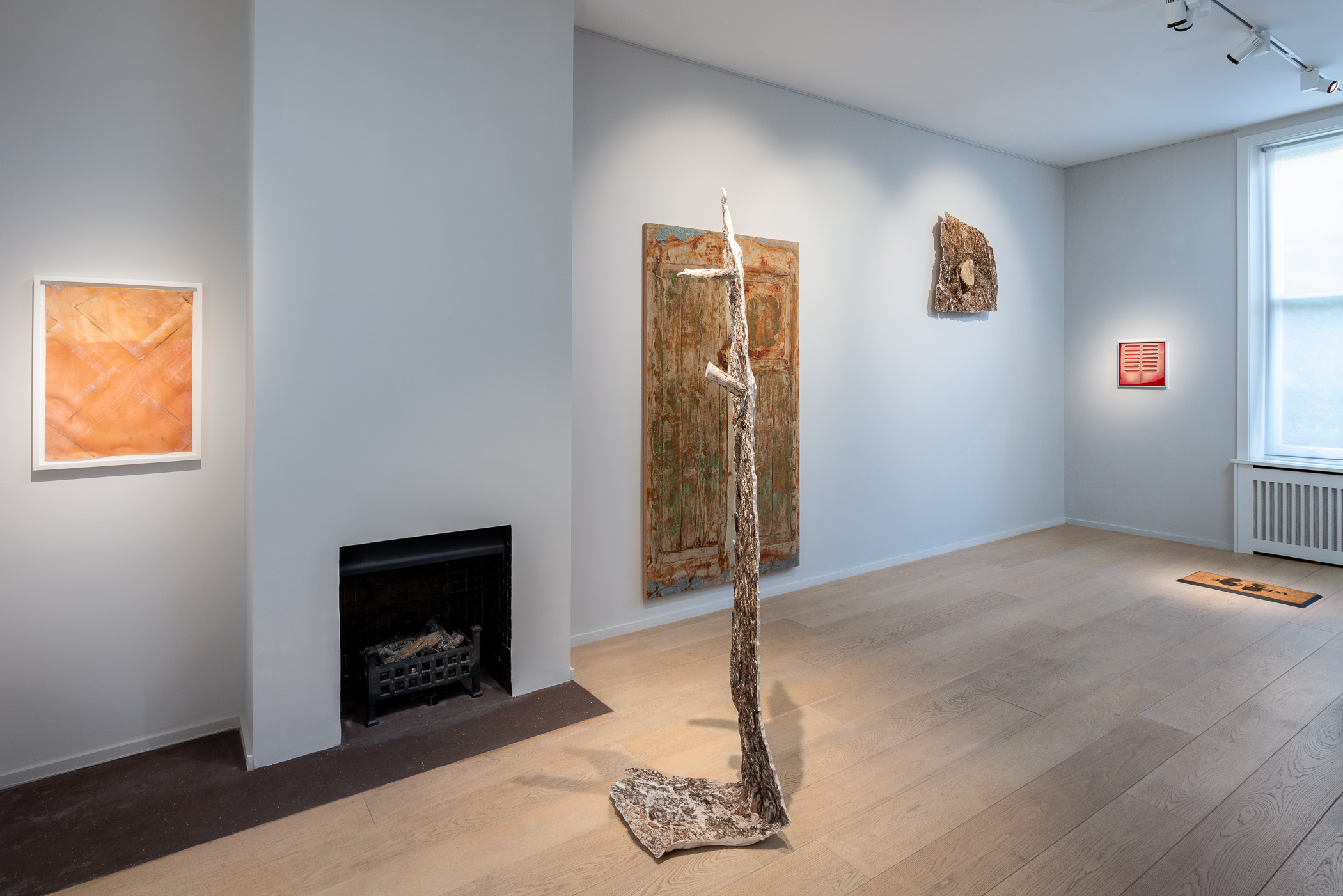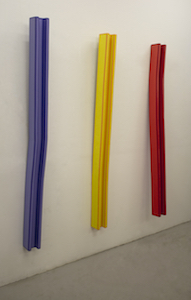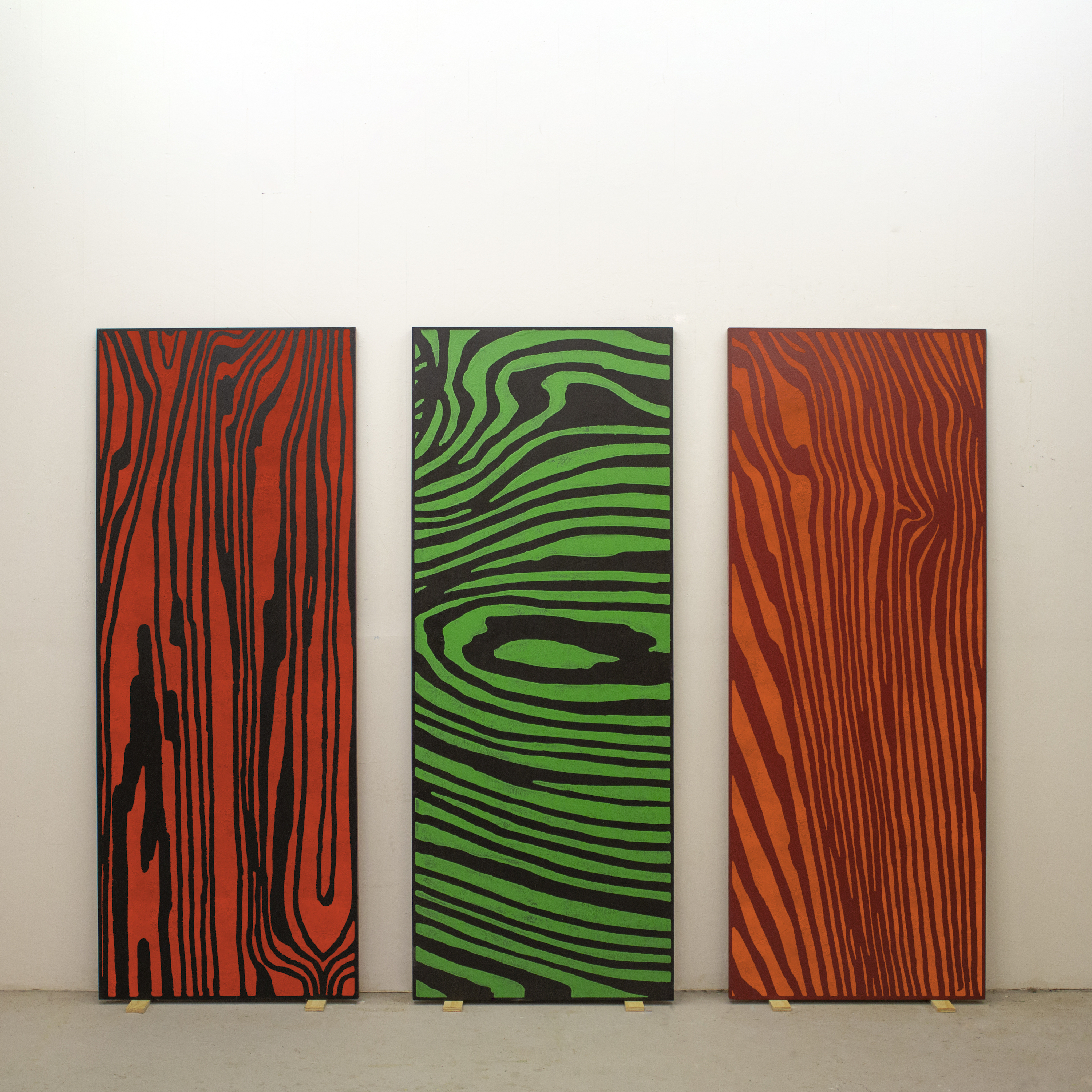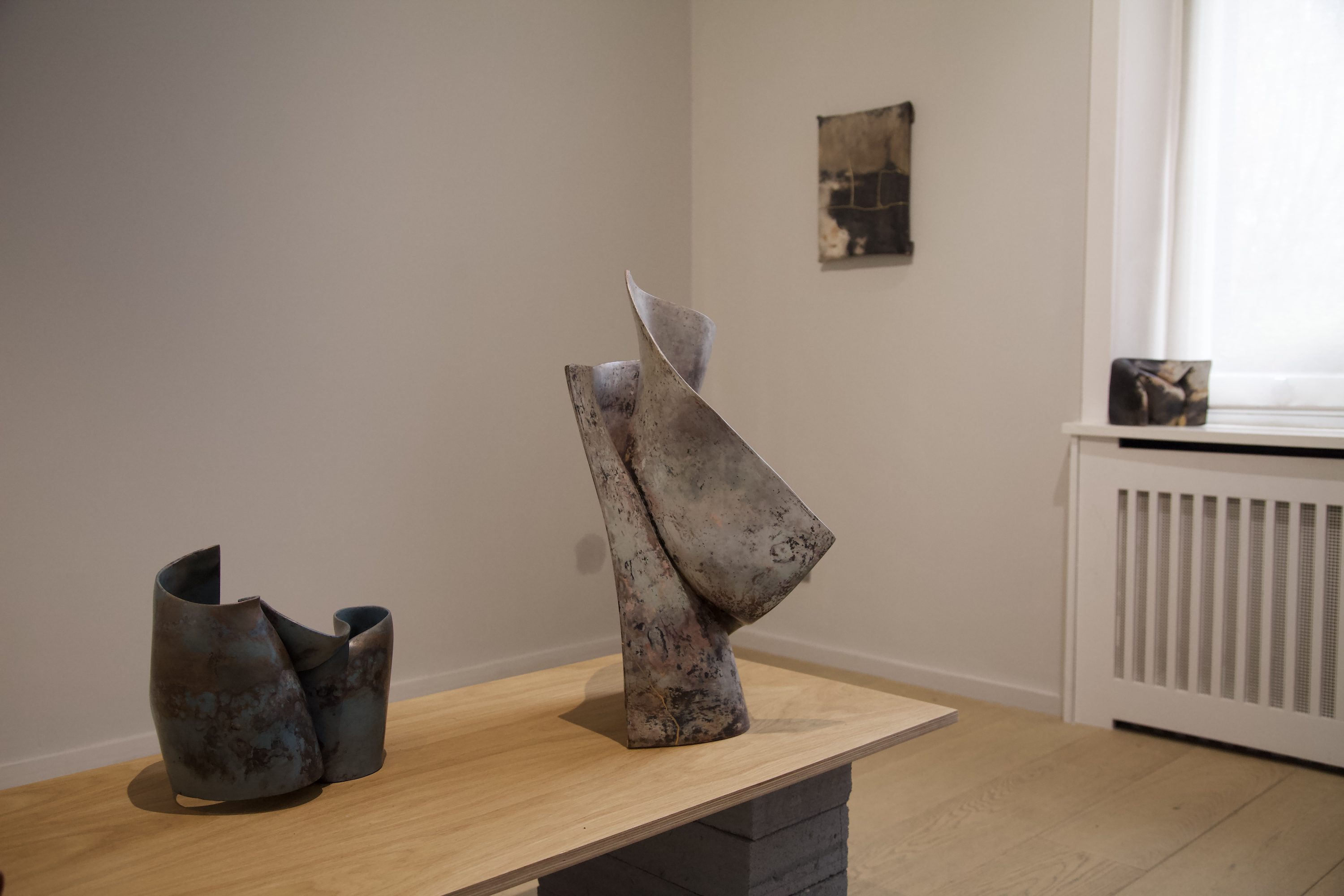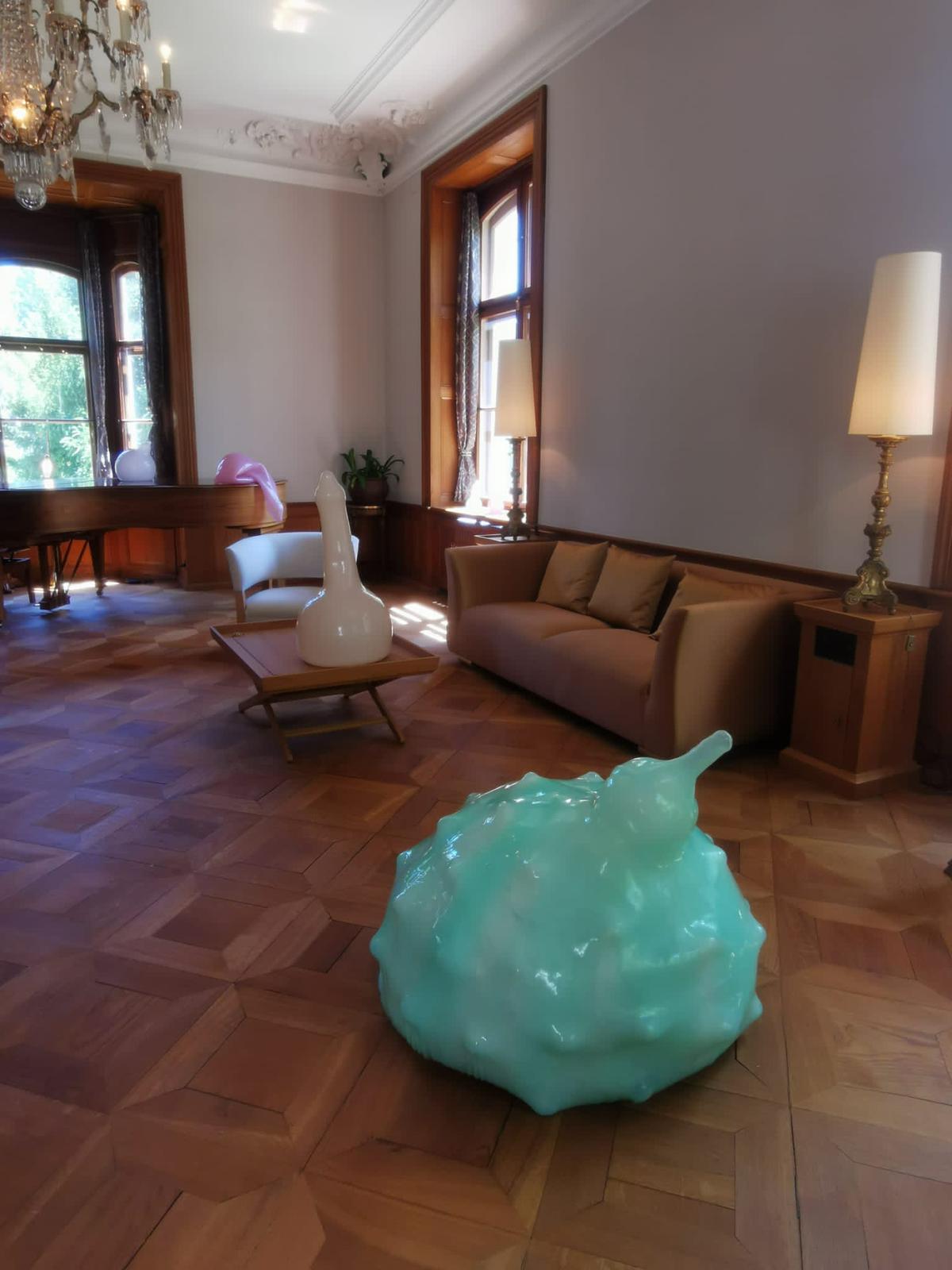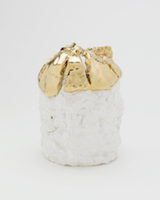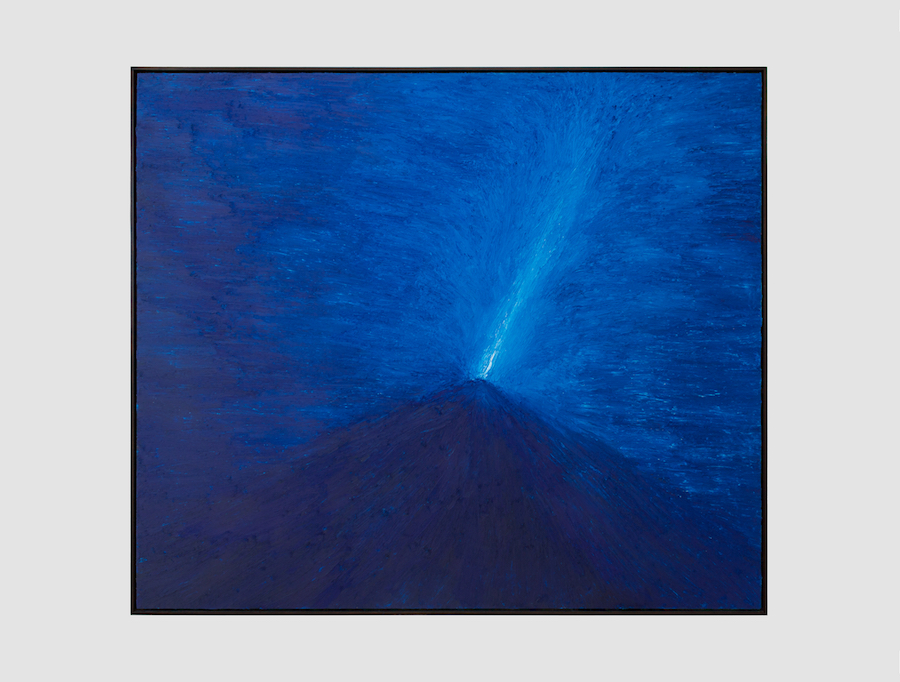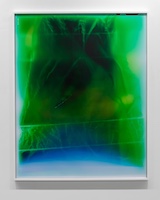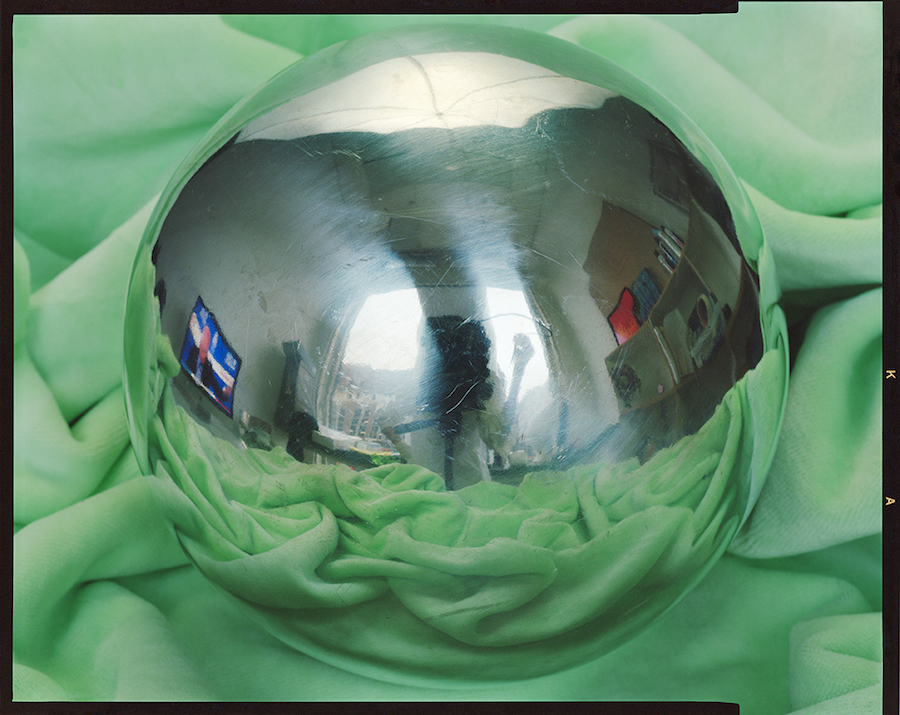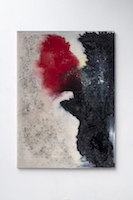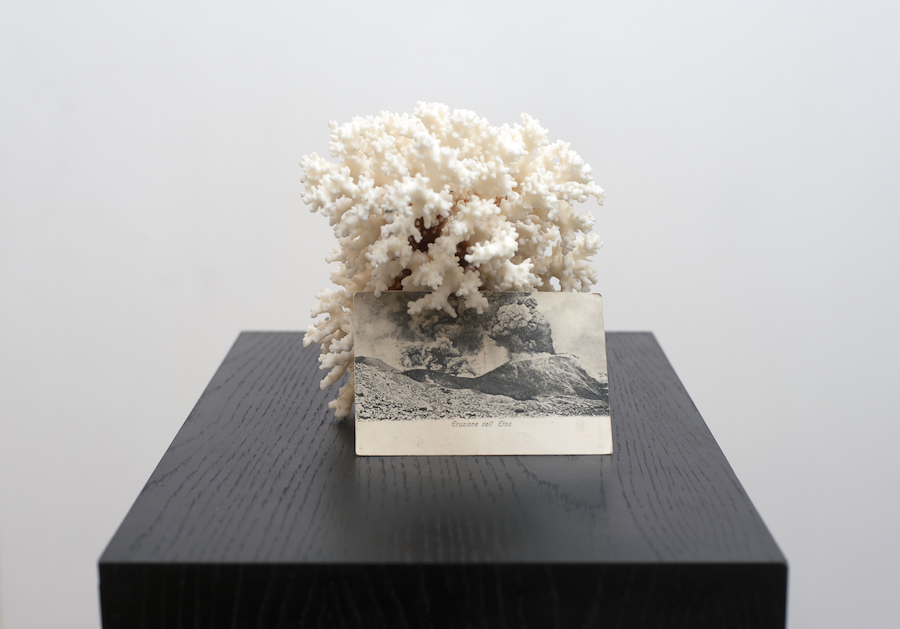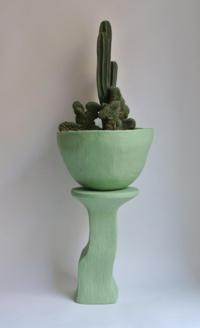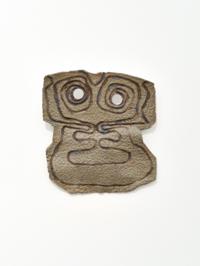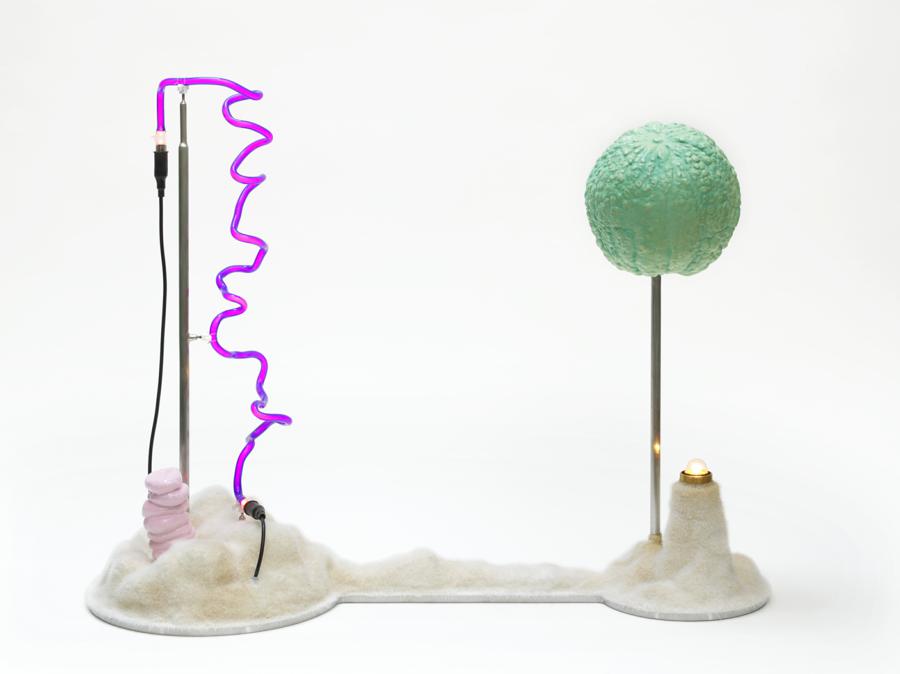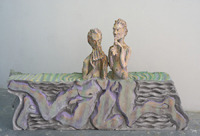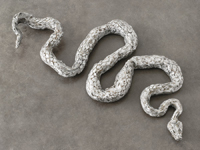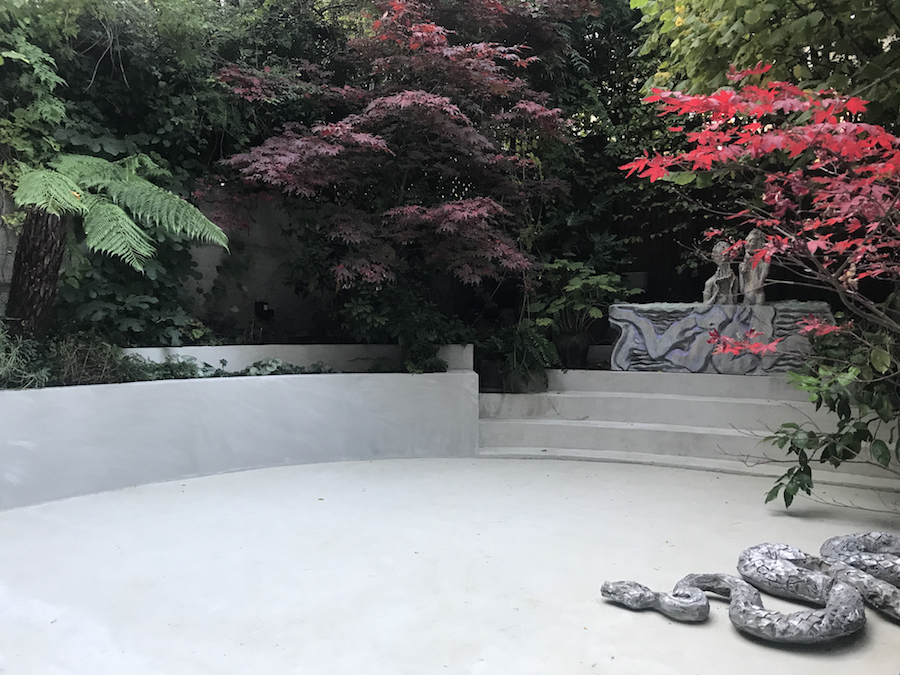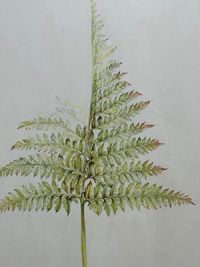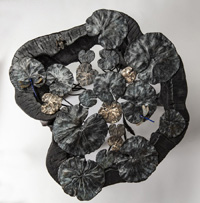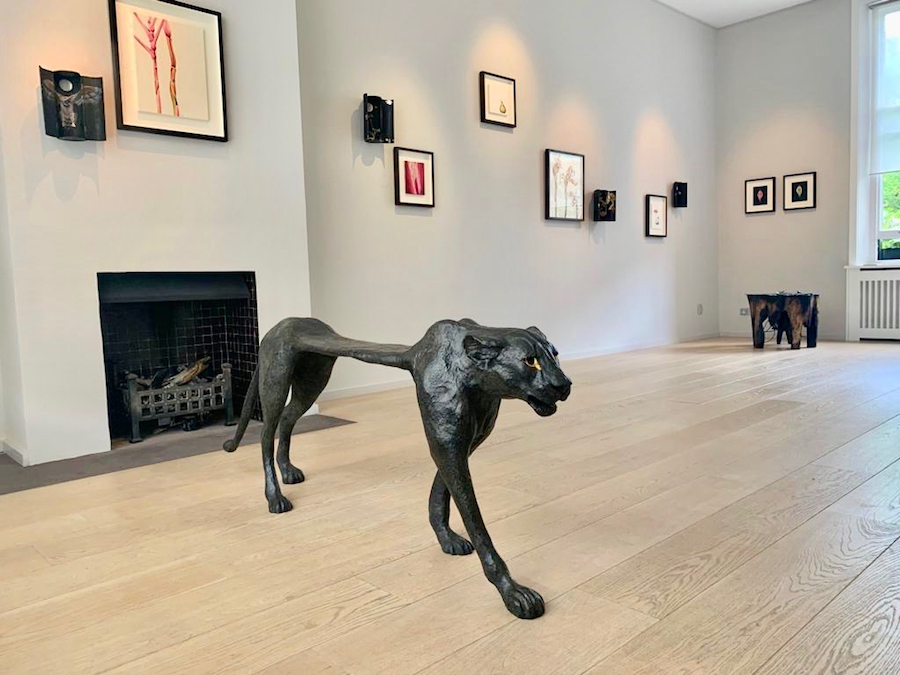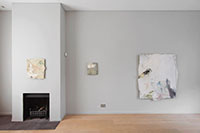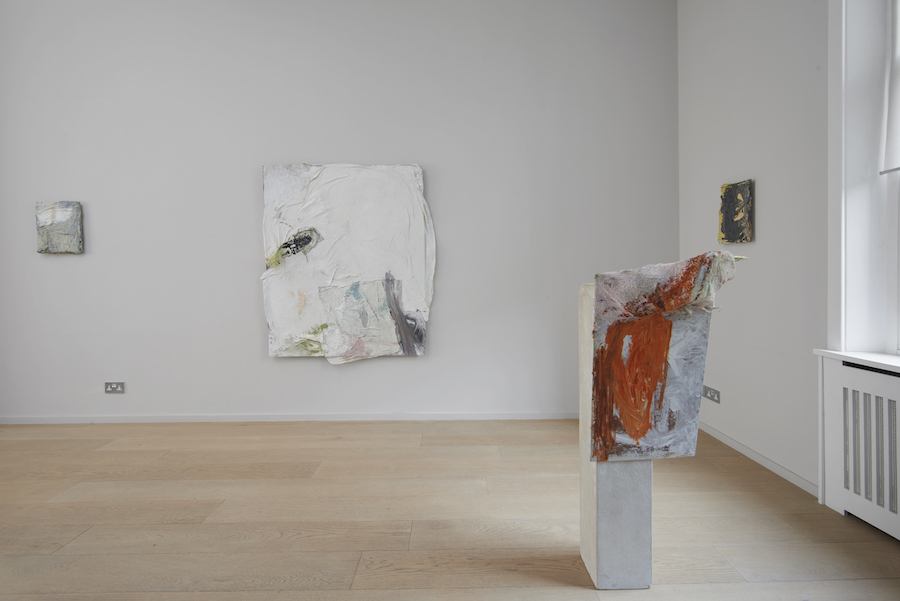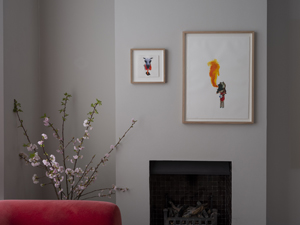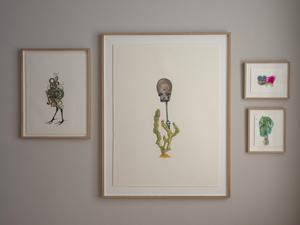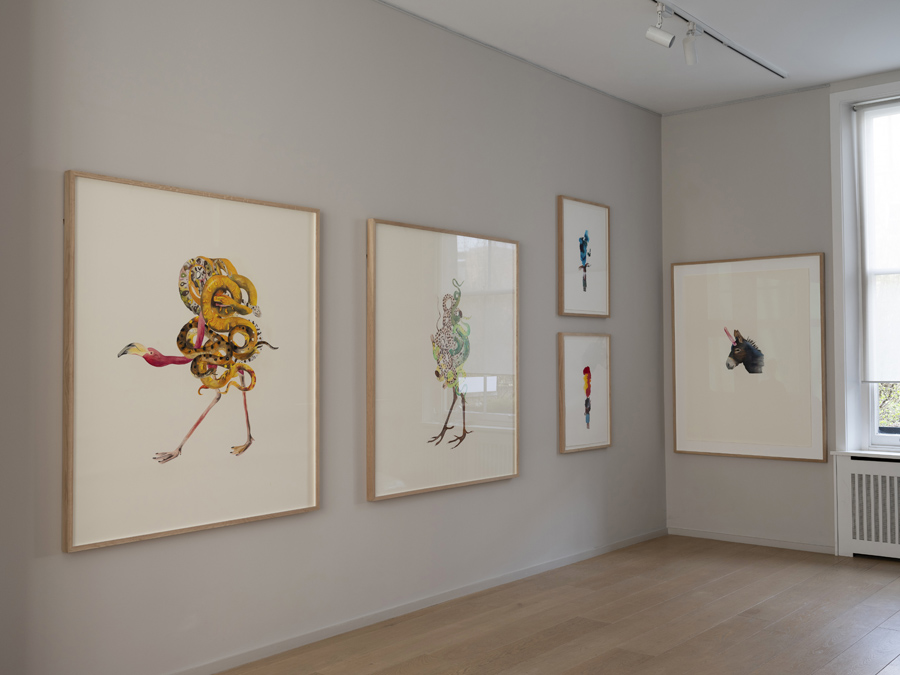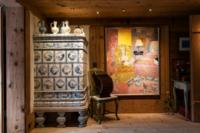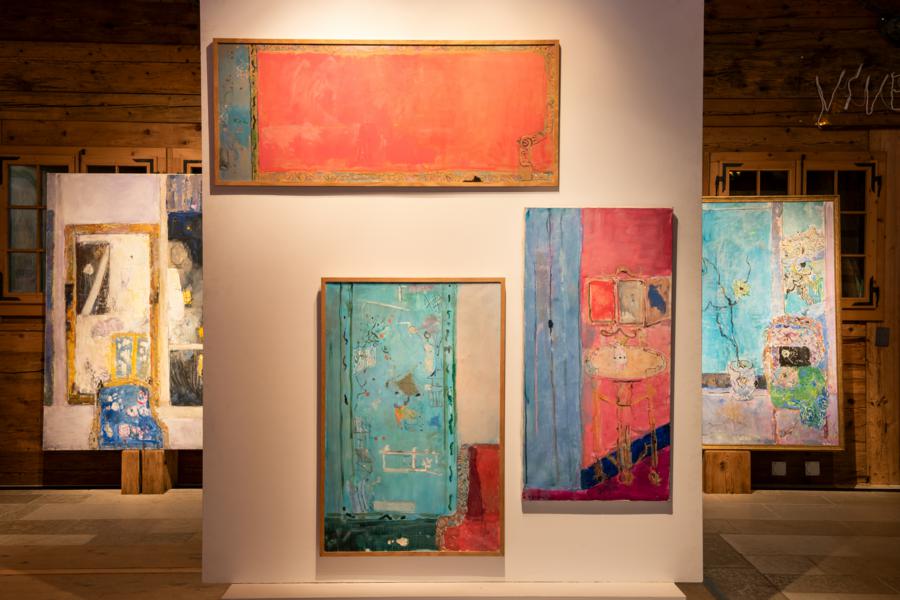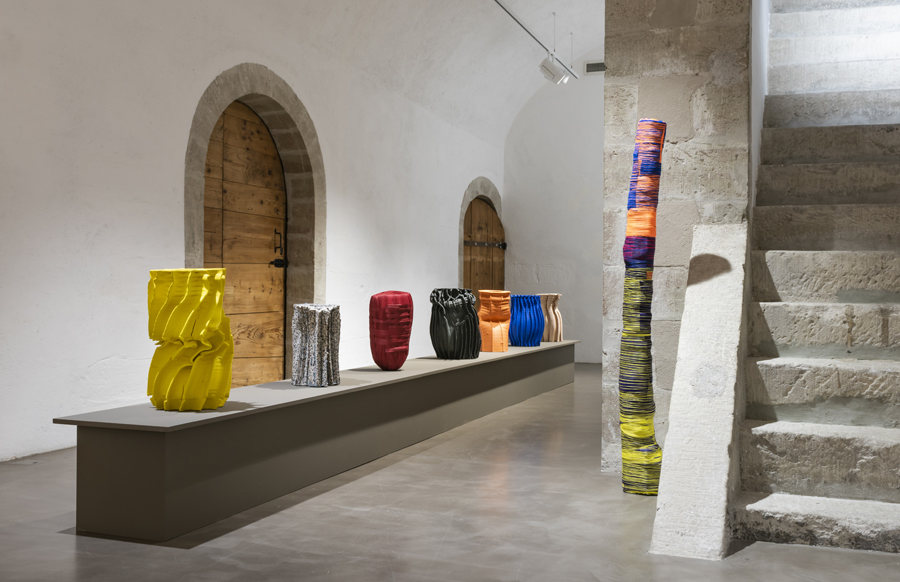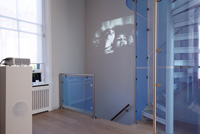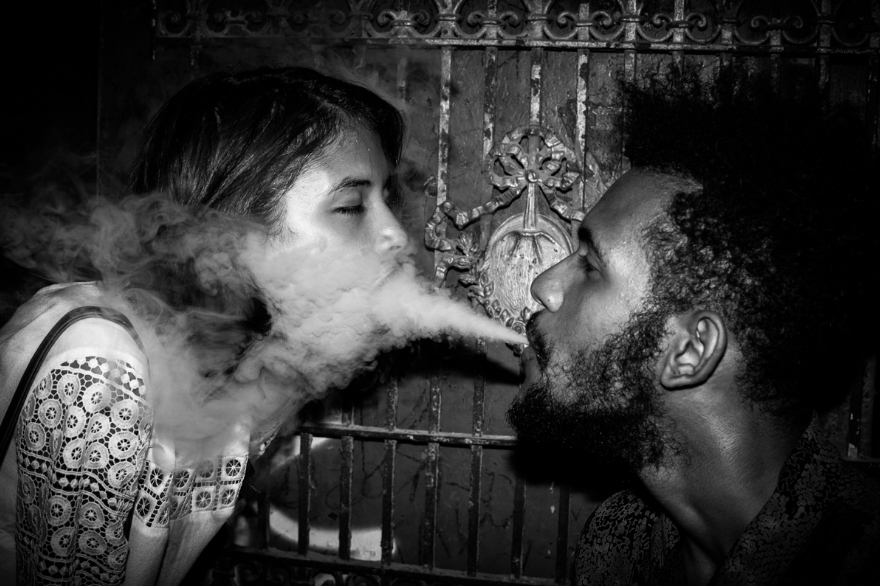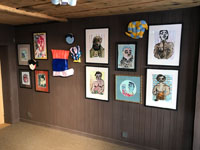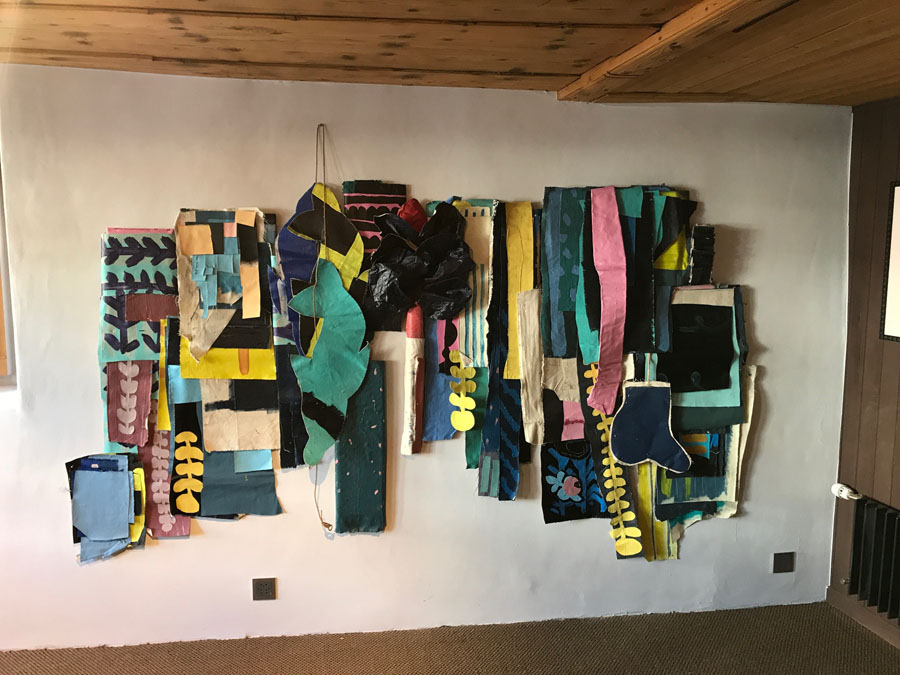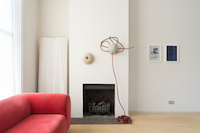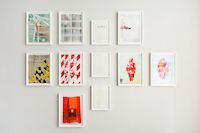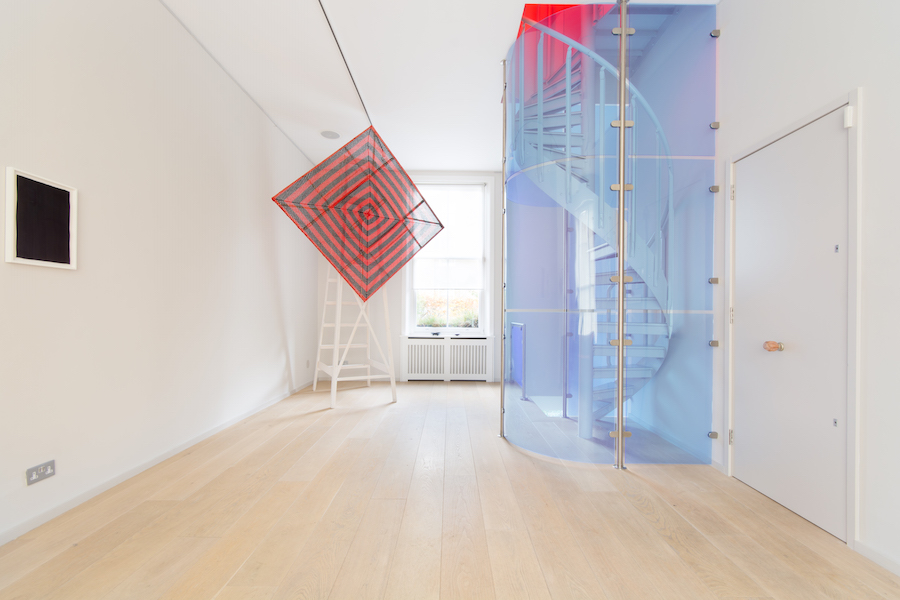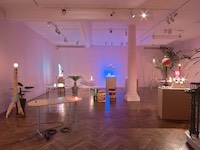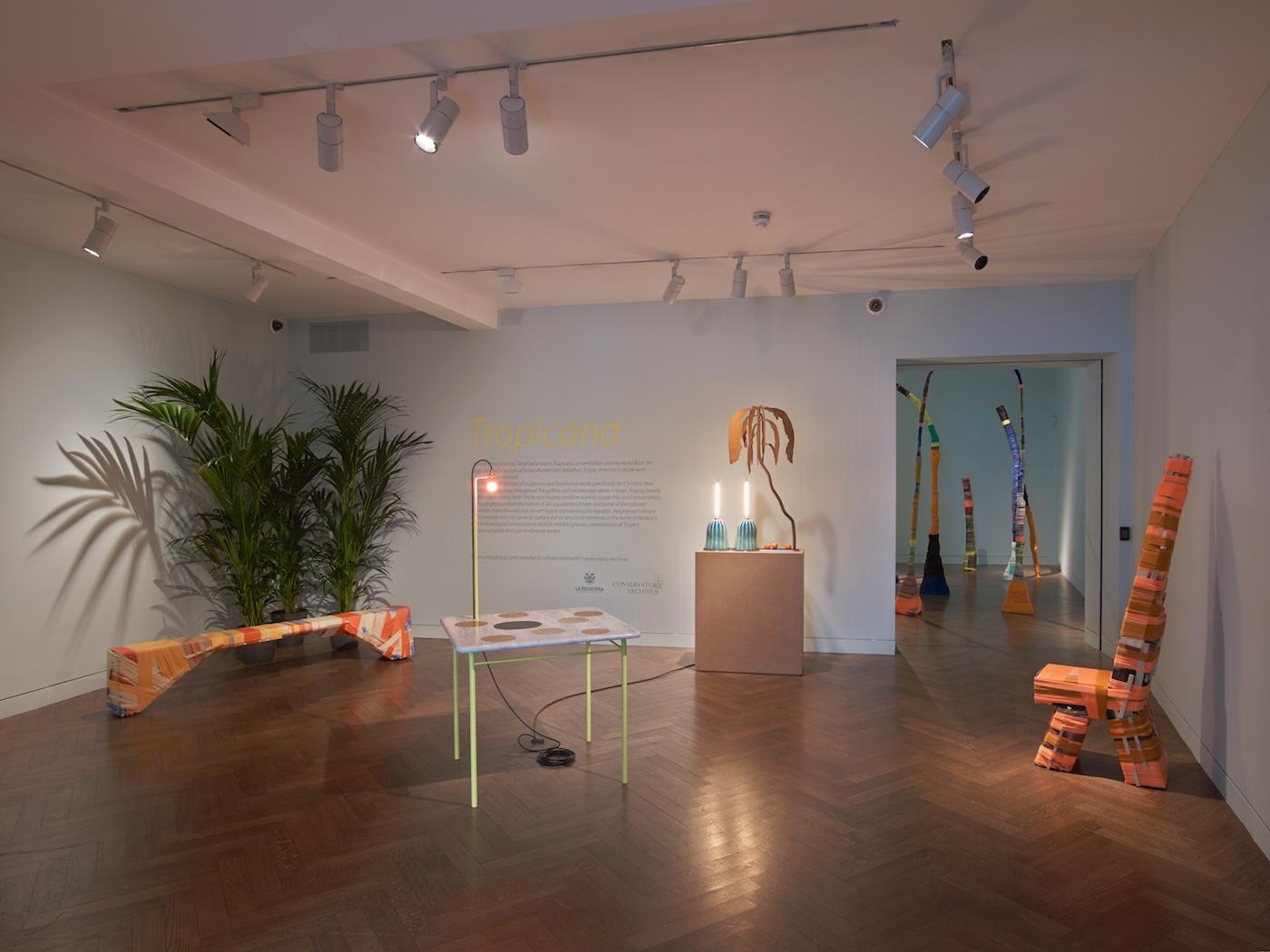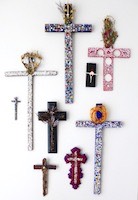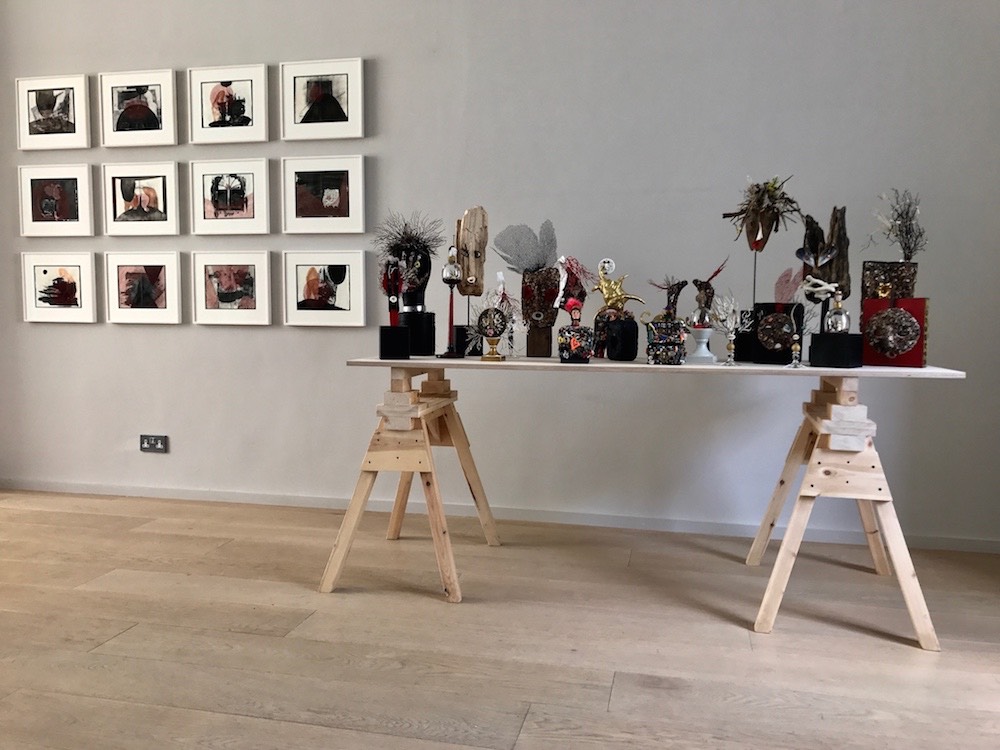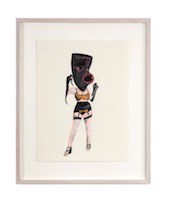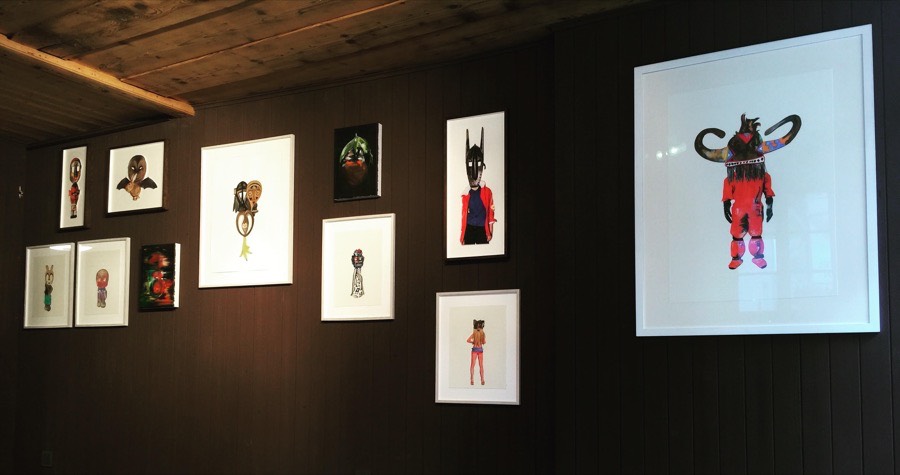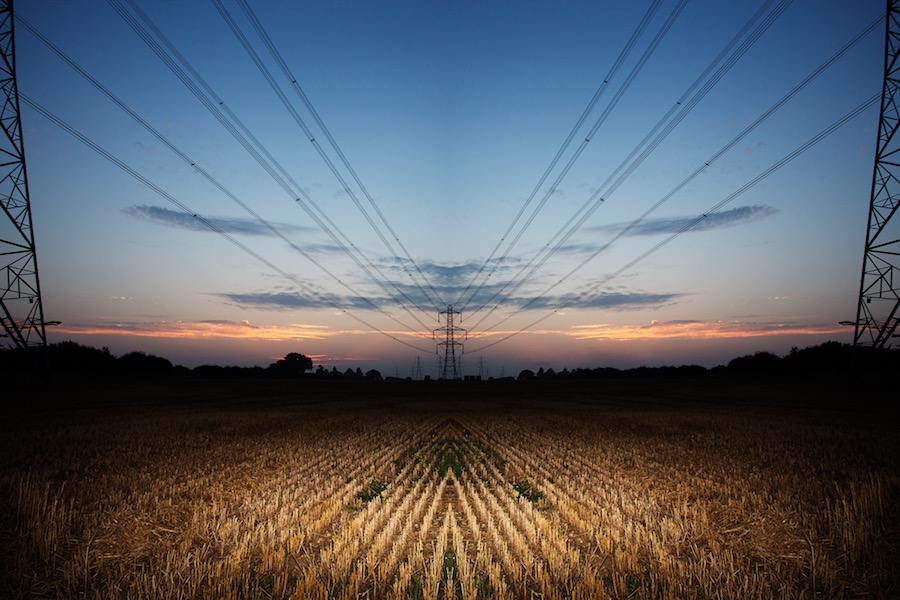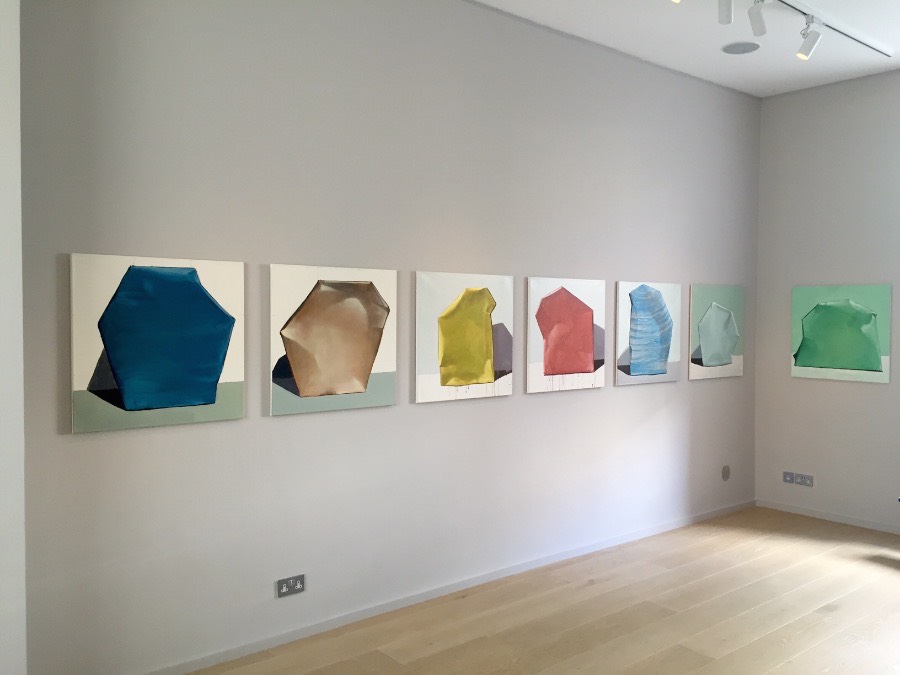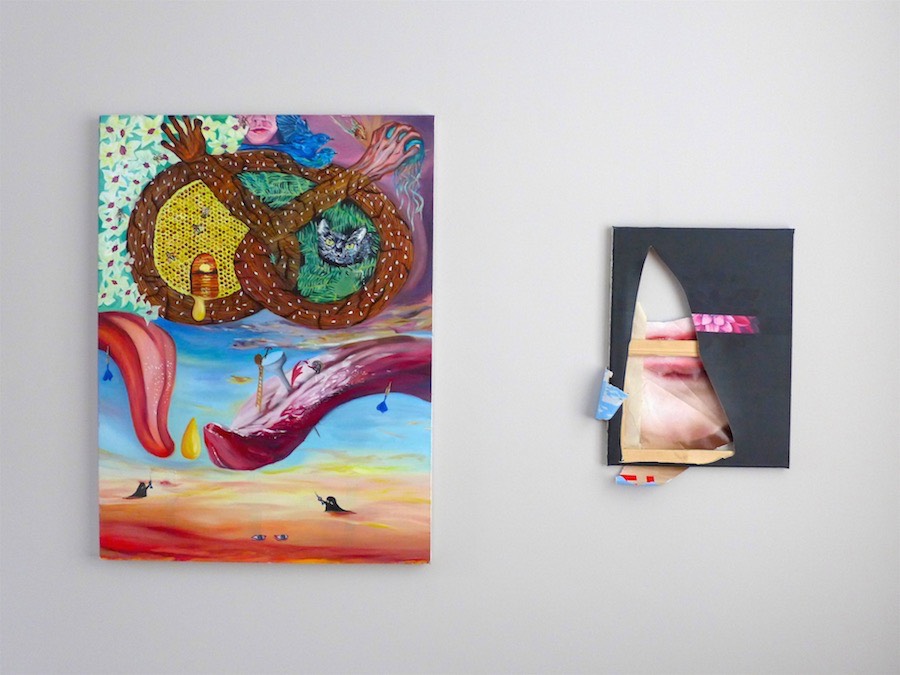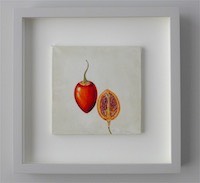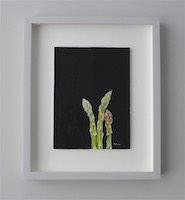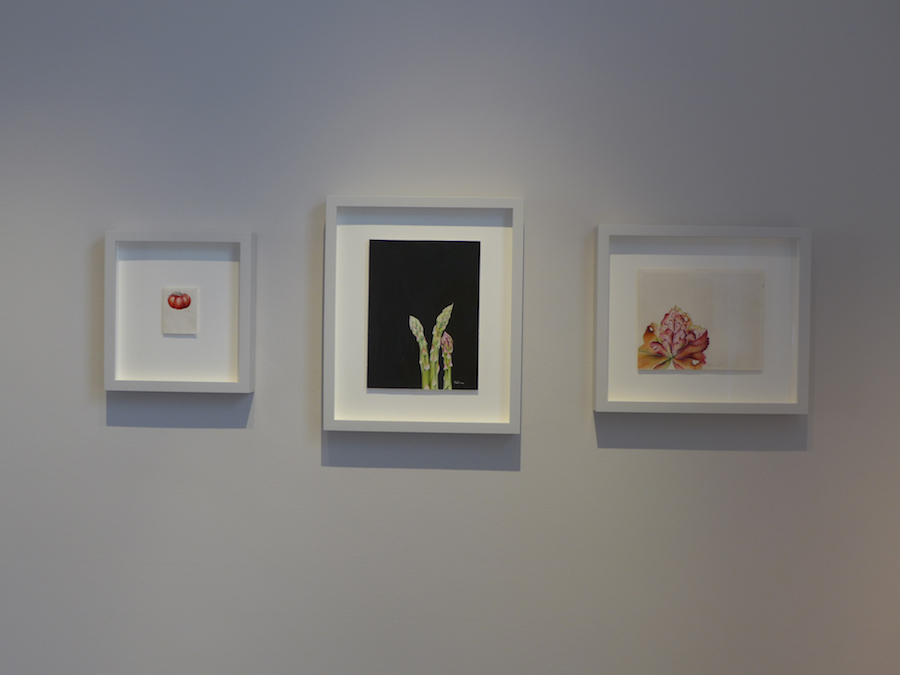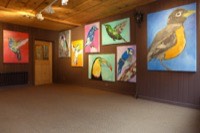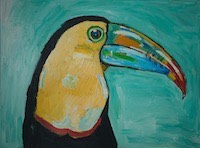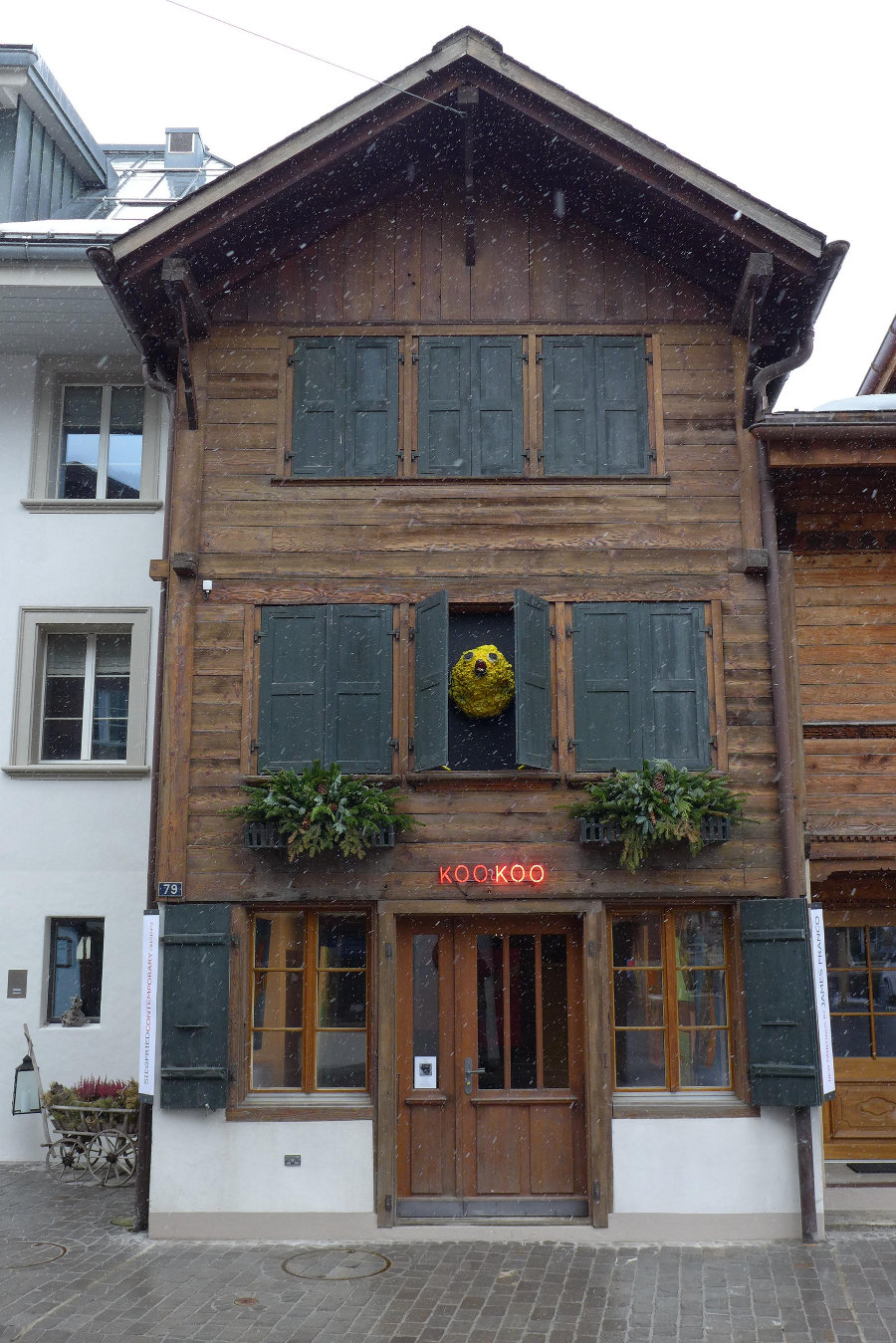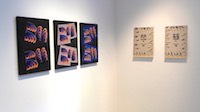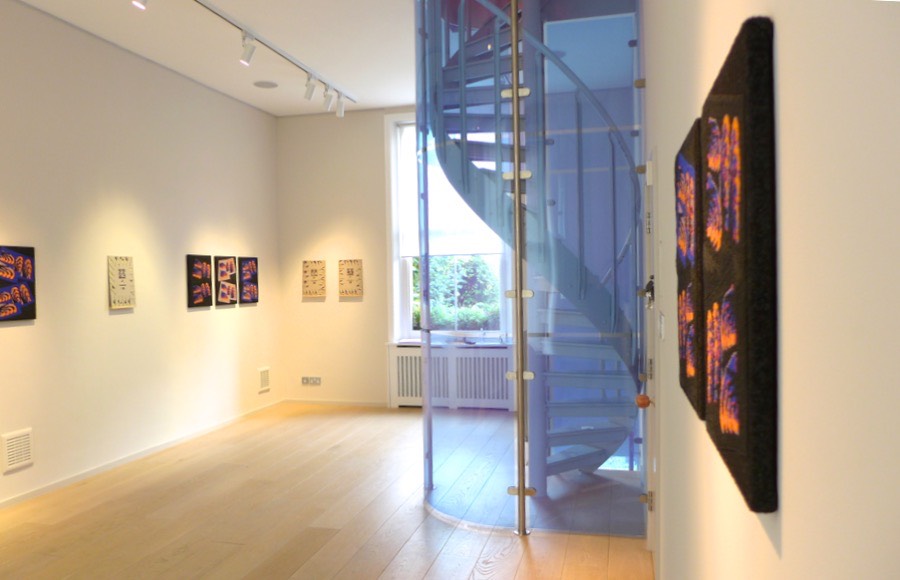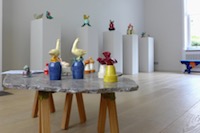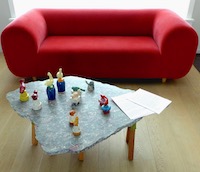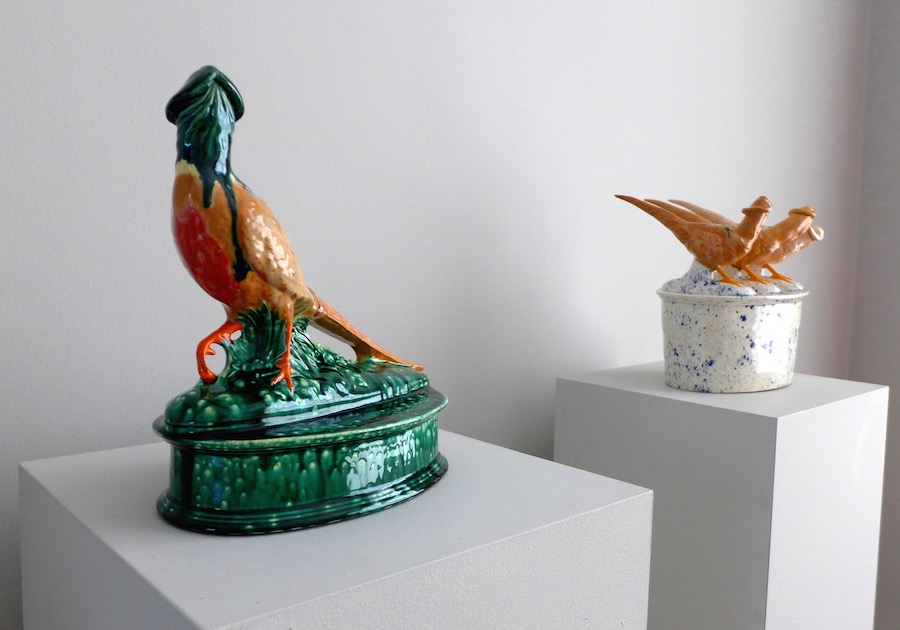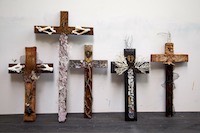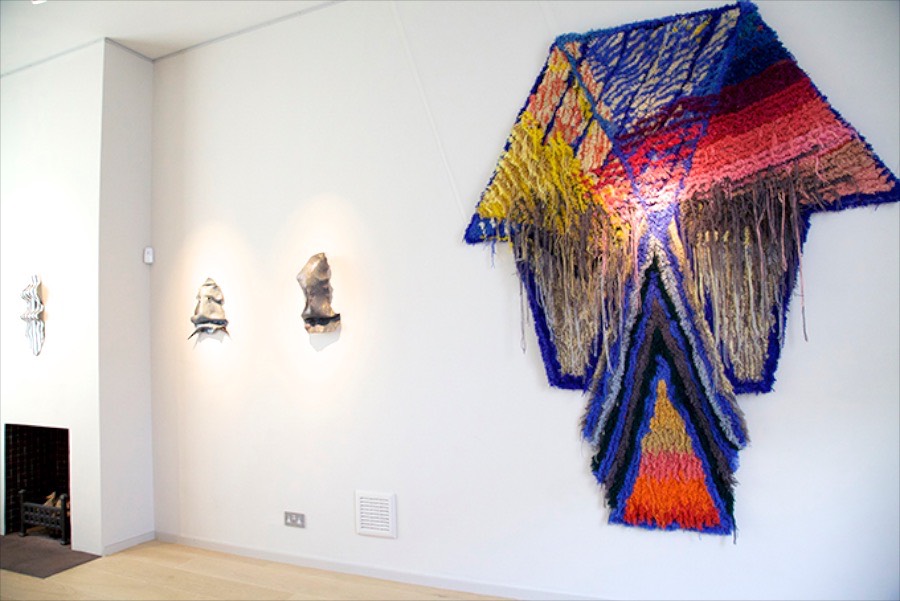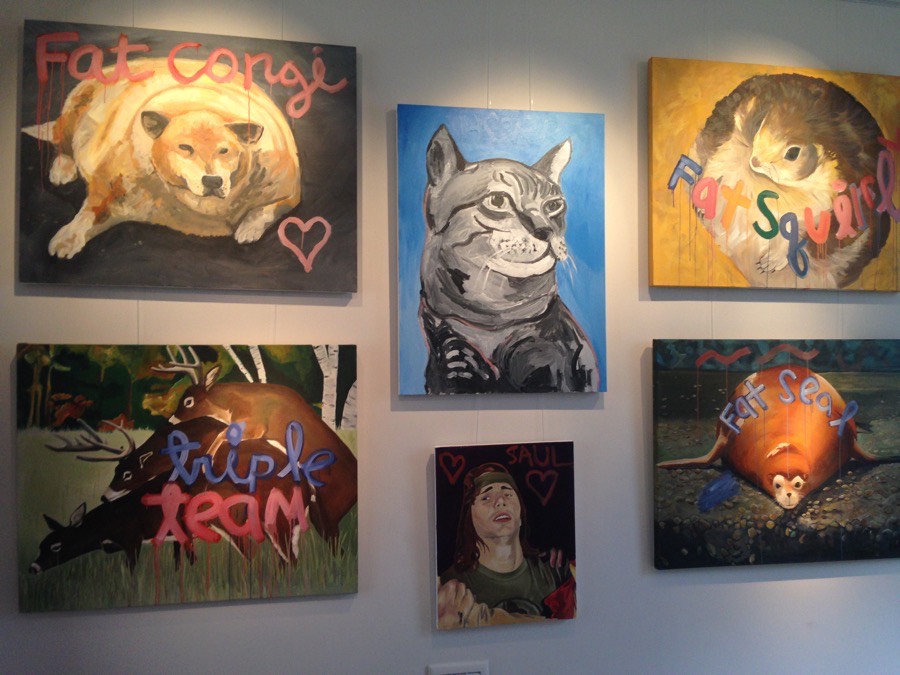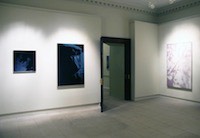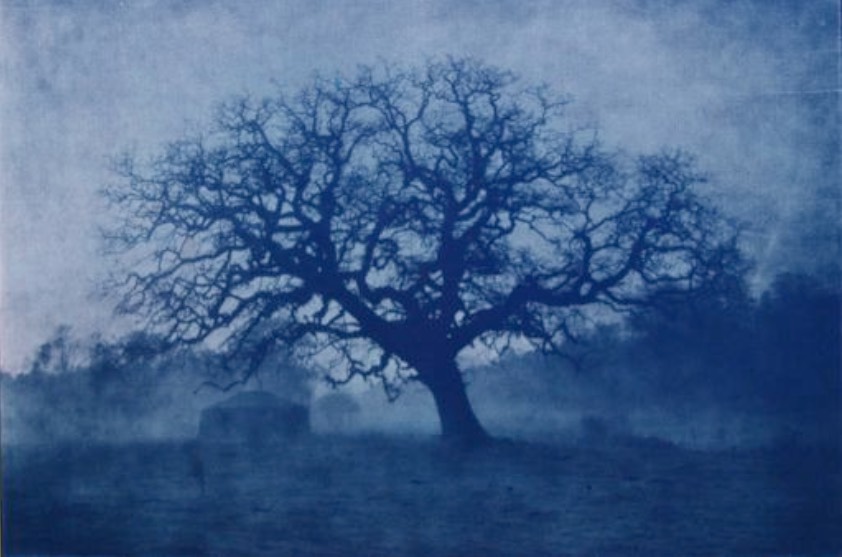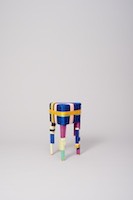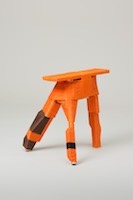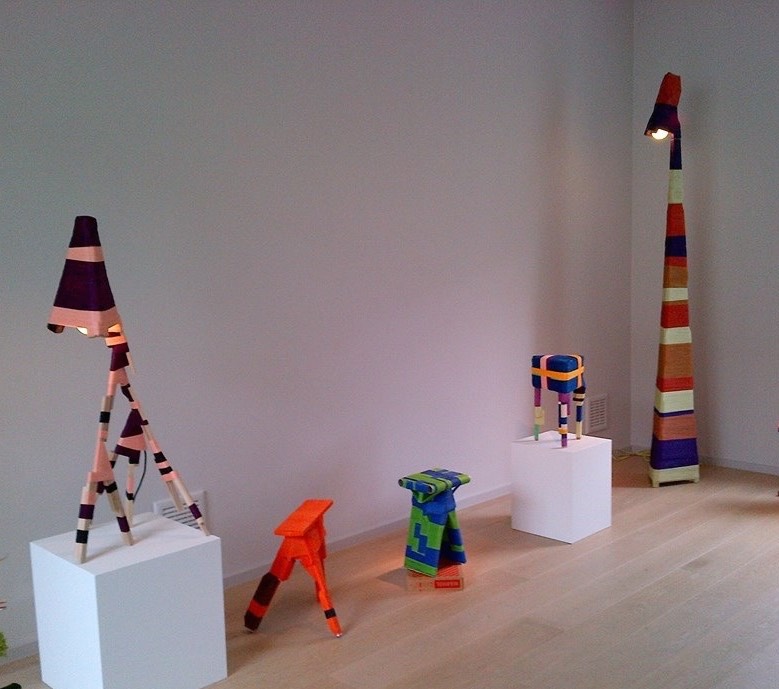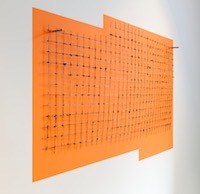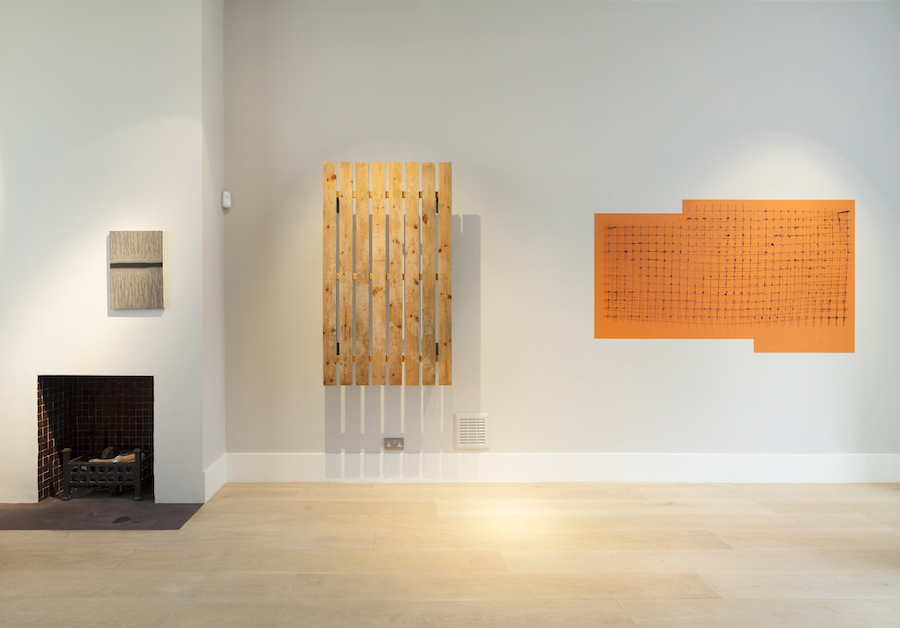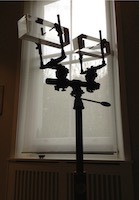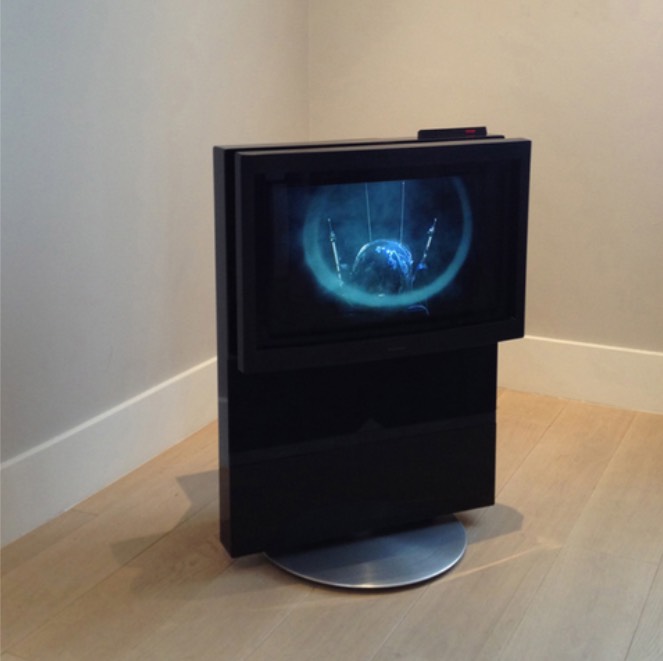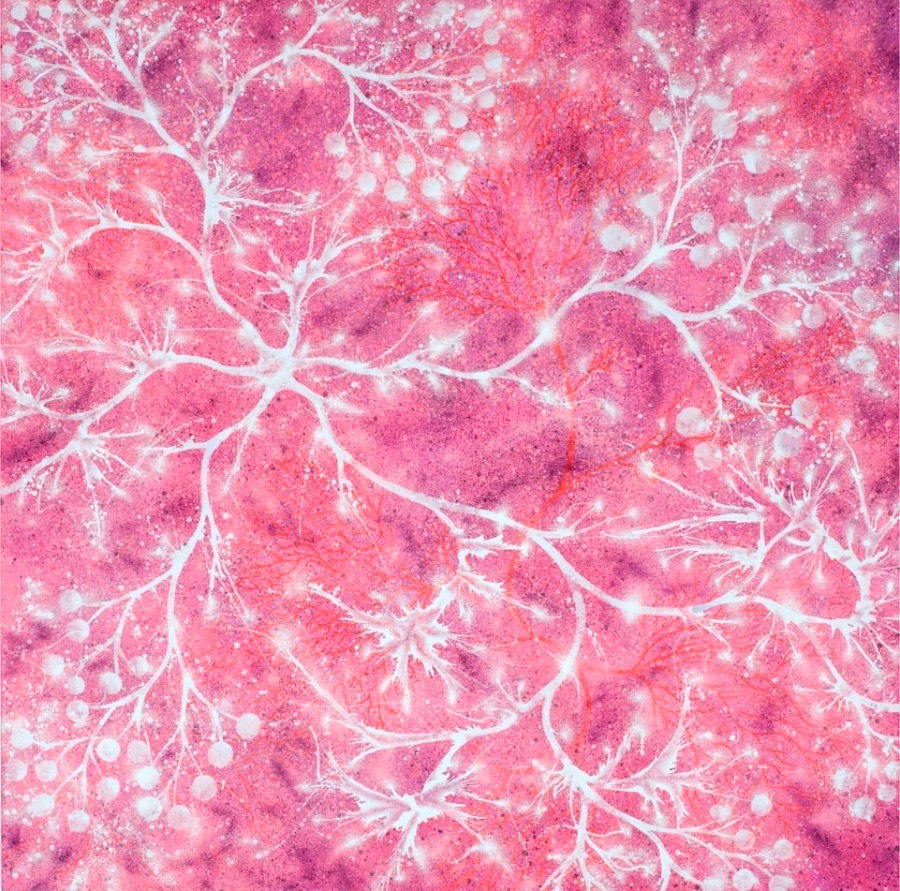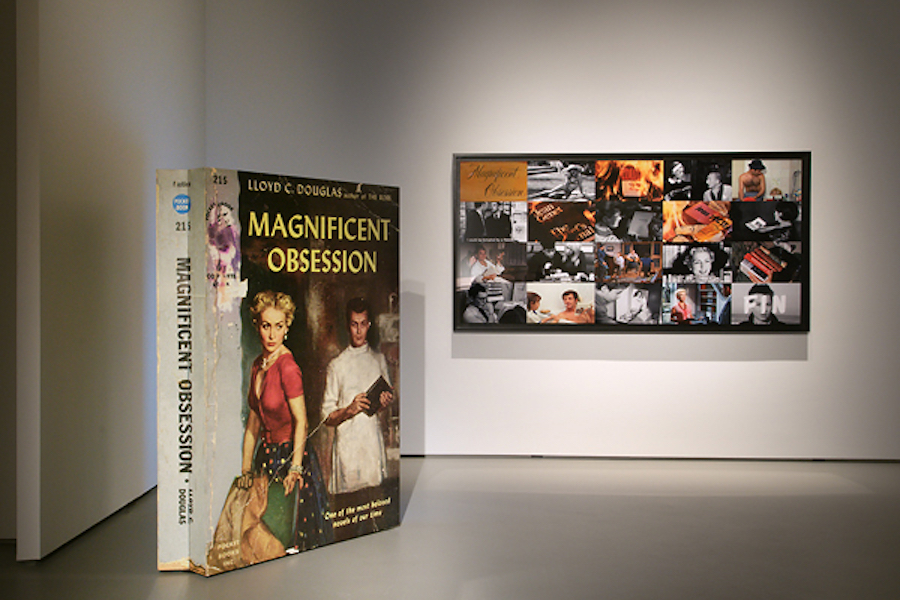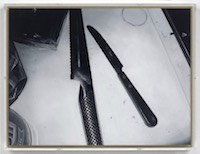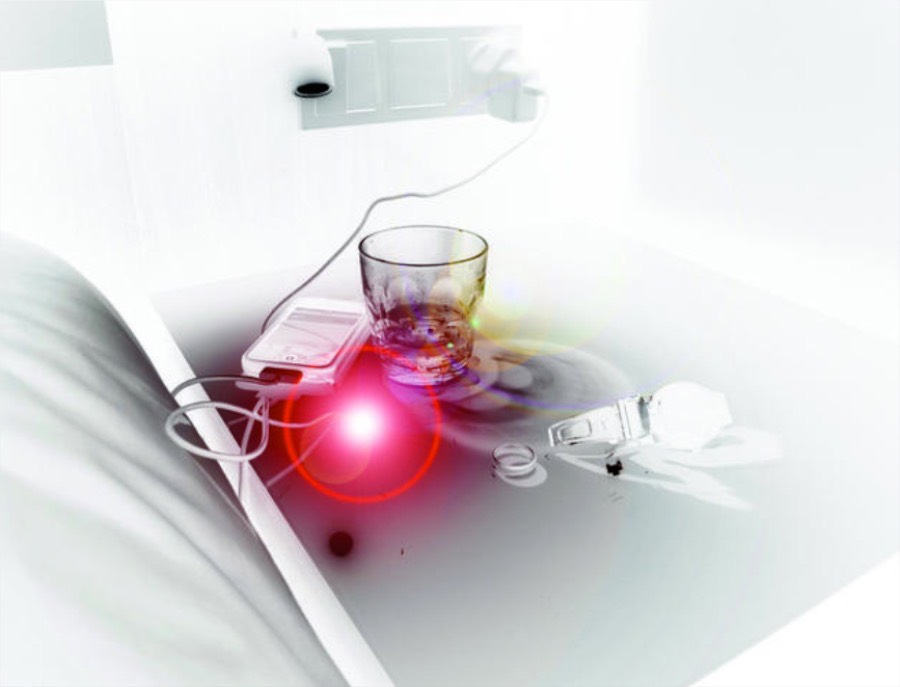
Towards The Sun
14 May - 18 July 2025
Opening Wednesday, 18 May, 5-9PM
Alvaro Barrington
Alex Burke
Roland Dorcély
Isis Dove-Edwin
→
Towards the sun
Alvaro Barrington
Alex Burke
Roland Dorcély
Isis Dove-Edwin
I am showcasing three artists of different age and backgrounds, working in distinct media within the diaspora. They are forming a dialogue with a seminal work by Alvaro Barrington which is part of my personal collection. The subject of the artistic journey and interconnected histories is what unites Roland Dorcély, Alex Burke and Isis Dove-Edwin.
"Towards the sun" stands for a metaphor to discover a better world through the production of cultural goods of any kind.
Roland Dorcély (1930-2017) was born in Haiti and was a pioneer of Caribbean modernity. By the late 50s, he was pursuing a dual career as a painter and poet in Europe and the US and his works were featured in a number of Museums as well as included in some major American collections. Stylistically, he was probably most influenced by the work of Fernand Leger with whom he was very close at the time.
Despite his early success, he eventually stopped working completely due to continuously experiencing discrimination as a Black foreigner, and has therefore remained in the shadows of art history until recently. In 2020 the American gallery Blum and Co organised a group show featuring his work. This was the start of a newfound interest in Dorcély.
However, Paintings by Roland Dorcély remain quite rare. Most of the known works derive from the collection of the Charles August Girard family. A number of paintings were made while he was living in Paris, some of which are currently on show at the Centre Pompidou in Paris: "Paris Noir" showcases a major survey of artists of the French Diaspora for the past 50 years.
Alex Burke was born in Fort-de-France in 1940 and has studied at the Nancy School of Fine Arts. His work is deeply political and explores themes as colonialism, social injustice and cultural exploitation, all the while celebrating the richness and diversity of the Indigenous cultures of the Americas. Using reclaimed fabric imbued with stories, origins and diverse motifs, his dolls reflect the need to pay homage to the oral traditions and the poetry contained in them.
Since the 2000, Burke’s works have been exhibited a number of times in Biennales (Havanna and Taipei Biennale) as well as some major museum shows, notably in France (Palais Tokyo and the Louvre) New York (Brooklyn Museum) and Argentina (Museum of Latin American Art), to name a few. Burke’s work is currently featured in the "Paris Noir" exhibition at the Centre Pompidou.
Alvaro Barrington was born in Venezuela in 1983 to Grenadian and Haitian Parents. Primarily a painter, he also incorporates materials like burlap, textiles, postcards and clothing, exploring how materials themselves can function as visual tools while referencing their personal, political and commercial histories. Art history and the poetry contained in music, especially the hip hop music scene of New York, as well as reggae and soca which he grew up with, remain a large influence on his practice, which engages with the interconnected histories of cultural production.
Isis Dove-Edwin lives in London where she has worked as a doctor for many years. She holds a First Class BA in Ceramic Design at Central St Martins and an MA degree in Ceramics & Glass at the Royal College of Art.
She is drawn to the infinite potential of clay to hold memory and express ideas through materiality, process, and form, which can be shared through gifting, exchanging and exhibition. This documentary power of vessels may extend well into the future, as kept or found archaeological objects.
Dove-Edvin explores the diasporic journey of ceramic objects and, motivated by the relative absence of such work within the mainstream canon, engages with the lineage of the 'traditional' domestic coiled terracotta pot from West Africa – vessels communally made by women that have been decontextualised and classified as ethnographic objects by colonial museums to highlight otherness. Challenging the idea of a fixed African tradition of craft, her practise draws on historical narratives and aims to disrupt and activate form and surface as a means of storytelling and embodied practice, which intentionally removes function and alters shape. Thin sheets of terracotta clay serve as a flat canvas where she continues to explore texture, layering and expressive mark making, while also introducing motif and collage. Each piece is unique, commanding its own space - on the edge of pot and figure, craft and art, glaze and paint, monument and decoration.
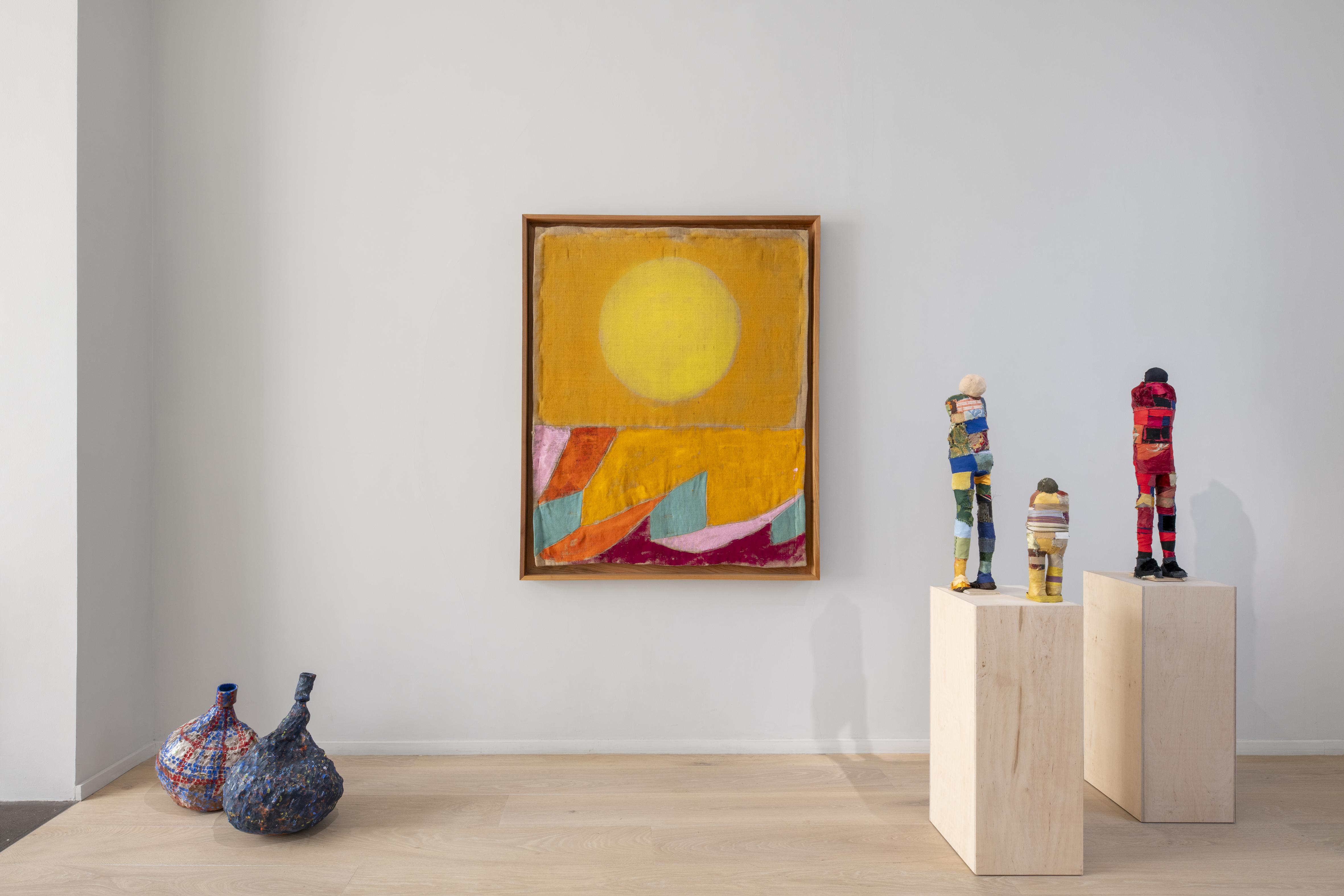
Veils of the horizon
Jamiu Agboke
Jamiu Agboke: Veils of the horizon
A solo exhibition presented by VIN VIN in collaboration with Siegfried Contemporary
Opening:
Monday 7 October 2024
11 am – 11pm
Duration:
8 October, 11am – 10pm
9 – 13 October, 11am – 7pm (and by appointment)
In Jamiu Agboke’s universe of forms, transience is the governing principle. Veils of the Horizon is a series of paintings concerned with shadows over hard objects, traces of past presences, and gleaming residues. As landscape studies, these oils on copper and aluminium, framed in an earthy stained oak, detail the transformations of the natural world at extremities of heat and texture; as abstract experiments on a hostile surface, they become expressive arenas of energetic mark-making that transform the way we see space and place beyond the city walls. Conversant with the rich histories of the English landscape tradition, Agboke renews that tradition for our moment. As in the age of J. M. W. Turner and John Constable, who each reckoned in their own distinct surfaces with the ways in which the industrial and agricultural revolutions wrought disfigurements and revelations on the land, Agboke sees our time––or something close to our time, perhaps a near future––as one of radical transformation which refuses to be recollected in tranquillity. Spending time with these vigorous works, we see the traditional format of the landscape painting revolutionised by a force both unfamiliar and yet achingly historical. Above all, Agboke’s fiercely dynamic brushstrokes are tempered by a singular approach to close looking at the world.
- Matthew James Holman, 2024
Jamiu Agboke (b. 1989, Lagos, Nigeria, lives and works in London) graduated at the Royal Drawing School in April 2022. He is represented by VIN VIN Vienna / Naples.
SOLO EXHIBITIONS
Upcoming
- March 2025, VIN VIN, Vienna
- October 2024, Veils of the horizon, in collaboration with SIEGFRIED CONTEMPORARY, London
Past
- April 2024, Sea View, Los Angeles (CA)
- February 2024, Vertigo, VIN VIN in collaboration with Valerio Polimeno, Paris
- November 2023, Artissima, Turin (IT) with VIN VIN
- May 2023, Dark Waters, VIN VIN, Naples
GROUP EXHIBITIONS
Past
2024
- May - June, Body Symphonies, alongside George Rouy, Alex Foxton, Leo Orta, Claire Fahys, Malù Dalla Piccola, John Fou, Shuo Hao, Ricardo Fumanal, Giovanni Bassan, and Bianca Argimón, curated by Marion Guggenheim and Nicolas Dewavrin, Paris
2023
- July - September, In the shadow, White Cube, alongside Alia Ahmad, Mona Hatoum, Mary Herbert, Tomas Leth (online)
- May - June, A new sensation, Galerie Marguo, Paris
- Project Space, Kane Le Bain
- Jack Barret, New York
2022
- Guts Gallery
- The Split Gallery
- VIN VIN Vienna

NOMAD St. Moritz
Paola Petrobelli
Richard Woods
Together with Cora Sheibani, Siegfried Contemporary is delighted to invite you to visit their booth at this year's edition of NOMAD ST. MORITZ
At our joint booth, Siegfried Contemporary will be showcasing Paola Petrobelli's Murano Glass Lamp 24.3 and new Tree Stump Tables by Richard Woods.
NOMAD St. Moritz
22 - 25 February 2024, 11AM - 5PM
Paola Petrobelli is a London-based designer. From the onset of her design career, she has worked exclusively with Murano Glass and its famed Venetian artisans.
She has been commissioned by Wallpaper Magazine, Christian Dior and Peroni and collaborated with Gallery Libby Sellers, Perimeter Art and Design and Nilufar. Her work has been shown at the Triennale Design Museum, Salone Del Mobile Milano, The London Design Festival, and at fairs including Design Miami/Basel and the Pavillion of Art.
Richard Woods graduated from the Slade School of Fine Art, London in 1990, where he trained as a sculptor. Woods is well known for his architectural installations and re-surfacing of structures that propose an absurd twist on the cult of home improvement and DIY aesthetics. His works are characterised by cartoon-like decorative surfaces, bold patterns and vibrant colours.
His works are held in major collections including the Saatchi Collection, London; Arts Council England, London; Victoria and Albert Museum; London; British Museum, London and the Museum of Modern Art, New York.
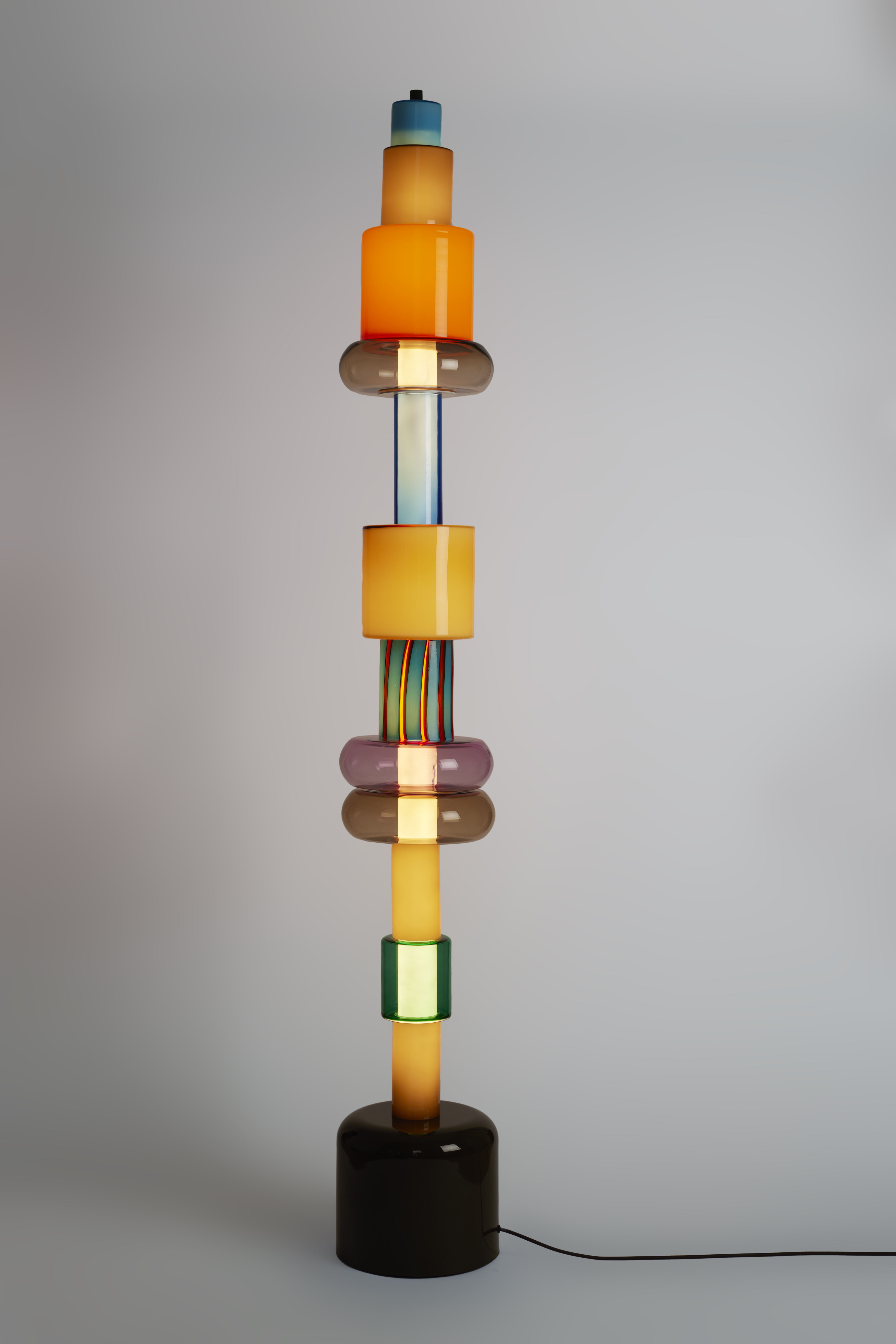
Paris Calling
Amélie Bigard
Jean Claracq
Clément Courgeon
Matthias Garcia
Nicolas Gaume
Cecilia Granara
Desiree Moheb Zandi
Madeleine Roger-Lacan
Siegfried Contemporary and Sapling are pleased to present Paris Calling, a group exhibition celebrating the artistic energy coming from the city in the present moment. Unfolding across the two gallery spaces, the exhibition's first part opened on Friday 9th December at Siegfried Contemporary and will last till the end of January.
Sapling opened its doors for the second part on Tuesday 10th January 2023.
The two galleries have come together to curate a compelling selection of the talent emerging from Paris. The city continues to carry its history with pride. Its streets and cultural institutions are filled with reminders of its literary and artistic golden ages of the late eighteenth, nineteenth, and twentieth centuries.
A number of the artists in this show look to the future while being imbued in this sense of long cultural history, hailing from the École Nationale Supérieure des Beaux-Arts de Paris, one of the most significant art schools in France. They are joined by international artists having recently chosen to make Paris their home, attracted by the optimism that currently fuels the artistic scene in the city.
As Allen Ginsberg once said, “You can’t escape the past in Paris, and yet what’s so wonderful about it is that the past and present intermingle so intangibly that it doesn’t seem to burden.”
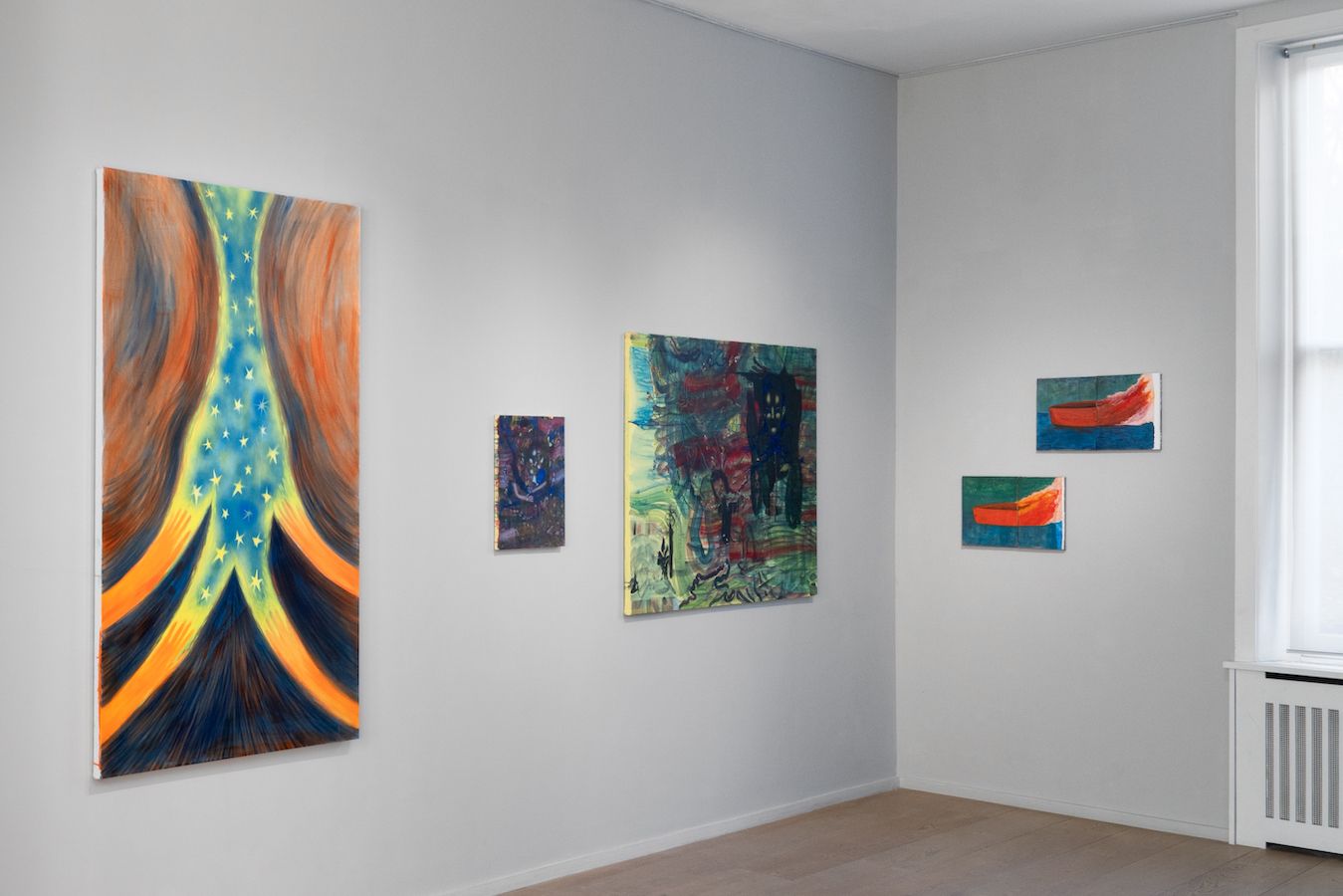
Foreign Affair
Egle Jauncems
Marcel Miracle
Anne Roger-Lacan
Siegfried Contemporary is pleased to announce “Foreign Affair” a three person exhibition presenting the works of artists Egle Jauncems, Anne Roger Lacan and Marcel Miracle.
The link that brings together the three artists in “Foreign Affair” is their use of the found object, partially used in the style of “objet trouvé” in the vein of Marcel Duchamp or partially appropriated and recomposed following a rich art historical tradition which dates in the western canon from the early 1900s with the Cubist’s use of scavenged materials.
The three artists are brought together here with the title Foreign Affair (inspired by the seminal Mike Oldfield composition) to underline their very distinct backgrounds and histories that intersect here with their common exploration of the theme of time, space, memory and history.
Artist Marcel Miracle (born in 1957 in Moramanga, Madagascar, lives in Switzerland and Tunisia) taps into the tradition of the use of found materials with his objects trouvés and juxtapositions.. For more than thirty years, the artist has been creating small formats, a cosmogony from the heterogeneous objects he finds (broken shells, cuttlefish bones, twigs, rusty capsules, colored rubber, papers and other objects from his daily life or his Saharan travels), but also from the writing of short stories, poems, annotations, and titles to which he pays particular attention. He draws his references from African shamanism, from the works of Arthur Cravan, Perec, Borgès or Malcolm de Chazal. Marcel Miracle defines his work as an organization of chaos into cosmos, an alchemy of word and sign.
Egle Jauncems’ (born, 1984, Vilnius, Lithuania, lives in London) visual analysis revolves around found imagery, textual fractions and overheard conversations. Working across painting, sculpture, and assemblage Jauncems works are surrogates for her research interests and roving eye.Her works in “Foreign Affair” are inspired by the Lithuanian cobbler and nighttime pattern designer Paulinas Kaulinas (1933-2017), whose book of over two hundred never-realised weaving patterns Loving thy mother through the patterns of cloth marked the starting point of her process. For this body of work Egle has revisited old canvases which have been reappropriated and transformed into the patterns and codes inspired by the drawings of Paulinas Kaluina.
Anne Roger Lacan’s (Born and living in France) practice has strong connections with Art Brut, the art movement initiated by Jean Dubuffet. She creates sculptures which have strong emotional ties to memory. Focused on questions relative to space and time, Roger Lacan’s work is based and built on investigations and silences. Her work expounds a discourse on time tied to reflection, her compositions form a precious balancing act between matter and memory. A composition such as Wedding Hands is an example of the artist’s exploration on the passing of time and, as in all her works, there is a subtle poetic investigation of the fleeting forgotten moments.
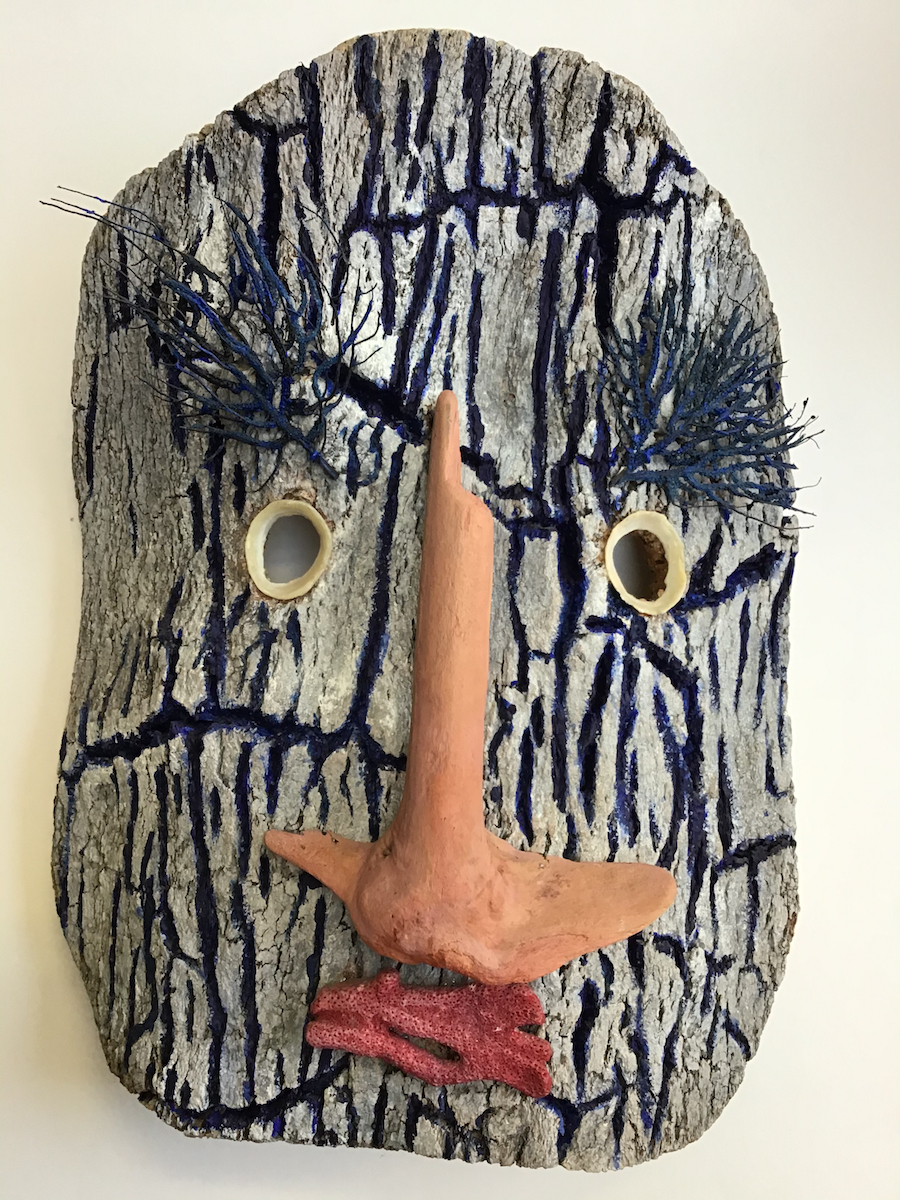
ABSTRACTION RELOAD
Alex Hubbard
Sergej Jensen
Gedi Sibony
ABSTRACTION RELOAD
Alex Hubbard, Sergei Jensen, Gedi Sibony
Siegfried Contemporary is delighted to host Berlin's gallerie Neu in its London space for its first joint curatorial collaboration : Abstraction Reload.
Through this initiative we aim to encourage the evaluation of existing models, pooling resources and acting collaboratively to offer the opportunity of adding new voices to the London fall art program.
Alex Hubbard:
Alex Hubbard ((b.1975 Tolego, Oregon) is a Los Angeles based artist whose work encompasses video art and painting, exploring the boundaries of each via a cross-examination that invigorates both media in new and inventive ways. Hubbard’s paintings often suggest a mechanical means of production. Fields of colour in fibreglass and resin are interrupted with richly pooled, dripped and poured paint. Working with fast drying materials, such as epoxy and latex, the artist is forced to act quickly, embracing chance happenings and revelling in the autonomy of the chosen media and through this deconstruction every traditional opposition to the formal language of painting is opened up.
Selected public collections:
Museum of Modern Art, New York; Solomon R. Guggenheim Museum, NY ; Hammer Museum, Los Angeles; Collection Jumex, MCDX; Walker Art Center, Minneapolis; Whitney Museum of American Art, NY; Art Institute of Chicago; Seattle Art Museum, Seattle; Museum of Contemporary Art, Miami
Sergej Jensen:
Sergej Jensen’s work draws on a wide range of materials and formal references. Primarily known for his textile works, his lyrical compositions incorporate a variety of fabrics, from burlap and linen to silk and wool. Working within the idiom of minimalist painting, Jensen takes its material support – the canvas – and sews, bleaches, stretches or stains the cloth to create works that waver between abstraction and representation. The principle of the readymade and recycling also suffuse his practice; off-cuts from previous works often re-appear as motifs for new paintings; hand-knitted lengths are sewn or pulled over stretchers; sections of fabric are left outside to let the weather alter its surface. His practice draws attention to seemingly incidental details such as flecks of wool or frayed edges, and his muted palette and gestural mark-making, whether applied in paint or stained with bleach, point as much to negative space as to delineated forms.
Selected public collections:
Los Angeles County Museum of Art,L; Museum of Contemporary Art, LA; San Francisco Museum of Modern Art, SF; Moderna Museet, Stockholm;Hamburger Bahnhof, Berlin; National Gallery, Copenhagen.
Gedi Sibony
Gedi Sibony’s work falls within the legacies of painting, assemblage, and sculpture. His wall pieces are never strictly two-dimensional, frequently leaning against walls or hanging precariously. Sibony’s practice is inspired by Robert Rauschenberg’s Combines and Richard Tuttle’s sculptures; he accumulates everyday, cheap, and discarded objects, and materials that include packing materials, plastic sheeting, carpeting, wood, and cardboard boxes. His works are minimal and meticulous arrangements with a sensitivity for material texture and geometry.
Selected public collections:
Museum of Contemporary Art Chicago, Museum of Contemporary Art LA; MOMA, NY; San Francisco Museum of Modern Art, SF; Walker Art Center, Minneapolis; Whytney Museum, NY; Israel Museum , Jerusalem.
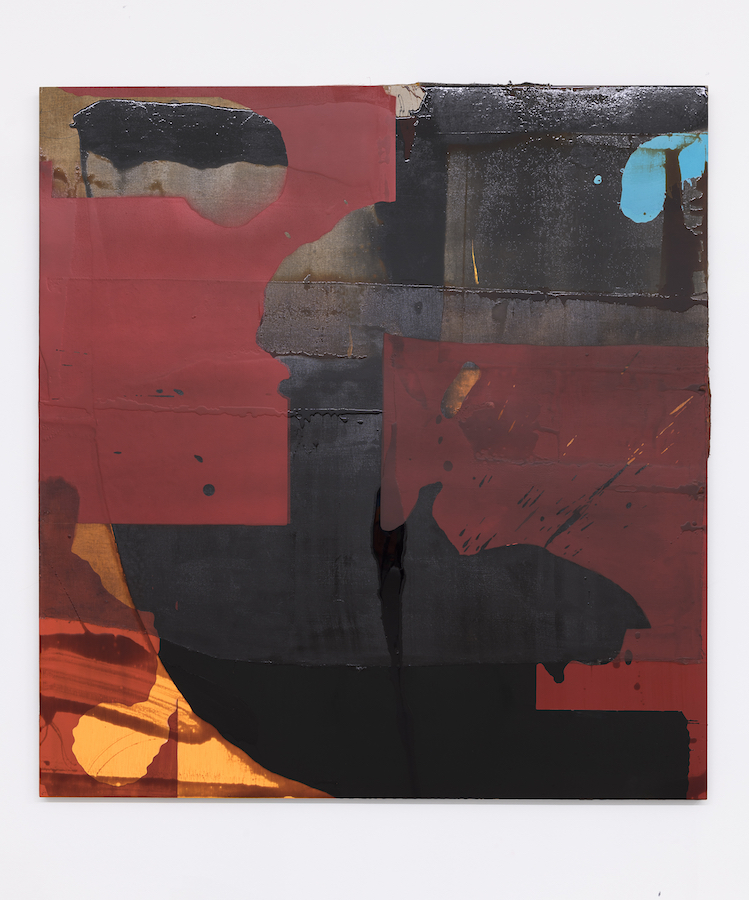
!i!i!!i
Martin Creed
Paola Petrobelli
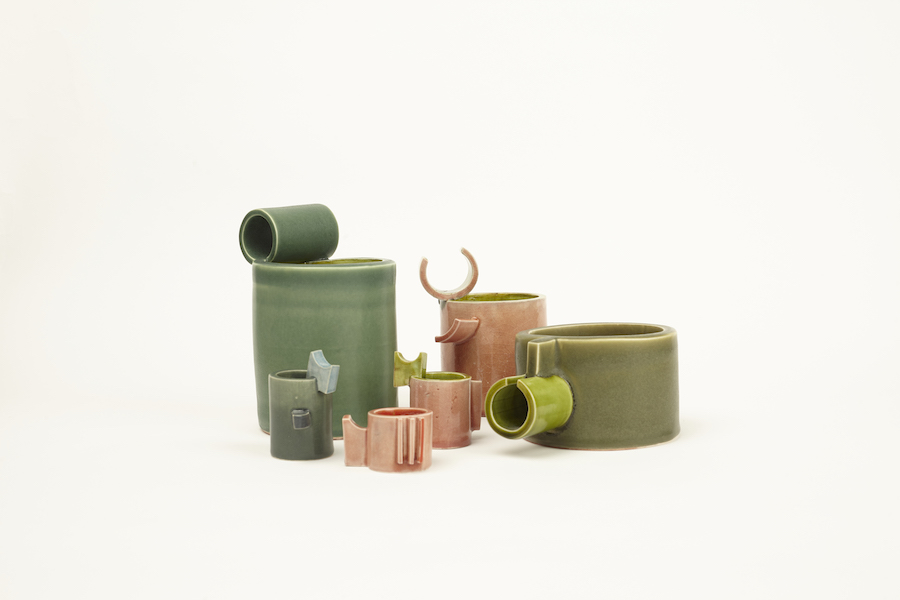
Paola Petrobelli
no.008
2020/21
Glazed earthenware
Green/green ø 15 cm x H 21 cm
Pink/green ø 13 cm x H 16 cm
Green/green ø 20 cm x H 9 cm
Grey/blue ø 7 cm x H 8 cm
Pink/green ø 8 cm x H 7 cm
Pink/red ø 7 cm x H 4.5 cm
weight of a Kite
Goutam Ghosh
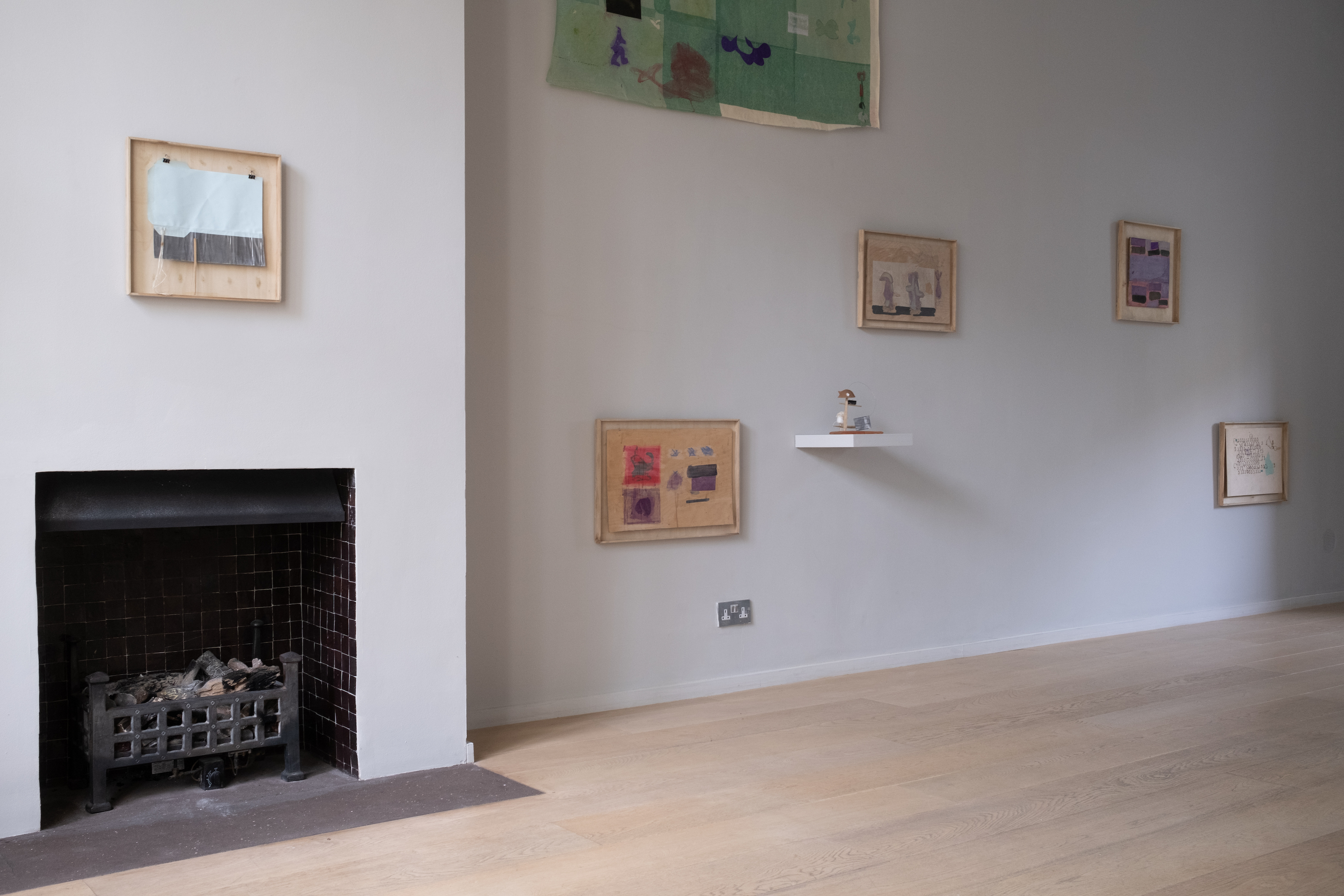
Goutam Ghosh
weight of a Kite - Installation view
Luce
Paola Petrobelli
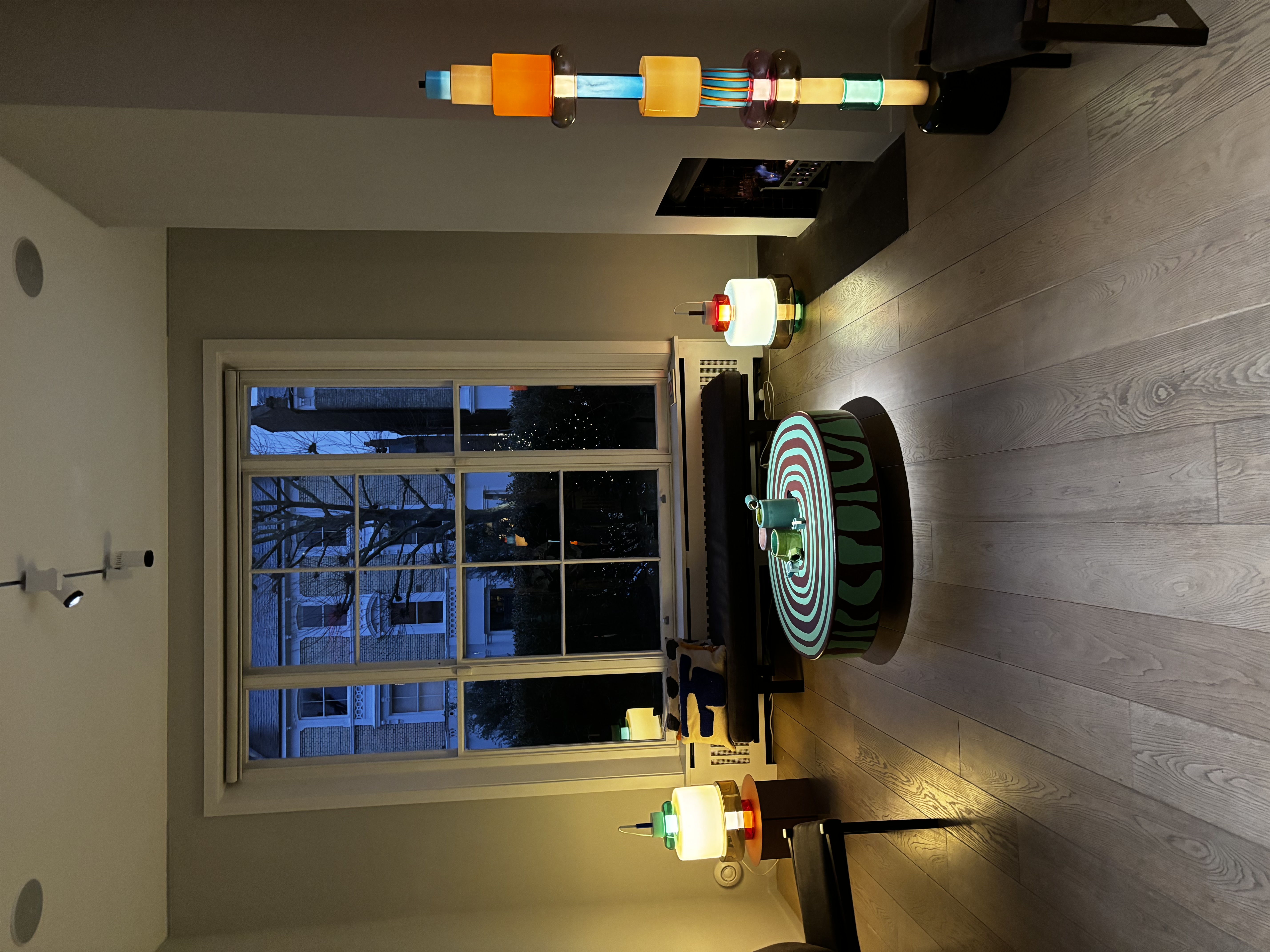
Paola Petrobelli
Installation view
Tropical Lines
Paulo Monteiro
Jonathan Trayte

Installation View
Desert Sun
Tilly Joos
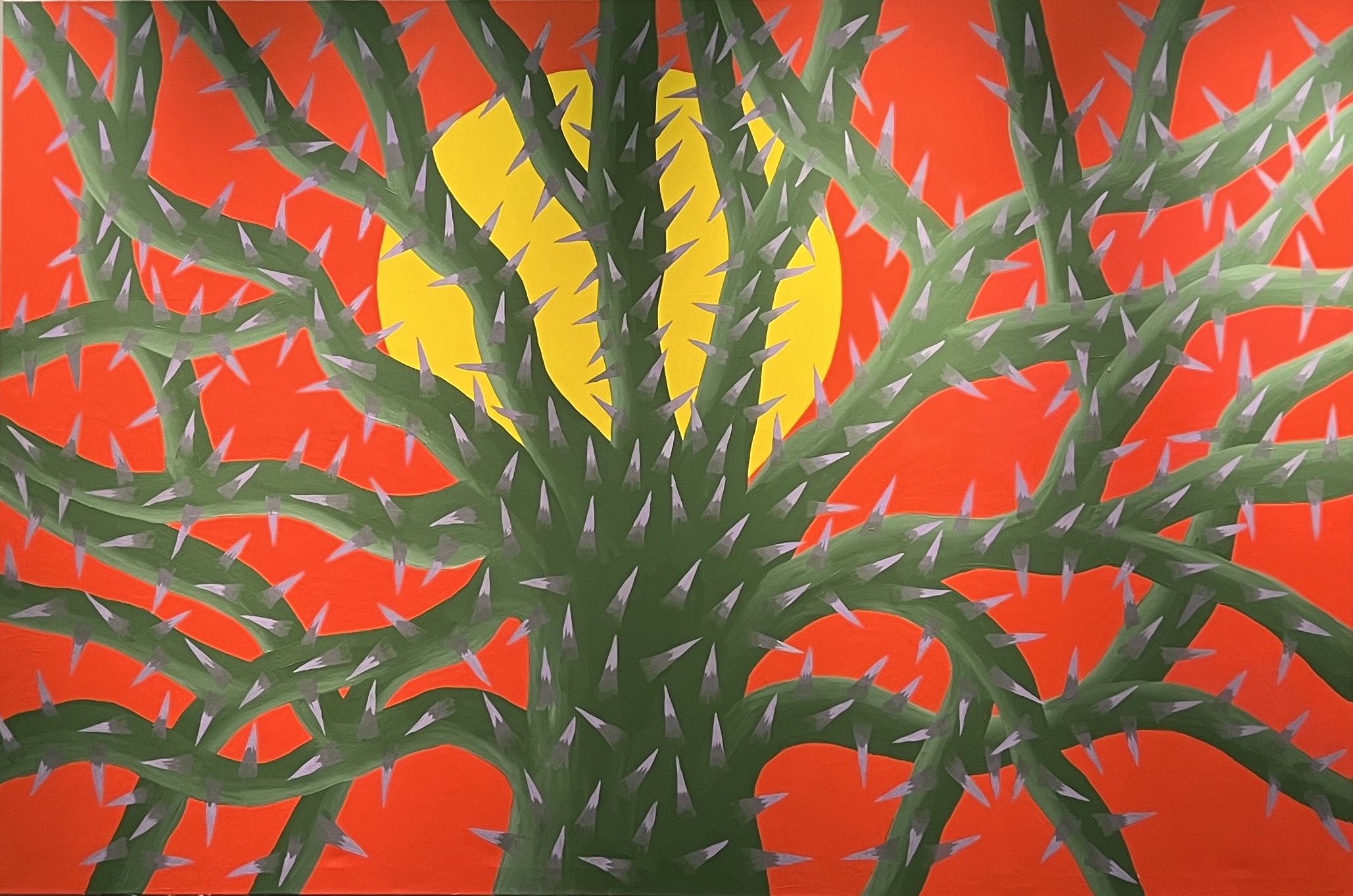
Desert Sun
2024
Acrylic on canvas
200 x 300 cm
Loop
Cecilia De Nisco
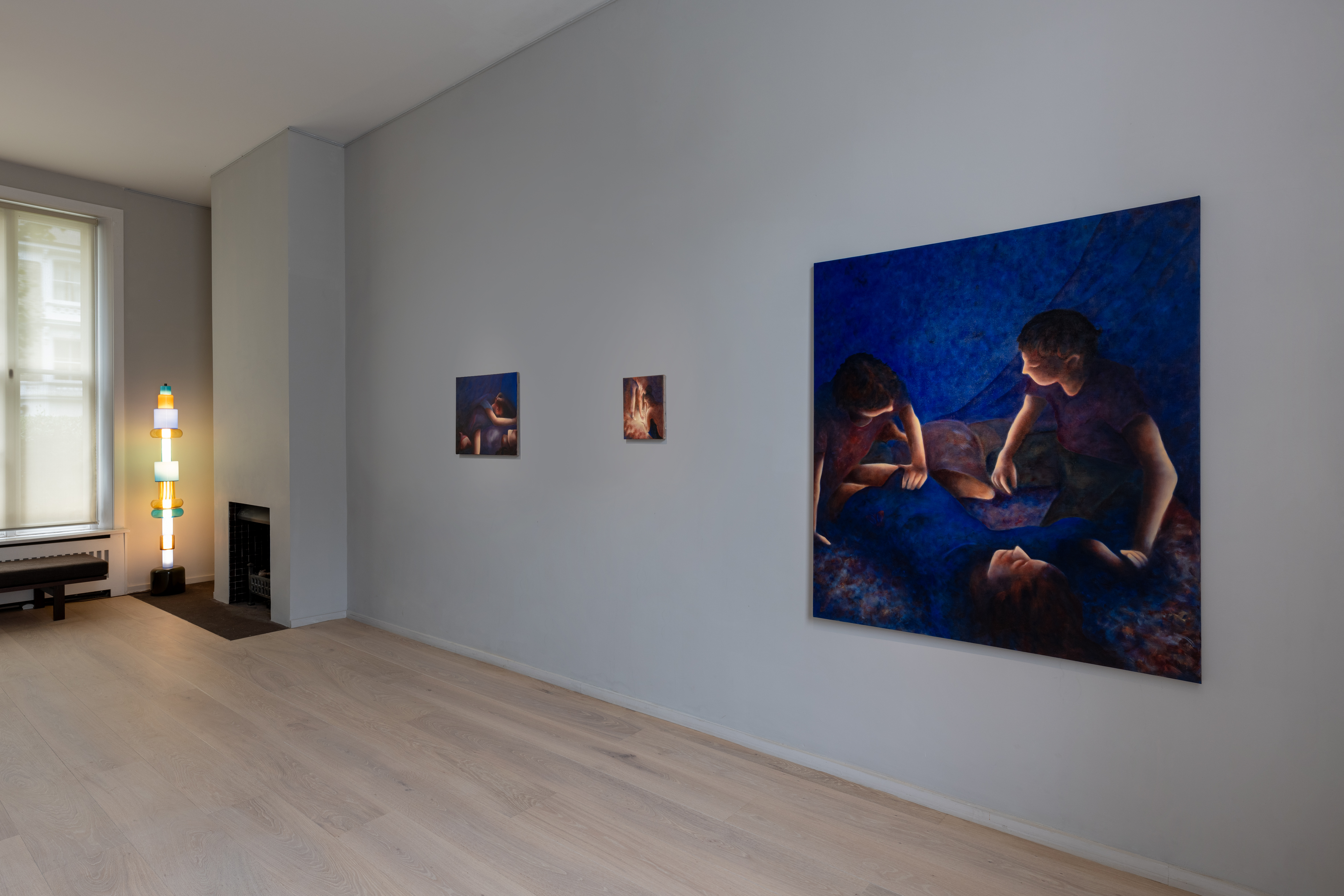
Installation View
Credit: Deniz Güzel
Christmas Edit
Martino Gamper
Paola Petrobelli
Richard Woods
Primal Scream (Urschrei)
Alasdair McLuckie
Weon Rhee

Weon Rhee
PRIMITIVE STRUCTURES (Botanical 2)_#1
2024
PSL beam (black & gold coloured)
67(h) x 84 x 82 cm
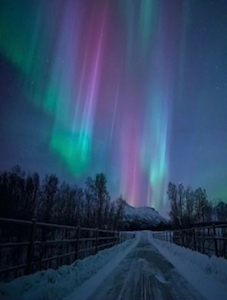
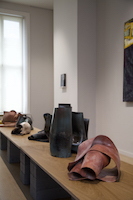
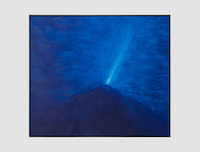
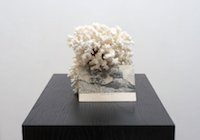
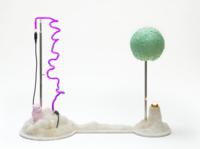
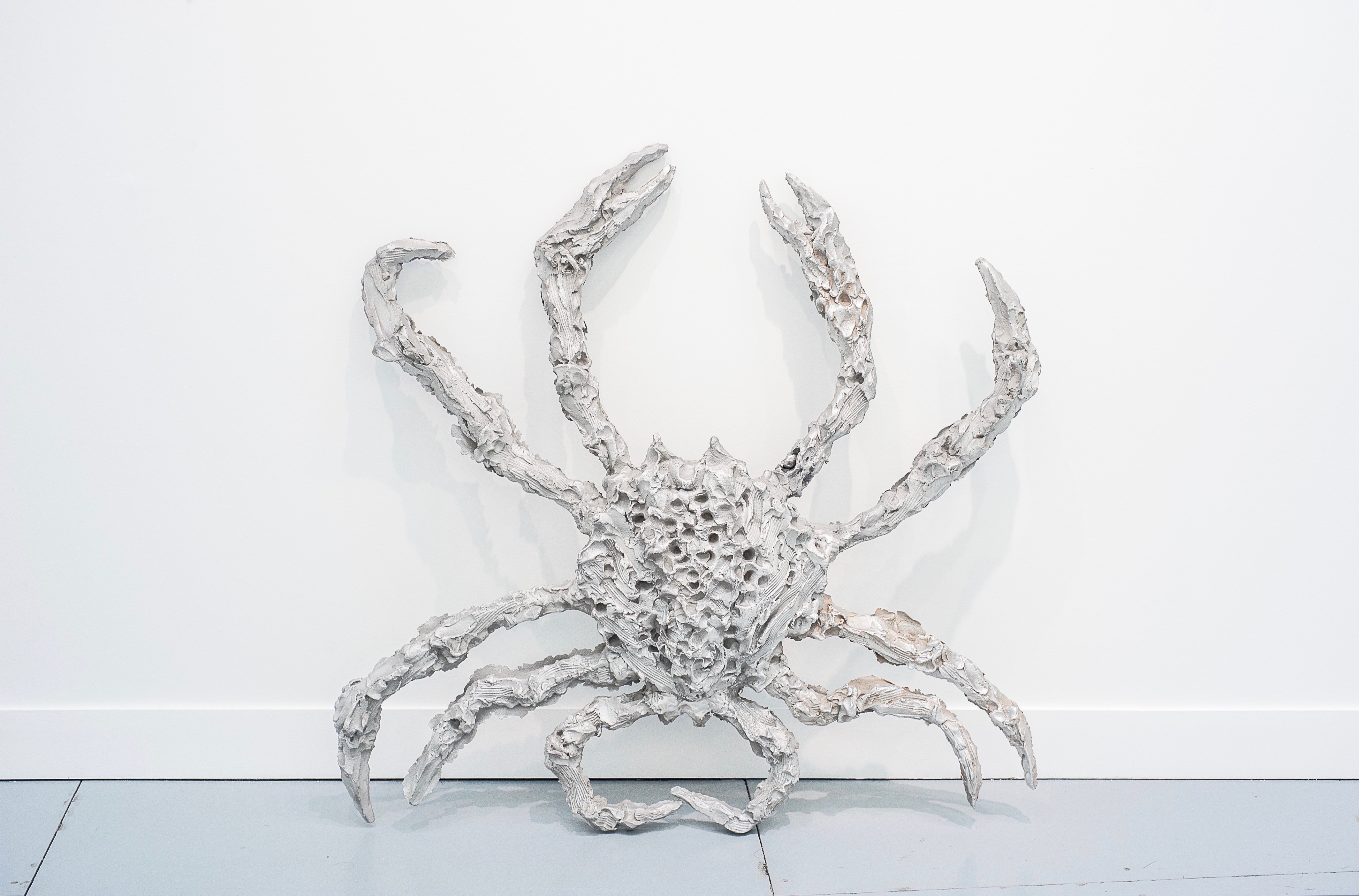
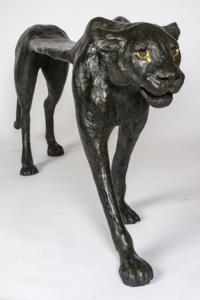

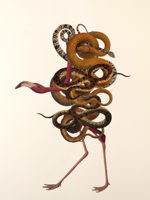
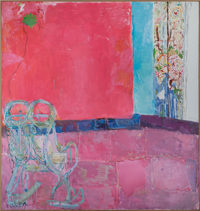
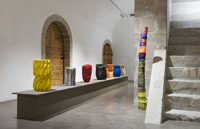
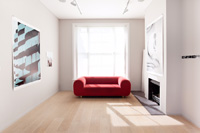
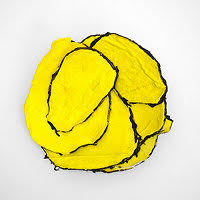
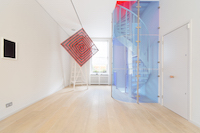
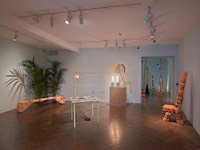
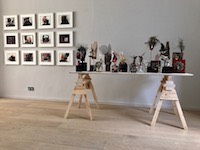
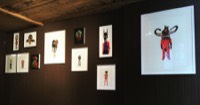
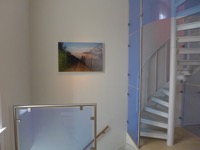
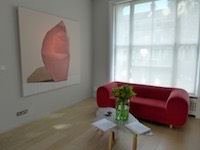
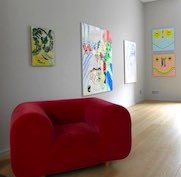
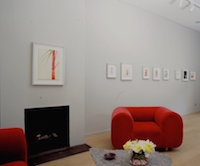
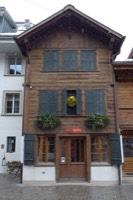
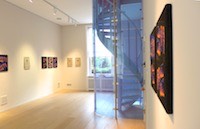
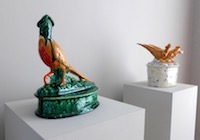

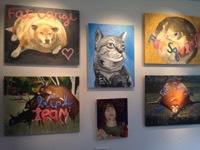
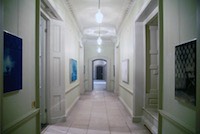
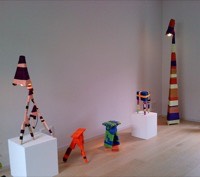
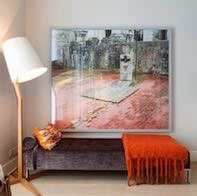
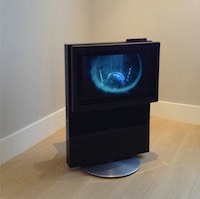
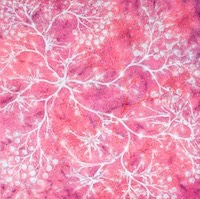
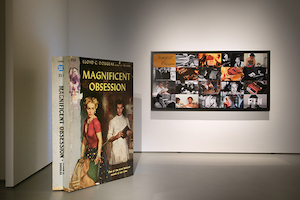
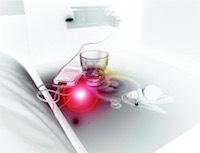
SPRING SALON
Caroline Achaintre
Gerasimos Floratos
Lucia Pizzani
Christine Roland
Guadaloup Vilar
Tom Volkaert
Our Spring Salon, opening on April 27th, explores the core theme of Siegfried Contemporary: the dialogue between my collection and my presentations, the cross-contamination and dialogue between different artists I love in my private and personal setting. In this context I have put together a “salon” presentation inspired by a beautiful Gerasimos Floratos work that I own: Dissolved legend in own mind now embracing stone, 2019
To me, this particular artwork evokes feelings of renewal, it has always nurtured a sense of awakening. I react strongly to Gerasimos’ powerful use of material, and in response to this, I have paired the work with ceramics by Lucia Pizzani , Caroline Achaintre, Tom Volkaert and Christine Roland. Each sculpture on show is an example of the artists’ exploration of the raw material they have chosen to use.
Lucia Pizzani has always incorporated ecological elements into her artwork, her physical environment often provides her with both the inspiration and physical materials for her work. One of the core concerns for Lucia is the process of metamorphosis and her work seems like the perfect link between Gerasimos’ painting and the ceramics by the other three artists shown in the salon.
Caroline Achaintre’s work draws from ‘Primitivism’, a style of early 20th century art that incorporated imagery from tribal cultures. Much of her ceramic work draws on traditions of carnival and tribal masks and throughout her practice, and different media use, we see in turn a mask, a garment, an animal…. At once abstract and figurative, her works reveal anthropomorphic forms and indicate a particular interest for animism. Her skin like surfaces speak of transformation, as do the works of the other artists she is paired with in this presentation.
I am delighted to add two works from my private collection to the presentation. The first is a sculpture by Tom Volkaert. Tom focuses on the changes which occur throughout the material process. He has an intuitive way of work, taking time to understand the fragility of each interval material, allowing then an element of independence, introducing the essential component of chance to the process. Relics of improvements and repairs are constant in Volkaert’s designs, contributing to a vision of unsettling beauty and horror.
Finally I am pleased to add my own ceramic vase by Christine Roland, whom I have previously shown in Switzerland. For this sculpture Christine has worked with botanical designer Mary Lennox, who has installed a succulent into her stoneware vessel. A sense of ancient Nordic traditions can be felt in Roland’s work, her dark stoneware pieces seem like they were just dug out of the earth. I believe this work completes the presentation by representing the cycle of renewal.
**********************************************************************************
Lucia Pizzani (Caracas 1975):
Born in Caracas and based in London, Pizzani's practice involves
the body and self, always informed by materiality. Having worked as part of the environmental movement in Venezuela for many years, these concerns are still very present in her research and production.
Last year her work was acquired by the TATE Collection and recent exhibitions, residencies and commissions include Magasin3 Museum of Contemporary Art (Stockholm), Planet B Climate Change and the new sublime, curated by Nicolas Bourriaud at Palazzo Bolanni (Venice), Peckham24 (London), TEA Museum (Tenerife), Casa Wabi and the Puerto Escondido Botanical Garden (Oaxaca, Mexico), LaunchPad Lab (Charente, France) and Hacienda La Trinidad Art Centre (Caracas). Upcoming exhibitions include Casino Luxembourg as part of the European Month of Photography EMOP and Contemporary Sculpture Fullmer (Buckinghamshire, UK).
Caroline Achaintre (Toulouse 1969):
In 2023 Caroline will have 2 museum shows: Doppelgänger, Museum Lothar Fischer, Neumarkt in der Oberpfalz/DE and Roadrunner, Neues Museum, Nürnberg/DE. Her work has been shown internationally in a large number of institutional exhibitions amongst them: Whitechapel, Tate and Camden Arts Center in the UK; Württembergischer Kunstverein Stuttgart/DE; Württembergischer Kunstverein Stuttgart/DE; MOCCA, Toronto/CA; Castello di Rivoli,IT. Her work is held in a number of public collections, amongst them: Tate, Arts Council Collection/UK, Centre Pompidou, Musee d’Art Moderne de la Ville, Paris/FR, Centre national des arts plastiques, Paris/FR
Guadalup Vilar (Buenos Aires):
Guadalup is a sculptor and clothing designer born in Buenos Aires and based in London. She works in recycled and leftover materials, translating the narratives of her short stories into physical form. She tells stories about future societies coping with the aftermaths of the environmental disasters that are being triggered by contemporary society.
Her recent exhibition include “Desvestida” at Greatorex Street Gallery and a solo show at the Embassy of Argentina in London, both in 2023. Her work was also shown at Miranda Bosch Gallery in Buenos Aires.
AURORA
Paola Petrobelli
Richard Woods
Siegfried Contemporary is excited to pair two designers, Paola Petrobelli and Richard Woods, in its new exhibition, AURORA, at Chalet Mittelgässli from February 3rd to March 5th.
Both artists have shown at Siegfried Contemporary in London last year, their work comes together in AURORA to create a vibrant and stirring environment that nods to past classic design with a contemporary twist.
Petrobelli has from the onset of her career worked exclusively with Murano Glass and its famed Venetian artisans. She is interested in the simplicity and functionality of glass, combining sensuous shapes and architectural line with sophisticated colour.
She has been commissioned by Wallpaper Magazine, Christian Dior and Peroni and collaborated with Gallery Libby Sellers, Perimeter Art and Design and Nilufar. Her work has been shown at the Triennale Design Museum, Salone Del Mobile Milano, The London Design Festival, and at fairs including Design Miami/Basel and the Pavillion of Art.
In Aurora, Petrobelli will be showcasing glass lamps from her “24” series, as well as introducing a new design, “24.2”, created especially for this exhibition.
Petrobelli’s sophisticated modular construction system follows a disciplined architectural agenda, moulded geometric forms are rigorously conceived to stack one above each other, each layer can be reordered and swapped to create innumerable different forms and colourways.
Similarly Wood’s signature woodblock prints characterise his architectural installations; he has likened his bright palette to the plastic-like colours of his parents' garish 1970s decor. Often executed on his studio floor, he creates graphic textures such as bricks, stones and wood grain. Despite being known for architectural installations, Woods views his work “in terms of surfaces” rather than sculpting. In AURORA, Woods will be showing a set of “tree stumps” that he has purposely designed for this exhibition.
Richard Woods graduated from the Slade School of Fine Art, London in 1990, where he trained as a sculptor. Woods is well known for his architectural installations and re-surfacing of structures that propose an absurd twist on the cult of home improvement and DIY aesthetics. His works are characterised by cartoon-like decorative surfaces, bold patterns and vibrant colours.
His works are held in major collections including the Saatchi Collection, London; Arts Council England, London; Victoria and Albert Museum; London; British Museum, London and the Museum of Modern Art, New York.
Work from Home
Rebecca Ackroyd
Heidi Bucher
Emily Moore
Kaari Upson
Curated by Tiffany Zabludowicz
"Rooms are shells, they are skins. Peel off one skin after the other, discard it: the repressed, the neglected, the wasted, the lost, the sunken, the flattened, the desolate, the reversed, the diluted, the forgotten, the persecuted, the wounded."
Heidi Bucher
This exhibition brings together four multigenerational female artists, Rebecca Ackroyd (b. 1987, Gloucestershire, UK) , Heidi Bucher (1926, Winterthur - 1993 Brunnen, Switzerland), Emily Moore (b. 1984, Scotland, UK), and Kaari Upson (1970–2021, California, USA), who draw a connection between the body and the spaces it occupies as a method of highlighting and subverting structural and societal issues and questions around identity.
The title of the exhibition ‘Work From Home’ is a pun as the setting of the exhibition, Siegfried Contemporary, is located in the home of Andreas Siegfried and artists’ intimate gestures carry universal meaning and demonstrate the intricate and complex traumas and psychoses of everyday contemporary lives. Works become the doublings that connect past, present and future and relics and memories of collective experience and personal experience.
In times of conflict questions around domesticity become paramount and during the COVID-19 crisis these matters were exacerbated as the phrase ‘Work From Home’ became ubiquitous. Divisions between professional life and domestic life dissipated as parents worked from their living rooms while caring for their children and employees Zoomed into work from their bedrooms, often revealing otherwise hidden moments of their private lives. Many artists lost their studios and their works adjusted to the new conditions of their residences, for example Emily Moore began to weave with her mother at home. Weaving is a ritual passed down to her through generations and thus held associations of childhood memories which were cathartic during a psychologically challenging time. It was evoked that lockdowns were equalising forces as every human was supposedly held under the same conditions in their homes yet it was in this heightened moment that disparities and power structures were most exposed. This exhibition highlights that societal relationships to space continually shift and evolve yet they still remain mired in struggles that are outdated in a contemporary context.
Upson replicated objects that expose the fragility of American life. Living in San Bernadino, California, Upson was only too familiar with the environmental and societal dangers that encroached everyday life, whether it be wildfires, earthquakes, droughts, rampant crimes or the simple dangers of American consumerism. Over a prolific twenty year career Upson created a language of doubling, taking objects from everyday life and highlighting the psychology that accompanied them. In this exhibition, cast parts of cut down trees stand boldly yet vulnerable and their rings become evocations of time cut short. The trees were originally planted outside her home but had to be cut down to avoid wildfires, thus their beautiful frames stand in this exhibition as victims of their environment and as symbols of danger.
In Ackroyd’s delicate surrealist drawings the body commingles with urban infrastructure to explore the contemporary experiences of femininity in urban space. Femininity is suggested but fragmented as collective and personal memories cling to the surface of her works as the body subtly merges with its environment. For example, in Untitled, 2020, fishnets become a fence around a belly button that is locked into the expectations around its gender while maintaining a sensuousness provided by the soft strokes of the pastel.
There is a challenging physicality to the process of making of works in this show, whether it be casting, weaving, or drawing. A pioneering artist Bucher began exploring the relationship between gender and space by applying latex to spaces that were of larger cultural significance and with great physical effort, peeling the latex from buildings creating skin-textured replicas called ‘Raumhauts’ or ‘room skins’, a process that was simultaneously intricate and forceful. With this act she subverted the undercurrent of social and gender roles that played out in the spaces and made permanent as an artwork a memory or evidence of the walls and architecture that defined it. In Switzerland women only gained the right to vote in 1973 and thus her deeply feminist pieces hang with the heavy weight of a time of suppression of her gender. The skin-like texture of the work brings to the mind-eye a vision of the body and draws into focus the relationship between spaces that define psychologies and the body itself.
Behind Closed Doors
Richard Woods
Siegfried Contemporary is proud to announce its exhibition by Richard Woods. We are excited by the opportunity to work together with the artist, who has created a site specific installation inspired by his childhood fascination by the books of Richard Scarry.
In a nod to the the Scarry stories, Woods has penned a poem:
-
Behind closed doors
There’s renovations taking place at no.16;
There’s timber being delivered ;
Walls are coming down ;
Walls are going up ;
Behind closed doors ;
There's a new corridor where the toilet used to be ;
Theres a new kitchen where the garden used to be ;
Someone’s been digging down ;
Someone’s cleaning up ;
Behind closed doors
There’s brushes in the sink ;
There’s paint fumes in the dining room ;
Theres a dining room in the bathroom ;
Theres a bathroom in the bedroom ;
Behind closed doors
-
Richard Woods was born in Chester, England, in 1966 and graduated from the Slade School of Fine Art, London in 1990, where he trained as a sculptor. Woods is well known for his architectural installations and re-surfacing of structures that propose an absurd twist on the cult of home improvement and DIY aesthetics. His works are characterised by cartoon-like decorative surfaces, bold patterns and vibrant colours.
Recent exhibitions and projects include Frieze Sculpture, London (2018, 2013); Chelsea Space, London (2017); Folkestone Triennial (2017); Eastside Projects, Birmingham (2016); Festival of Love, Southbank Centre, London (2015); Chapter Arts Centre, Cardiff (2015); Albion Barn, Oxford (2015); Bloomberg Space, London (2012) and Victoria and Albert Museum, London (2009).
His works are held in major collections including the Saatchi Collection, London; Arts Council England, London; Victoria and Albert Museum; London; British Museum, London and the Museum of Modern Art, New York.
Open and Enclosed
Barnaby Hosking
This exhibition marks the first showing of Barnaby Hosking's new body of sculptural ceramic works. Usually known for his video and sculptural light installations as well as velvet prints and painting, for the last four years Barnaby has been focused entirely on ceramics; in his own words: "For me, ceramic art encompasses the perfect balance between process, object, being in nature and a spirit of innovation that has been characteristic of my practice thus far".
Barnaby's process involves the formulation of custom made clay fired with the “Naked” Raku techniques, allowing him endless discoveries, which have reinforced his belief that there is more innovation in ceramics than any other of the plastic arts.
Starting with a large slab of clay, which handles similarly to a very heavy fabric, the sculpture manifests through spontaneous curling, lifting and folding of the clay by the artist, who's hands are guided by an appreciation of bodily forms, intertwined with and continuing into each other in a flowing movement.
There appears an element of Pareidolia; the psychological phenomenon that causes some people to see or hear an image or sound as something significant. Within these folds of clay can be seen a couple spooning, a reclining figure; each composition manifesting through the performance of the clays handling as new ambiguities within the form are discovered. The fabric-like folds of clay can be seen as alternately covering or revealing the body, resulting in forms that are both open like a vessel and enclosed like the body. The movement created, particularly in the central aisle display at Siegfried Contemporary, is a continuous play between two and three dimensional form; as the flat clay slabs imprinted by natural landscape-like compositions, folds and contorts into vessel-like bodily forms.
Barnaby Hosking’s (1976, UK) is a multidisciplinary artist who's work has been shown internationally since he graduated with an MA in sculpture from the Royal College of Art in 2003.
Amongst other venues Hosking’s wok has been shown at the Echigo-Tsumari Art Triennial, Japan; Houghton Hall, UK; Olbricht Foundation, Germany; Moscow Biennial, Russia.
Barnaby was the recipient of several of Art Prizes including The Credit Suisse Prize and the Michael Kenny Memorial Prize.
His work is held in important public and private collections such as Honart Museum, Iran; Israel Museum, Jerusalem; Rubell Family Collection, USA; Zabludowicz Trust,UK amongst many others.
Siegfried Contemporary is proud to showcase the work of artist Eva Fabregas in a historic house in the old town of Basel for the duration of Art Basel 2022.
Eva Fàbregas’ (1988, Barcelona. Lives and works in London) practice explores the erotica of the consumer object and the engineering mechanisms of desire, through sculpture, video, installation and sound. Her interest in affections has led her to produce works that address wellness and relaxation culture, psychodrama and the marketing industry, as well as therapeutic subcultures on social media.
Her big, bold, sculptural forms oscillate between natural and prosthetic, materially traversing binaries of soft and hard, and interacting with our bodies with or without touching them.
Fàbregas toys with fantasy; her understanding that the satisfaction of desire is deeply reliant on our inability to touch, sense, or feel what we so deeply wish to remains at the core of these works. In producing more libidinousness than she satisfies, Fàbregas reminds us that desire must always be left unfulfilled in order to exist.
Her recent exhibitions include: London Open, Whitechapel Gallery, London (2022); Vessels, Bombon Projects (2022); Skin-like. Kunsthal, Gent (2021); Gut Feeling. Centrocentro, Madrid; Those things that your fingers can tell. Kunstverein München, Munich (2019); Every object is a thing but not everything is an object, Hollybush Gardens, London; Who cares? A radio tale, Gasworks / Resonance 104.4 FM, London (2018); First Act: Smooth Operations, Laure Gewnillard Gallery, London (2017-2018); Picture yourself as a block of melting butter, Fundació Miró, Barcelona; Eyecatcher, Big Screen Southend, Focal Point Gallery, Southend-on-Sea (2017); Scissors cut paper wrap stone, Ormoston House, Limerick, West Cork Center, Cork and CCA Derry ~ Londonderry (2017 and 2016); Systems for displaying matter, Enclave, London; The Role of Unintended consequences, Syndicate, Cologne; Teesside world exposition of art and technology, MIMA, Middlesbrough; Soft control, Embassy Gallery, Edinburgh (2016); How are you feeling today ?, Window Space (Whitechapel), London (2015)
FUNKA
Brice Guilbert
Takuro Kuwata
Siegfried Contemporary is delighted to open it’s first post lockdown London exhibition "FUNKA" with works by Takuro Kuwata and Brice Guilbert.
The title FUNKA is the Japanese word for “eruption” and it symbolizes here the outburst of a new consciousness stemming from our collective experience of the past year, with a hint to the subject matter and processes employed by Guilbert and Kuwata.
The pairing of these two artists, with their energetic and vibrant vocabulary, represents our statement of positivity, of new beginnings and a symbol for a stronger network of connections between us and nature.
In other words: we hope that this burst of colour and shapes will bring you joy and might be one happy step towards embracing our changed world.
In his volcano paintings Brice Guilbert references his Creole roots and upbringing in Reunion Island, off the southern coast of Africa.
The volcano motif repeated in these works is sculpted by use of a unique process involving heated wax and oil paints. The rigorously crafted surfaces imbue a certain sense of sensuality and laboured intensity. Akin to viewing a box of jewels, the luminous and densely multi-layered surfaces encourage enjoyment from multiple points of observation, changing greatly depending on the position of the viewer. The subtle details and color shifts only expand in richness and fullness when the nuanced compositions are studied more at length and at alternate depths.
Takuro Kuwata expands the possibilities and pushes the boundaries of ceramic art by taking on traditional Japanese ceramic techniques such as ‘kairagi’ and ‘ishihaze,’. Kuwata’s studio is situated at the heart of Japanese ceramic artistry in the Mino region of Gifu Prefecture, which retains techniques dating back to feudal Japan. Inheriting the traditional tea-ceremony aesthetic of ‘wabi-sabi,’ his creations celebrate imperfect beauty and natural forms while being firmly rooted within a contemporary discourse. Through dialogue with the environment, history, nature, and time, Kuwata fuses together tradition and modernity, bringing into existence provocative works of art.
******************************************************
Brice Guilbert (b. 1979, France) has shown in multiple exhibitions throughout Europe. Guilbert has mounted solo shows in Brussels, Berlin, and Grenoble and has shown in group shows in New York, Bucharest, Ghent, and beyond. In addition to his painting practice, Guilbert co-founded Island in Brussels, and has published two books. His Creole songs and performances are highly regarded for their poetic and harmonious nature.
Takuro Kuwata was born in Hiroshima Prefecture, Japan in 1981, and is currently based in Gifu, Japan. Following his graduation from Kyoto Saga University of Arts in 2001, in 2002 he began studying under ceramic artist Susumu Zaima. In 2007, he graduated from the Tajimi City Pottery Design and Technical Center. His works have been exhibited globally in cities such as Brussels, London, and New York, and he was a finalist for the LOEWE Craft Prize 2018. Kuwata’s works have been acquired by various international public collections including the Metropolitan Museum of Art NY, Rakusutei Museum of Art,Toyama Japan, the Rubell Family Collection, the Palm Springs Museum, the Boca Raton Museum of Art, the 21st Century Museum of Contemporary Art, Kanazawa, and the University of Michigan Museum of Art.
Dog Smile
Ketuta Alexi-Meskhishvili
Siegfried Contemporary is proud to present the work of Berlin based Georgian American artist Ketuta Alexi-Meskhishvili for the first time in Switzerland.
Ketuta Alexi-Meskhishvili’s photographs combine digital, analog, snapshot and staged photographic techniques. Through these combinations she builds a visual language wherein technical decisions become symbolic, describing cultural conditions of photographic production, representation and circulation.
By layering, redacting and staging the content and form of her images, Alexi-Meskhishvili creates carefully orchestrated images that read more as scenes, full of meaning and time, than as moments. Mysterious and cryptic, Alexi-Meskhishvili’s scenes are abstract. By working heavily with ambiance mood, she leaves us with a strong feeling, almost a nostalgia for a memory, an event or a history.
In this new group of works Alexi-Meskhishvili examines the space of translation, what lies between an image and its referent, one language and another, and how a photograph can transmit the immersive instability of what lies outside of reason. Challenging traditional notions of photography as impersonal, or documentarian, this new group of works look at the capacity for an image to refer to the immaterial, the personal, and the direct.
By divorcing the image from its source and letting the space between them widen, Alexi-Meskhishvili encourages the photos to exceed tame expectations, to enter a wilder terrain. Like the Cheshire Cat, the Wonderland guide whose smile floats hauntingly as his body disappears, the smile in Dog Smile is our guide into an illogical photography. This remaining representational vestige leads us into a space detached from reason, walks us into the moments in translation in which excesses make themselves known and reveal a landscape rich in immersive chaos and dynamic possibility.
Ketuta Alexi-Meskhishvili (b. 1979 Tsiblisi, Georgia) lives and works in Berlin. Alexi-Meskhishvili received her BFA in Photography from Bard College, Annandale, NY in 2003. Her work has been included in exhibitions at Musee d’Art Moderne de la ville de Paris, France (2019); Kunst Haus Wien, Austria (2018); Kusntverein Hanover, Germany (2015); New Museum Triennial, NY, USA (2015).
Alexi-Meskhishvili’s work is shortlisted for the Louis Roederer discovery award at The Rencontres d’Arles 2021.
Il silenzio non m'inganna
Alessandro Piangiamore
Siegfried Contemporary will be hosting Alessandro Piangiamore's first solo show in London in September 2020, showing works from three of the artist’s ongoing series (La Cera di Roma, Ikebana and Volcano).
Alessandro Piangiamore was born in 1976 in central Sicily, where he spent his childhood surrounded by nature; his work reflects and expands on his connection to nature and further to his acquaintance with the urban landscape of Rome, where he now lives and works.
Looking at Piangiamore’s cement works with delicate impressions of market flowers or his evocative Rome waxes, one intuits the organic geometry, the suspended weight, which is the artist’s attempt at arranging his impressions and his materials in an almost impossible harmony. “I like the idea of repeating certain actions. For me they acquire almost the same value of a mantra: collecting candles to then melt them again; compacting earth to make it disperse in the wind; or recovering discarded flowers at the market and then covering them with concrete. In each of these actions, which become an automatism, a lyric suspension is created that’s essential for me. We move too fast..”
Alessandro Piangiamore has had numerous international exhibitions including, amongst many others : Palais de Tokyo, Paris; GAMeC, Bergamo; Galleria Nazionale d’Arte Moderna, Rome; Fondazione Merz, Torino and Punta della Dogana, Venice, in the exhibition "Luogo e Segni" in 2019.
Fantasia
Caroline Achaintre
Christine Roland
Jonathan Trayte
Siegfried Contemporary is pleased to present Fantasia a contemporary sculptural exhibition with works by Caroline Achaintre, Christine Roland and Jonathan Trayte.
Fantasia brings together three artists working in different crafts. They take us to an imaginary universe of tropical vegetation, mystical creatures, hybrid bodies, and luring entities. Some of them express their artistic vision with the desire for the playful, the strange and the supernatural. Others use form and strange natural shapes to achieve their vision. Using a wide range of materials, methods and processes their works investigates textures, forms, surfaces as well as light and colours.
Born in Toulouse in 1969, Caroline Achaintre lives and works in London. Her point of departure often starts with the uncanny and the monstrous as a form of expression of psychic states. Working with a large variety of materials such as wool, ceramic, and watercolour, Achaintre often combines different motifs with one another, for example an animal with a human face, creating hybrid looking creatures. Her works has been part of numerous international exhibitions includind Tate Britain, Castello di Rivoli, Belvedere Museum, Baltic Center for Contemporary Art.
Christine Roland is a Danish Berlin-based ceramicist, creating unique handmade works of stoneware and porcelain. All her works are made by hand, imprinting each piece with a strong trace of her identity, without using traditional moulds. Having a background in tailoring allows her to shape her ceramics in a particular and unique way that explores the limit of materiality and gives a sense of infinity. For this project Roland worked closely with the botanical designer Mary Lennox to install succulents and cactus plants, some of which are more than fifty years old, within her stoneware vases. The strong contrasts and individual forms of each plant married to the ceramics renders an inventory of striking yet simple beauty. Christine Roland has had a number of international exhibitions, her most recent at Tanya Leighton gallery, Berlin (2019).
Jonathan Trayte is an English artist based in London, who paints bronze sculptures and aluminium cut-outs that resemble food, confectionery, and natural forms. His approach is largely informed by the vocabulary of colour used in food display and packaging in order to manipulate consumer decision making. His work explores the psychology of desire by using a wide range of materials and a saccharine touch of colours. Trayte’s work has been included in numerous international exhibitions including Whitechapel gallery, London.
Ah Sun-flower ! Weary of Time
Jean-Marie Appriou
To resonate with William Blake’s retrospective at Tate Britain, Siegfried Contemporary is proud to present the exhibition “Ah Sunflower! Weary of time”, by French artist Jean Marie Appriou.
The title “Ah Sunflower! Weary of time” is borrowed from one of William Blake's most famous poems ‘Ah! Sunflower’, published as part of his collection ‘Songs of Experience’ in 1794.
Similar to Blake’s poems and watercolours, Appriou offers a liberating counterpoint to the art of our times and immerses his audience into a parallel universe with a wider poetic horizon. As the title suggests, the exhibition represents the passing of time, and incorporates sculptures made out of aluminium and glass.
Born in Brest in 1986, Appriou lives and works in Paris where he has established himself as one of the most prolific young artists of his generation. After his graduation at Ecole des Beaux Art in Rennes, Appriou decided to work solely in the medium of sculpture. Through his artistic process and his unique approach to sculpture, he explores an expansive range of cultural references: from ancient Egyptian Gods, pop music, medieval or early Renaissance portraiture as well as Greek and European mythology, particularly that of Brittany where he grew up.
Jean Marie Appriou’s oeuvre has been exhibited extensively and internationally around the world in important institutions and galleries. Amongst his most important recent exhibitions are: in 2019, “The Horses”, New York Central Park, a public installation, at Doric C. Freedman Plaza, and a two person show at the Consortium in Dijon (opening in November); 2018, “Open Space #1”, a solo presentation at the Louis Vuitton Foundation in Paris; 2017, “Voyage d’Hiver”, an important group show in the park of the Chateau de Versailles, Versailles, France; 2014, “Sonde d’Arc en Taupe”, a solo show at Palais de Tokyo, Paris, France.
His work is represented in some major collections, such as the Musée d’Art Moderne de la ville de Paris, Fondation Louis Vuitton, Paris, FR; Zabludowicz Collection, London, UK; Vanhaerents Art Collection, Brussels, BE, to name a few.
Flora and Fauna
Angelique de Folin
Harumi Klossowska de Rola
Siegfried Contemporary is delighted to present “Flora and Fauna”, a two person exhibition by Angelique de Folin and Harumi Klossowska de Rola.
The idea of bringing these two artists together stems from Andreas Siegfried' lifelong connection to nature. Growing up in the Swiss countryside with its abundant vegetation and rich ecosystem has informed his sensibility and in London, Andreas has transported this passion to his garden, which has become his sanctuary, together with the art collection that surrounds him.
Angélique de Folin has established herself as a vellum-based painting expert, using the animal skin material as her base and nature as her inspiration. For this exhibition Angelique de Folin has produced ten works on vellum, featuring vegetative and floral biospheres with the studies of plants, fruits, fungus and her interpretation of tree bark. Her works are detailed and thorough, creating a striking realistic depiction of the nature surrounding us and making her one of the most accurate flora artists of our generation. This exhibition is the first for Angelique since her last one with Siegfried Contemporary in 2016, and her earlier 2006 exhibition at the Museum of Garden History. more recently Folin’s work has been selected for inclusion in the Highgrove Florilegium, depicting the flora of Highgrove, and again for the Transylvania Florilegium, being created under the umbrella of the Prince of Wales’s Foundation Romania, as a permanent testimony of the flora of Transylvania.
In comparison, Harumi Klossowska de Rola creates exceptional pieces ranging from fine jewellery to sculptural designs representing totemic animal themes and the fauna ecosystem. Throughout her practice, Harumi is exploring the forgotten link between animals and humans. Her creations have a life of their own and are extremely detailed and unique; each is handmade using materials as varied as gold with horns or bronze with woods. Executed by craftsmen using traditional and nearly forgotten techniques, such as “métal repoussé”, her works in “Flora and Fauna” feature varied animalistic shaped objects. For instance Harumi has created a feline cat ring, a lioness bench, dragonflies’ earrings, butterfly earrings, a rhinoceros ring, and a stephanoatue coronatus ring. Hence, the natural world, with its rare and endangered species, is strongly embedded in this exhibition. Harumi Klossowska de Rola’s works have been exhibited and sold across the world and are held in major private collections such as the late Karl Lagerfeld or Oliver Berggruen collection, amongst many others. Harumi has collaboratedwith some of the most well-respected individuals in art, design and fashion, including John Galliano, Giambattista Valli, Valentino, Boucheron and Chopard to name a few.
Lydia Gifford
Lydia Gifford
Siegfried Contemporary is proud to announce a presentation of work by the UK born and London based artist Lydia Gifford.
The first impression one observes when looking at Lydia Gifford’s practice is a dense and irregular sense of materiality that saturates her paintings. Her canvases are uneven, misshapen and disfigured. Surfaces are ragged and broken, her paint is improvised and layered, her marks textured and contingent of the uneven folds of her supports. Gifford’s work echoes Robert Ryman’s sustained use of unusual supports, bristol board, towelling, gesso, nails – as means to introduce variety into the monochrome. Surveyed from the outside, the monochrome appears as impossibility, viewed from the inside, within the process, the monochrome endures.
With her presentation at Siegfried Contemporary, Gifford tries to build a balance between painting and object. Her spontaneous and artistic approach merges and is profoundly connected to the environment surrounding us. It encourages us to have a unique experience with the tension and energy that her work generates and occupies within the space as a whole.
Lydia Gifford’s oeuvre has been exhibited extensively in the UK as well as abroad in important institutions and galleries. Her most recent solo exhibitions to date are:
“Routines”, Super Dakota, Brussels, 2018; “Midsection”, Micky Schubert, Berlin 2016; “I am Vertical”, Centre International d’Art et du Paysage, Ile de Vassiviere, 2016; “To, For. With”, Laura Bartlett Gallery, London, 2015; “Drawn” BALTIC centre for Contemporary Art, Gateshead, 2014; “Siding”, Kunsthaus Baselland, Basel, 2013; “The Neighbour”, Laura Bartlett Gallery, London, 2012; “Midday”, David Roberts Art Foundation, London, 2012; “Distances”, Galerie Micky Schubert, Berlin, 2012.
A conversation between Lydia Gifford, artist and Nick Hackworth, Head curator of Modern Forms collection, London:
NH: How do you see the relationship between your art and the world? I ask that because I recently returned from the opening of the latest Venice Biennale, where most of the works are at pains to define themselves through their supposed relevance to our present historical moment. By contrast your practice seems very traditional, at least in 20th century terms.
LG: My work is a means to live, to translate everything I think and feel. A way to try and understand my life and the world that we are living in. I’m obviously very sensitive to the contemporary concerns we’re all living through. I think I try and strip my reactions to something really raw and instinctual. Often it’s about bodily movement. Sometimes “traditional” or basic materials are the most sympathetic to carry those needs, to deliver or to access a connection to pure feelings. It’s something to do with materiality, mark making, cloth, the residue of a mark. These are simple ideas. Early man ideas. It doesn’t make them out of date. I think they are more relevant today, in that we are so disconnected to physical actions. Connecting to instincts, to feelings, to currents that go through my mind and my body. It’s reactionary.
NH: How consciously do you relate to the history of abstraction and specific artists within it? Is it a source or a distraction?
LG: I’m overdosed on the history of abstraction. Obviously it’s well-trodden territory but it is not exhausted. I’ve found myself now pulling away and it’s important to be in my own space. It’s personal. I have huge respect for the history of abstraction, but more and more I need my own space from it. That doesn’t mean I wouldn’t jump at the opportunity to go and see an exhibition, but I try and carve out an empty space for me to approach it.
NH: Can you tell us about the works in this show? Are they a discrete series?
LG: It’s a journey or loop. There are some works included that have been shown before, but I’ve wanted to use them as springboards. To me it feels tight, they are very related and meshed. But somehow as they move together they also pull apart. That’s always what I’m looking for. Like threads drawn together. I’m excited to see them installed. There is a bit of editing to happen in the space which always leaves an exciting open question.
NH: Can you tell us about the materials you use and paint on? By most standards they are rough and unconventional. Amongst the different materials you have listed in the work details you have towel, wood, corduroy, canvas. How do the materials you use affect the painting you do? And how do you see the relationship between the paint and the various surfaces?
LG: I love towel. Something we use to wrap our bodies in. It can feel rough, soft. There’s a daily routine connection to a towel. It just makes me want to bring paint to that. Clothing fabrics also, corduroy. I like testing resistance, making surfaces that are unwelcoming to paint. Carpet is interesting. Domestic textures. I’ve only just opened this door really. I’ve used paint that I make myself, stains, dirt, fat. I’m looking for something that can carry a thought and a feeling. Surface and resistance, absorbency, playing with all these kind of nuances. I try to make cloth sculptural. I try and wrangle the cloth into structures, bodies, and see how I can intrude on them with paint.
NH: Your work is often described as performative, one critic described your work as ‘kinetic’ and certainly your paintings give the impression of capturing movement and action - especially - from the works on show here, Demand, Surge and Grab. Could you expand on these observations? If and how you relate to them…
LG: For me it’s difficult not to see each piece as part of my studio practice. I set up a habitat in my studio where all surfaces are equal, waiting, and I move through that space, always trying to connect to a sense of conscious movement and mark making. The individual works themselves are extracts from that space.
NH: Following on from this question – I wonder if you could give us a mini history of the making of one of the works – Surge. On inspection it is a layered work, but at first glance it seems quickly executed because the main pictorial elements are the thick, brushstrokes on the surface, of light greeny-grey and the eye catching, single, thick, broad, brushstroke of white in the top half of the painting.
LG: It’s a contrast of paces. I have to be patient. I set up surfaces and wait for them to dry, sometimes for months. With Surge I responded to a surface I’d been making for a long time with an impulsive immersion into paint. I battled with it, applied, removed, piled on, removed. And then I have to step away.
NH: What does scale do to the works? The largest work in the show, as yet untitled, has a very different feeling to the smaller works. The smaller, intimate works, seems to capture movement much more. The large work feels more composed…
LG: I like the claustrophobic nature of small space /surface/object. You hum in it, it hums, you can’t get out of it. You work it out until you over work it. A larger space/surface invites indulgent movements that feel shameful to allow. There’s lots of nuance in scale that fascinate me. It’s about the space of the body.
Hypnagogia
Maria Thurn und Taxis
Siegfried Contemporary is excited to present ‘Hypnagogia’, a selection of new works by the London based artist, Maria Thurn und Taxis.
As the exhibition title suggests, “Hypnagogia” describes the experience of the transitional state between wakefulness and sleep. The hypnagogic state of consciousness includes lucid thoughts, lucid dreaming, hallucinations, and sleep paralysis. The artist’s aims to integrate this notion into the heart of this body of work.
Thurn und Taxis’s core interest lies in exploring the psyche. Masks for example, create a variety of identities. They can be comic, carnevalesque, grotesque or strange, hiding or revealing. Maria Thurn und Taxis uses collages as a first reference before to add water-colour or paint to complete her investigations. As source material she uses ethnographical books as well as fashion magazines to mention a few. In her own words Maria uses images “to concoct my own universe of phantasmagoric beings that ignite questions on our humanity”.
Thurn und Taxis’s works have been regularly exhibited internationally and many of her pieces belong to distinguished international collections. Amongst the most important exhibitions are: in 2019, “Mademoiselle” at the Centre d’Art Contemporain Occitanie/ Pyrenees-Mediteranee, France; in 2017 two solo shows, “Gewölke am Abend” at Traklhaus, Salzburg “, and “The Beast Within” at Siegfried Contemporary in Saanen / Switzerland; as well as six group and solo shows at the galerie Patrick Ebensperger in Berlin and Salzburg.
Le Ravissement des Couleurs
Pierre Lesieur
Eric and Caroline Freymond, together with Andreas Siegfried are pleased to present ‘Le Ravissement des couleurs’ a selection of late works by the late French artist Pierre Lesieur. Following up on the recent retrospective of Pierre Lesieur’s work at the Musée Bonnard in Le Cannet in Provence, we are delighted to present his works within the context of a private home in Gstaad. Lesieur’s colourful and vibrant depictions of arabesque interiors, antiques, as well as extraordinary objects, will be given a unique display inside the most sought-after interiors of the Chalet Farb.
Born in 1922 this major painter was part of the movement of the second school of Paris. The artist took part in over thirty solo as well as group shows between Paris, London, New York, and Tokyo. Lesieur was a nomad at heart and a true explorer, having travelled all over Europe, the Orient, as well as Asia and India. He achieved the creation of a seamless dialogue bringing together all these different cultures in his paintings. In his houses in Paris as well as Saint Remy de Provence he created a unique atmosphere of interiors that reflected his passion for adventure and travels.
The first impression one has looking at his paintings is that they have an immediate presence and imagination and therefore seem very contemporary in their composition as well as in the harmony of colours. Lesieur’s aim throughout his work was to try to create the infinite variety of a tone, therefore enhancing different spatial configurations within a specific interior. In simplifying a figurative composition turning it in an almost abstract one, he achieves to keep the balance between figuration and abstraction and therefore never loses sight of his true calling.
Lesieur often gets compared with the French impressionist painter Pierre Bonnard, as his compositions sometimes resemble the latter. However, Bonnard’s paintings often depict objects that contrasts in colours according to different times of the day and that are part of a narrative inside a daily intimate scene. Lesieur’s aim, in contrast, is to put the object as its core subject, intensifying in this way its shape, colour and movement, making the object seem alive like in an imaginary dream.
The exhibition assembles forty paintings, spanning over the period of 1998 to 2009. The exhibition is split between two locations, for the larger works at Chalet Farb, and for the smaller works at Chalet Mittelgaessli in Saanen.
Visual Vertigo
Anton Alvarez
Siegfried Contemporary and Espace Muraille are pleased to present Visual Vertigo, a solo-exhibition of new works by Anton Alvarez.
Alvarez invents the machines that make his sculptures, and with them creates his own rules and challenges. This ongoing investigation of art and authorship began with a polychromatic thread-wrapping machine that bound together wood forms into functional furniture and abstract, architectural art. The exploration continues with his current project, a monolithic clay extruder that, at the push of a button, ejaculates (or defecates) entire sculptures. The process is not absolutely automatic, it requires an operator’s negotiation of pressure, speed, height, impact, intent, and aesthetic judgment. Not that the operator has to be the artist himself, but this is a world of Alvarez’s own making, and it is, in that sense, his alone to manage and master.
Part of what’s captivating about Alvarez’s art is that the evolution of which he speaks is towards something that seems uncertain to the outsider: Is it progress towards ever greater mastery of the machine or of the material, or a greater blurring of the lines between authorship, art, engineering and craftsmanship? The questions seem to proceed endlessly until the absurdity of art as self-imposed problem solving becomes emblematic of the whole human endeavor – a self-generated, self-referential land and divine comedy.
Alvarez is currently investigating alternative possibilities with the machine, looking at the structural capabilities of thread-wrapped fabric and the decorative details made possible by mixing the glue with paint. "I have full control over the development of the machine," said Alvarez, explaining that the set-up allows him to be independent from industry as well as from tradition. "I can freely experiment and develop it according to what I discover are my needs in this new craft." It is a thought echoed by Glenn Adamson, director of the Museum of Art & Design New York, when he recently wrote, “The 21st-century maker has flattened traditional hierarchies and escaped rigid categories of production through post-disciplinary practices and the innovative application of skill and technique.
Havana
Leandro Feal
Havana, a solo show by Leandro Feal, is focused on a photographic series that documents life surrounding the Roma bar, exploring Cuban counteculture.
Why the Roma bar? Because it is one of the few private meeting places in Cuba that has become known as a counterculture haven,a site where the Cuban artistic avant-garde assembles, a place known to international artists, celebrities and local intellectuals. Roma has been elected as the establishment where local culture, with all its political and economic undertones, can confront itself wtith cosmopolitan new ideas.
Places like Studio 54, or Andy Warhol’s Factory, or the Factory from the rave scene in Manchester, or the cafe Lhemitz from the photos by André Petersen, or the mythical bars of the Movida Madrileña are proof of the importance of this kind of sites in the process of gestation and expansion towards new cultural sensitivities.
Parasol Unit hosted a screening of the artist video work "Hotel Roma", followed by an in-conversation with Leandro Feal, Andreas Siegfried, and Parasol Unit director Ziba Ardalan.
Laesae Majestatis
Egle Jauncems
Egle Jauncems started making lemons last summer, in her bid to rival the old masters. The humble lemon exalted in Spanish Baroque still lifes, connotes luxury, nostalgia and melancholia. The lemon, perfectly ripe, is both her companion and seducer, symbol of power, wealth, purity, and not least, her daily salad dressing. On the radio, she remembers Yotam Ottolenghi choosing the lemon tree to take onto his ‘Desert Island’. It connects him to his cooking recipes, but also to the history of trade, migration and painting. Such overheard and overseen fragments will launch Jauncems into a new body of work.
Ambivalent, conflicted representations of masculinity is Jauncems’ core subject. Her wide-ranging practice combines painting, drawing, sculpture, weaving, printmaking, and performance. This exhibition Laesae Majestatis brings together new and recent bodies of work, including a large installation, drawings, paintings and sculpture. Here Jauncems reveals the vulnerabilities of traditional masculine typologies, be they princes, canonical painters, bodybuilders or famous chefs. She extracts humour and eroticism from the frilly excess that accompanies projections of power and competence. Yet her work is a fundamentally empathetic and playful critique, albeit indulging the urge to undress the emperor, to see what might be hiding under his tunic.
Jauncems was active in the alternative music scene in Vilnius, before moving to Taiwan to learn the Chinese language and craft techniques in remote villages, and finally moving to London to study fine art. In 2017, Jauncems graduated from the Royal College of Art, where she was the inaugural David Hockney scholar.
Born in 1984, in Vilnius, Egle Jauncems lives and works in London, where she continues to make lemons
The Weather in Russia is Fine
Kjetil Berge
Berge's work addresses the inter-connectivity between people and how a real connection can be easily lost when we substitute technology or dogmatic ideology for direct human contact. How do we communicate to solve mutual problems?
The backbone of the show is the video Breaking the Ice (2013) documenting Berge's mid-winter drive in an ice cream van. Setting out from London, he travels up via Scandinavia, Estonia and Russia, to Kirkenes on the north-eastern border of Norway and Russia, stopping off to engage with passers-by, distributing ice cream in return for conversations about the weather. The title of the show is a quote from one of the conversations. Is talking about the weather an opening to meaningful interaction, or is it a screening of real communication, a detour to avoid difficult discussions about what happens when the ice cream is gone?
A video from Berge’s recent collaboration with Jason Havneraas, The Ice Cream Eaters (2014) is shown alongside Breaking the Ice.
The large sculpture in the exhibition bears the title Concorde, referring both to agreement and referring to the ambitious technological aeronautic endeavour, ultimately abandoned. A set of stairs invites us to ascend the towering pulpit-like structure. At the summit we are faced with the immediacy of a domestic sphere in the form of a crocheted fabric screen. This is mounted at the front like a propeller or windmill. Where do we direct our questions, air opinions or exchange viewpoints? Through the material, at it, away from it? How do we orientate ourselves and avoid paranoia?
The Future of Loran is the title of one of the works from Berge’s recent series of collages. Loran was a radar navigation system developed in the United States during World War II, recently closed down amidst controversy. One of the largest, original masts is near Berge's home on the Lofoten Islands in the north of Norway. Combining warning tapes, sweet wrappers, photos and patterning structures, low-tech coded messages are stuck together, transmitting the recurring themes of the exhibition. They use humble everyday means to signal an alarm on short-term consumer gratification and its effects on the world. As explorations, they are jottings to develop Berge’s processes of thinking about how we can communicate. How to solve the urgent problems of our collective destiny?
Berge’s practise predominantly takes the form of filmed performative pieces, sculptures, installations and photography. Drawing on the personal and political, he uses an exploratory approach to making art that informs each project as it develops. By fostering opportunities for collaboration on different levels he often involves contributors in his work. Berge likes to encourage the spontaneous, opening up potential for creativity in unforeseen ways. For the 9th Havana Biennial, Cuba Berge showed A BAILAR, 2006 a social sculpture attracting crowds providing Hip-Hop, poetry and vocal performances. At W!7, Kunstnernes Hus, Oslo, Berge did the project ALYANS, 2009 a stab at learning Turkish informed by the Turkish Norwegian Immigrant scene in Oslo. Breaking the Ice, 2013 was made for the arts festival Barents Spektakel, Kirkenes, produced by NNKS, Svolvær. Currently he enjoys a very productive collaboration with the artist Jason Havneraas. Berge is also on the artistic board of LIAF, Lofoten International Arts Festival, Norway and appreciates his various roles in education. He is continually motivated by his commute between the UK and Norway.
Tropicana
Anton Alvarez
Jonathan Trayte
Christie's and Siegfried Contemporary present Tropicana.
Anton Alvarez has invented several machines, one of which uses thread, pigment and glue to bind together materials such as scraps of wood and electrical cords to create objects that are seemingly a hybrid between furniture and sculpture. He is concerned with being a craftsman and an engineer and states that "when I'm designing the machines I can be very free." Alvarez embraces chance in the process which he continually revises but believes that the machines are "like an extension of me... It is a machine, but it is almost like a brushstroke." He created a second machine which is called the Extruder and consists of a large metal cylinder supported by a metal base that contorts clay into shapes by applying pressure to the wet material, squeezing it out into shapes.
Jonathan Trayte's approach to making sculpture and installation is informed by our global language of consumption and the manipulation of consumer decision-making. Using a wide range of materials, methods and processes, his work reinterprets modern consumer behaviour and explores the psychology of desire through surface, material, light and colour. From processed meats and melons to giant gourds and exotic yams, Trayte often transforms organic objects into cast and painted bronze. Once assembled and delicately stacked in precarious arrangements, the work is then coated in meticulously painted layers. It is a coming together of natural forms and saccharine colours. Glossy synthetic skins of paint give the work a colourful pop status, a chameleon appearance and an almost edible quality.
Of Things Long Forgotten
Radhika Khimji
Anne Roger-Lacan
Siegfried Contemporary is pleased to showcase the work of French artist Anne Roger Lacan and Indian, London-based artist Radhika Khimji.
Of Things Long Forgotten is a two person show exploring ideas of memory, affections, and the sense of a lost past.
That very moment you want to recreate, once it is lost in the past, metamorphoses into a source of inexpressible nostalgia. It is just that sense of memory that Roger Lacan and Khimji seek to resuscitate.
Anne Roger Lacan’s practice has strong connections with Art Brut, the artistic movement initiated by Jean Dubuffet. She uses found objects and creates sculptures with very strong psychological content. Her work is especially poignant in its attention to details, utilising found objects made from fabric, stone and shells, as well as coral, wire, etc. Each object acts as a link between yesterday and today and contains within itself the foundation of a narrative — a story that brings together the fragments of a life, dreams forgotten and lost, found again. A painful smile or the smell of a perfume can become the glue that mends lost memories and fantasies. Always reminding us of the fragility of our identity and our sense of self.
Radhika Khimji’s uses as a base images she took in her ancestral home of Kutch, Gujurat, Western India. Her process can be described as conceptual, as time is the crucial element she is concerned with. The culmination of many different durations, bringing together the time it took to take the picture, the time it takes to stitch the work, with how long it took to transfer the image on to the page. Her work operates at a crossroads between multiple polarities, suspended between sculpture, painting, drawing and decoration. By combining all of these elements, images overlap with one another to create strange new hybrids. The series of 25 works are internal landscapes. In using black ink and red thread she joins visual gaps in the work. This empty space provides the abstract element in an otherwise historically loaded work. The viewer detects a variety of semi-abstract figures that offer a mere hint of recognizable gestures expressing an energized and menacing sexuality.
I wanted to put both artists together as I sensed a strong connection between their working practices and their individual personalities. Both of them explore, each in their own way, the creation of individual, subjective worlds. A unifying theme of their work is that for both artists the process of making is essential, each starting in unawareness of the final outcome of their artworks.
The Beast Within
Maria Thurn und Taxis
For the first time in Switzerland, Siegfried Contemporary is pleased to showcase the work of the German, London-based artist, Maria Thurn und Taxis.
The exhibition The Beast within contains a beautiful selection of watercolors and oil paintings of various sizes. The title of the show was taken from a horror novel written by Edward Levy as well as an Interactive movie game, where the storyline weaves together werewolf mythology and Bavarian history with sexual intrigue.
Maria Thurn und Taxis’ education and upbringing had a big impact in the result of her art practice. In her own words she says: “I think to believe in the ability to channel “the Beast within” is what defines our humanity with all it's positive and negative consequences.”
The works in this show examine the role of masks in regards to our very identity. Maria’s oeuvre is not simply a question of depicting the protagonists of her drawings and paintings wearing masks, which disguise, or exaggerate their personalities. The power within her art concerns itself with the act of transformation, and the effect this has on them and those who encounter them. Maria enjoys creating ambiguity. And, as a result, she uses her work to pose questions, which paradoxically engages and frustrates us, encouraging us to contemplate these thoughts, without offering an answer or a solution.
The artist creates a status quo that allows for confusion. The figures that populate her paintings and drawings are attractive in a Baroque sense: that is they exist on the borderline between sensuality and excess; between the carnivalesque and the grotesque.
The subjects are often brightly, even garishly, coloured. Sometimes they stand alone, defiant against stark grounds of white or sky blue, in other moments they morph into strange totem-like hybrids: part animal, robot and toy. A first glance at one of these 'hybrids' something invitingly tactile emerges. There is an inherent sweetness in a naive sense, that adheres to a well established exploration of sophisticated societies expressing their ideas in seemingly simple symbols. However, the artist quickly refutes this simplistic reading by leading us into the territory of Art Brut. She is reminding us of Dubuffet's search for an art form influenced not only by ethnography, but also one that reflected the simple life of the everyday human with all its inherent complexities, challenges and suffering.
Maria talks of how her delicately rendered drawings, watercolours and more robust, impastoed oil paintings are compiled through the collation of material that comprises anthropological journals, images sourced from current affairs' magazine and pulp pop culture. The hybrid creatures that are born from this melange reflect the currents that run through the artist's own psyche, and the culture she herself grew up in. She explains:'I ask myself, what is it that makes me tick as a human being? What are the influences, traditions and belief systems that come together to form us, and what role does the media have in this mix? How can I make sense of the world?
This is only one possible reading of Maria’s practice. The figures and Totems she creates form a bridge between ancient traditions, beliefs, and science fiction. She explores the personifications of artificial intelligence in imagined future forms. The mask and the totem have long been associated with shamanic practices, notably with portals between life and death, so we must also consider that there is also a spiritual angle to T and T’s figures.
The artist has not restricted her investigations of this theme to the mediums of oil and watercolour. She has recently returned to film making, producing compelling 'shorts' that splice together cuts from pre existing material, resulting in arresting and often entertaining, new narratives. As with her two dimensional work, it is Maria’s keen eye for creating maximum impact through strange and surprising juxtapositions, that engenders a strong and complex reaction in the viewer.
Nomansland
Antony Easton
Siegfried Contemporary is pleased to showcase Nomansland, an exhibition with new photographs by Antony Easton.
The title of the exhibition reflects on the the space between things, between human nature and nature, the day and the night, the land and the sea, reality and dream, question and answer.
The day has ended but the night is yet to begin and as the sky darkens it temporarily matches the tonality of the landscape and man-made light appears brighter than the sun. The magic hour, when the day’s energy is spent and the oncoming, restorative power of sleep allows our unconscious to re-inform our interpretation of truth.
In those moments the view clears and we seek enlightenment.
The camera flash has become short-hand for immediacy and the latest news, but here it is applied to landscape, subverting the language of this momentary, intense burst of light, heightening a moment of stillness and reflection.
Photography has changed forever. The majority of the empirical work employed on a daily basis by the great photographers is not necessary anymore, advancements in camera and print technologies have pushed the boundaries of how we can capture and reinterpret the world around us, allowing us to create new narratives in photography-based image-making.
Nomansland is Antony Easton’s third solo show following It’s All Around You at Gallery Muse in 2014 and Electric Trees at Julian Hartnoll in 2015. He studied at both Chelsea School of Art and St. Martins School of Art, and has been, in no particular order, a graphic designer, art director/ creative director (Saatchi and Saatchi), a commercials director and an award-winning short film director.
Seven Days of Luck
Michel Pérez Pollo
Siegfried Contemporary is excited to showcase for the first time in the UK the work of the Cuban painter Michel Pérez Pollo, in collaboration with MAI 36 Galerie, Zurich.
The artist's abstract-figurative style of painting gives him a unique position in his generation, and among artists in Cuba as a whole. When one knows his painting it is difficult not to identify some of his pictures. Pérez Pollo places significant emphasis on the importance acquired by the work process. For him, sculpture and photography precede the pictorial act, since the artist builds models or mock-ups, with either Plasticine, Stones or other materials which he later photographs in order transmit them from there to the canvas.
Pollo's works are a sort of tribute to the Avant-garde since he assimilates, from an entirely contemporary perspective, the great contributions of modern art. Simultaneously, the metaphysic element characterizing his paintings act as reminiscent of the surrealist movement. His works are wrapped in an aura of mystery which makes the viewer question the existence of those forms and the way in which they reached their present state; their existence seems possible, although reason indicates it is not so.
Michel Pérez Pollo's particular style of painting is bold, often lavish in his application of the fluid paint, and therefore reminiscent of revolutionary murals, depictions imbued with messages. He focuses on the superordinate, the human-personal, so that his paintings seem like expressions of a new humanism.
For this show Pollo has created two new series that start from a common idea: the realization of forms from chaotic or arbitrary concepts. One is "Seven days of luck", a "series" composed by a single artwork made by 7 canvases, which also gives the title to the exhibition because according to his opinion the meaning of " luck " implicitly refers to the idea of the casual and unplanned. For this artwork, he has selected the winning lottery numbers in a week and based on the mathematical sums of these numbers he constructed paper figures, which he then used as a model for the paintings. For the other series, to which belong all the other works of the exhibition, he used the same process but building forms from the sum of "climate parameters". Figures derived from temperature, relative humidity or atmospheric pressure, among others, become patterns for the creative act of setting the lengths on each stretch which will give form to a figure.
Michel Pérez Pollo was born in 1981 in Manzanillo, Cuba, where he also lives and works. His works have been exhibited at various Ibero-American venues and occasionally in Europe. Gallery Mai 36 in Zurich has had two solo shows with him.
For more information on the artist please visit: here
Eclectic Dreamers
Ching-yuk Jade Ng
Madeleine Roger-Lacan
Faye Wei Wei
Siegfried Contemporary is pleased to announce “Eclectic Dreamers” featuring paintings by three emerging international artists who recently graduated from Slade School of Fine Art.
Ching-Yuk Jade NG, Madeleine Roger-Lacan and Faye Wei Wei are brought together in this show due to their shared fascination with dreams as a way of pushing the boundaries of their realities and challenging their imagination. In their paintings the distinctions between dream and life, fiction and reality become blurred. The surreal aspect within their work engages the viewer in an exploration into subconscious.
Ching-Yuk Jade NG is an interdisciplinary artist who was born in China and currently lives and works in London. Her work is largely inspired by her travels to various obscure places. The fading memories of her trips and the material she gathered on her journeys are the source of her paintings. Her interest lies in deconstructing symbolism within real life events and make them part of her fictions. Within the scale of her paintings she focuses on very detailed intricate patterns that create a background for elaborate dreamlike scenery inspired by Western as well as Asian traditions. The contrast between small and large generates a delusion and blurs the difference between truth and fantasy.
Madeleine Roger-Lacan is a French artist and student at the École des Beaux-Arts who recently moved to London to complete an exchange course at the Slade School of Fine Art. Always working in a very instinctive way, her subject is informed by her experiences, her dreams and what she absorbs from the environment around her. In her paintings she places those elements together in order to embrace reality and maximise it. In this sense her work can be seen as autobiographical. Her paintings are characterized by humor, close framing and a use of symbols from daily life and popular culture. While living in Paris her paintings played with the idea of having a choice between showing or hiding, presence and absence. Her move to London encouraged her to push the boundaries of her imagination further.
Faye Wei Wei was born and lives in South London. For her, painting is a performative and physical process since her body is what defines the limits of the images she creates. By placing her figures in different levels between the for- and the background her paintings acquire a strange depth where the drawing floats above the abstract marks playing with sparseness and restraint. Strange childlike faces together with subtle marks, and symbols sit within a complex compositional structure and give her work a sense of surreal lightness. In her paintings she creates a reality that oscillates between the strange and the familiar.
Transition
Angelique de Folin
Four years have elapsed since Angelique de Folin’s last exhibition. Since that time, she has completed 15 new works of art, delicate watercolours of plants and fruits brushed with extraordinary refinement onto slim slices of vellum (calf-skin parchment) in a technique with a rich artistic history but which, in our modern times, has become more or less obsolete. One vellum factory remains in business in the United Kingdom and its survival depends upon Parliament’s willingness to maintain the long and expensive tradition of printing copies of its legislation on these small and precious sheets. As long as Parliament defers a decision to implement a cheaper solution and replace vellum with paper, Folin’s supply, and therefore her art, will be assured but it’s a precarious situation.
“Besides her work for this exhibition, one other factor has occupied her focus in recent seasons. Some of Folin’s work had previously been selected for the Highgrove Florilegium, a lavish editioned publication documenting the plant life of HRH The Prince of Wales’ celebrated Gloucestershire garden.
“More recently, Folin’s work has been selected for inclusion in the Transylvania Florilegium presently being created under the umbrella of the Prince of Wales's Foundation Romania to record in a permanent way the flora of Transylvania.
“However this princely venture may turn out to mark a conclusion, or at least an interregnum, in Folin’s long admired practice.”
To be sure, the new exhibition features exquisite portraits of a pear and a pineapple and a quince and a particularly delightful nutmeg composition in which the fruit is depicted in three successive stages of its evolution. But there is a new feature which appears to mark a turning point in her art. A large leaf, no longer a recognisable specimen, slips into the corner of the vellum sheet and is truncated by its margins. It’s a bold compositional device and unexpected from one of the most precisely accurate flora artists of our times.
Even more unusual, and admirable, are two studies of bark peeling away from the stem of a sapling. No longer is the tree’s skin the subject of the work. Instead, it is the act of the skin shedding and revealing something about the specimen at its core as it does so. It’s too early to hail Folin as an early 21st Century follower of Egon Schiele but these are the most revelatory works of her career and speak of an artist who wants to say something about herself as much as the nature which has inspired her career.
Text by Roger Bevan
For more information on the artist visit her website: here
Kookoo
James Franco
Siegfried Contemporary is pleased to announce its first exhibition in Switzerland featuring new paintings by the American artist and actor James Franco.
The exhibition entitled “KooKoo” is comprised of 13 new paintings of birds. As Franco points out, "Birds are mystical creatures that inhabit our world and just as easily fly away. They're like fairies on the periphery of civilized life." Here birds of all sorts and sizes cover the exhibition space, from floor to ceiling, creating a kind of ‘cuckoo’ (mad) atmosphere. This new body of work is a continuation of the ‘Fat animal’ and bird paintings that were shown at Siegfried Contemporary in London in November 2014.
“KooKoo” is inspired by its charming setting: a small chalet in the mountains that bears a strong resemblance to a cuckoo clock. As intended, the bird paintings complement the quaint architecture of Swiss chalets. The title of the exhibition can also be seen as a comment on Franco's multi-faceted film personas as well as his own real life character which is often provocative and deranged while at the same time enchanting and witty.
Franco’s paintings have a naive quality, stressing the importance of childhood and coming of age as a formative period in our lives. His paintings are humorous, they are his way of responding to the everyday life experiences he encounters as an acclaimed actor.
JAMES FRANCO has participated in the arts since he was very young. He dedicated himself to figure drawing classes as a teenager and pursued painting as well. While his acting career took off, he continued to study and participate in the art world. During this time, James’ paintings were shown at LACY GALLERY and GLU GALLERY in Los Angeles. He combined his acting experience and his love of art in Carter’s Erased James Franco, which was shown internationally, but most notably at the TATE MODERN in London and MoMA in New York.
James’ show Dangerous Book Four Boys appeared in solo exhibitions at THE CLOCKTOWER GALLERY in New York City and PERES PROJECTS GALLERY in Berlin. In 2011, James and Gus Van Sant came together to do a show entitled Unfinished at the GAGOSIAN GALLERY in Los Angeles. The show was focused around and inspired by River Phoenix and Van Sant’s My Own Private Idaho. In the Summer of 2011, James opened two separate shows in New York at MoMA PS1 and THE ASIAN SONG SOCIETY. In September 2011, James was offered the great honor of having exhibition space at THE VENICE BIENNALE for his project, Rebel. James participated in PERFORMA 2011 collaborating on the piece Three Performances in Search of Tennessee with Laurel Nakadate. In February 2012, James also showed Memories of Idaho at LINCOLN CENTER.
In February 2013, James had a solo show, titled Gay Town, at PERES PROJECTS GALLERY in Berlin. His next solo show, Psycho Nacirema, curated by Douglas Gordon, opened at PACE GALLERY in London on June 5th, 2013. He exhibited his series of photographs, New Film Stills, at PACE GALLERY in New York in Spring 2014 and at GALERIE CINEMA as a part of Paris’ Mois de la Photo 2014. Additionally, he had a show a SIEGFRIED CONTEMPORARY in London in Fall 2014. In 2015, James participated in a group show titled Cerebral Vortex at MAMA Gallery in Los Angeles as well as two shows, A California Childhood and Bromance, with his brother Tom Franco.
James holds an MFA from the Tisch School of the Arts in DIRECTING at NEW YORK UNIVERSITY. He received his MFA in DIGTIAL MEDIA from the RHODE ISLAND SCHOOL OF DESIGN in the Spring of 2012.
Franco is internationally well known as an actor and played in countless films, such as: 127 hours, “Spiderman 1,2 and 3”, “Milk”, “Pineapple Express” to name a few.
9 Times the Modern Man and Moon
Alasdair McLuckie
Alasdair McLuckie (born Australia, 1984) was raised in a suburban Melbourne household amongst a collection of ethnographic artefacts. While studying fine art, he found himself drawn backwards from the prescribed western pathway, or notionality of the avant-garde, towards what he understood as a more honest path to art, through folk narrative and ‘primitivism’. Consequently, he sought instruction from his father, an amateur anthropologist, who taught him to use a rudimentary loom to produce intricate designs in woven beadwork. The subsequent development of his distinctive, obsessive and symbolic visual language is adopted from the disciplines of this meticulous craft and he equates its process-driven nature to seasonality, cycles and attendant fertility rituals.
McLuckie’s new installation for Siegfried Contemporary (in collaboration with mother’s tankstation) consists of sequential series of iconic bead paintings and low relief, ‘cut-away’ biro drawings on bookbinders’ board, both of which blur the distinctions between two and three-dimensional objecthood. McLuckie’s distinctive, exotic – quixotic, even – work has garnered significant curatorial interest in Australia; his first solo exhibition is represented in the collection of MoNA, Hobart; Ten Cubed, a private collection, where an evolving top ten selection of contemporary artists, is collected and exhibited in depth over ten years. With more recent work being featured in survey exhibitions, Future Primitive, at Heide Museum of Modern Art, Melbourne and Melbourne Now at the National Gallery of Victoria. McLuckie is the recipient of the Art in Australia / Credit Suisse Contemporary Art Award, 2012 and Qantas SOYA Visual Art Award, 2013.
Spring Awakenings - Frühlingserwachen
Dean Adams
Siegfried Contemporary has the pleasure to showcase new works by US ceramicist Dean Adams.
Dean Adams is of American Nationality, based in Montana. He is also a Professor and teaches art at the Montana State University. Adams uses Ceramic sculpture as a confrontational tool, where he comments on social issues.
With his very witty and provocative sculptures Dean explores new Paradigms on how to look at male sexuality. He uses the means of ceramic to express these notions. He has chosen the image of the penis combined with other imagery, especially birds, to create icons of a new model contrary to popular cultural attitudes of male sexuality.
By detaching the penis from realistic human form and re-contextualizing with the bird form he creates a new paradigm for a contemporary world. He de-erotizes the penis and celebrates maleness in a playful, humorous way that permits viewers to let their guard down. Humor allows him to be more furtive. There is a parallel between his work and other form of humor. Bigoted humor is the most subversive form of intolerance because of the guise of humor. In his work he uses wit subversively, but in a positive way, allowing the viewer to consider the penis, maleness, homosexuality, heterosexuality, bisexuality in that way that is unhindered by the human form.
He intends his pieces to act as metaphors, representing uninhibited phallic sexuality which is negative to neither males nor females.
The exhibition’s title plays homage to Frank Wedekind’s play, Spring Awakening which with brutal honesty and a humoristic sense follows a group of adolescence while they explore their new found sexuality. The play, acts as a provocative critique to the sexually oppressive culture of the 19th century society. Following this path, Dean Adams with his humorous approach provides his own critique to today’s society. It is through his work that he is trying to violate a taboo born out of mainstream cultural connotations expressing male sexuality as characterized by abuse, domination, pornography and narcissism. In his eyes we are a society that is, paradoxically, phallocentric, phallophobic, homophobic and repressed.
Adams has shown his work extensively in America as well as China and is represented in some major Private as well as Museum collections around the world. This is Adams first exhibition in Europe.
Strange I've Seen That Face Before.....
Caroline Achaintre
Anne Roger-Lacan
Siegfried Contemporary is pleased to announce: “Strange I‘ve seen that Face before……” a two person exhibition with UK based artist Caroline Achaintre and Paris based artist Anne Roger Lacan.
What brings them together in this show is their shared interest in the Human Psychology as well as Shamanism, particularly issues of a possible Dual (or maybe multiple) existences of one’s self, be it in the past, present or future.
Caroline Achaintre cites German Expressionism and post-war British sculpture as influences on her work; these movements are known for their crude aesthetics, which conveyed the trauma of a war-time generation. Her work also draws from ‘Primitivism’, a style of early 20th century art that incorporated imagery from tribal cultures. Achaintre is interested in these periods because they present junctures between the ancient and modern, psychological and physical, exoticism and technology.
Achaintre likens her work to anthropological museum displays, where objects are removed from another place or time and are brought into a contemporary context.
Her works takes the form of ceramics, wool tufted wall installations as well as works on paper.
Recently Caroline Achaintre opened her Solo show at Tate Britain as part of the BP spotlight commission. She also recently won the Illy Present Future Price, which showcased her work in a exhibition at the Castello di Rivoli in Torino, Italy a few months ago.
Anne Roger Lacan has always been fascinated by people and their psychological patterns and behaviors. Her work is influenced by the French outsider artist Pacsal-Désir Maisonneuve whose shell masks were a great influence on Andre Breton, the Surrealist poet and writer. Breton introduced Maisonneuve’s work to Jean Dubuffet, who then initiated Art Brut, an art produced by people who were not professionals, who operated outside the conventional aesthetic norms, and who did not belong to an artistic milieu. Anne Roger Lacan is deeply inspired by those “artists in spite of themselves”, their naïve faith,their disinterested perseverance is what she is aiming for.
Other influences are Swiss artist Jean Tinguely, famous for his machine assemblages, Kurt Schwitters and the work of Louise Bourgeois.
Anne Roger Lacan is trying to deal with her own as well as other people’s psychological issues. These can be stories, thoughts or dreams, often of very fragile nature that find their way to the artist and are then being transformed into artworks.
Roger Lacan’s oeuvre is mostly made from found material that she transforms into beautifully whimsical sculptures. She also creates drawings and poetry. Her work is a cabinet of curiosities of other people’s as well as her own journeys that life takes us on.
Fat Squirrel
James Franco
Andreas Siegfried is delighted to announce his first collaboration with James Franco with an exhibition of Franco's new work at Siegfried Contemporary.
This much anticipated body of work will showcase new paintings by this multidiscplinary artist famous for his work as an actor, director and screenwriter.
"This is a bold and exciting project", says Mr. Siegfried, " I have chosen James Franco as I am personally interested in aspects of how he translates his life as a celebrity in to very quirky and thought provoking works of art. What draws me most to his paintings is their powerful presence and an ever present sense of humour. James will be showing a series of paintings at my house that all reflect on the theme of James public persona versus his own privacy. Basically his "true self" in conversation with his "false self". James interests are very wide ranging and deal with the variety of emotions he encounters in his everyday life as an actor, set against recollection of his condensed childhood memories".
This exhibition charts the development of the Barnaby Hosking's practice during and after his residency at Houghton Hall, which began in June 2013 when he erected a Mongolian yurt in the grounds. Nestled within this bucolic surrounding, Hosking lead a solitary life making art for five months under the guise of an "Ornamental Hermit". Since then, Hosking has continued to use this rich experience as fertile soil for a body of work that ranges in mediums from painting, sculpture, sound and more recently, bleached velvet.
Hosking’s practice commonly involves embarking on solitary art making expeditions, which necessarily remove him from the distractions of modern life. During these periods of prolonged introspection an intimacy arises with oneself and one's surroundings, that Hosking argues, is rarely achieved during the progressively short attention span offered by the continuing proliferation of media and technology.
An important vehicle to communicate this sense of intimacy is Hosking’s use of velvet, which attempts to bridge his photographic imagery with the recollection of experience as tactile feelings. The technique of bleaching imagery into the velvet invokes the action of memories being imprinted in the mind through the clearing away of extraneous thoughts to reveal the clarity and depth of an experience. Presented in this exhibition for the first time are large abstract developments of this technique which, through their embracing depth and scale, captures for prosterity, the phenomenalogical experience of Hosking’s residency as this exhibition marks its unofficial completion.
Wrapper's Delight
Anton Alvarez
Siegfried Contemporary is pleased to announce a solo-exhibition of new works by Anton Alvarez. The exhibition’s title pays homage to the 1979 hit rap by Sugarhill Gang and perfectly encapsulates both the energetic spirit of these new works and Alvarez’s background in graffiti art.
This new body of work celebrates the Swedish-Chilean’s distinct and idiosyncratic design approach. With a background in cabinet making, interior architecture, craft and design, coupled with his inquisitive, playful mind and strong personality, Alvarez certainly has a diverse skill set upon which to build.
Born in Uppsala, Sweden in 1980, he first studied at Konstfack, Stockholm before completing his Master’s degree in Design Products at London’s Royal College of Art in 2012. His work focuses on the design of systems and the creation of tools and processes for producing products. One such tool, the Thread Wrapping Machine, creates objects by binding the different components that go into making an object (legs, seat, back rest, etc.) together with thousands of meters of glue-coated thread. No screws, joinery or nails are used to combine the different components of the furniture – just thread. Through this, Alvarez is free to join disparate materials such as wood, steel or plastic while also creating very specific patterns with the different colours of thread.
Alvarez is currently investigating alternative possibilities with the machine, looking at the structural capabilities of thread-wrapped fabric and the decorative details made possible by mixing the glue with paint. "I have full control over the development of the machine," said Alvarez, explaining that the set-up allows him to be independent from industry as well as from tradition. "I can freely experiment and develop it according to what I discover are my needs in this new craft." It is a thought echoed by Glenn Adamson, director of the Museum of Art & Design New York, when he recently wrote, “The 21st-century maker has flattened traditional hierarchies and escaped rigid categories of production through post-disciplinary practices and the innovative application of skill and technique.”
Alvarez's work has been exhibited internationally, including presentations at MUDAC Museum in Lausanne and the Victoria & Albert Museum, London.
Weight and Measure
Martin Creed
Jose Dávila
Richard Long
Pedro Cabrita Reis
Fredrik Vaerslev
Andreas Siegfried and Lee Cavaliere are pleased to present a group exhibition of collective works around the theme of Weight and Measure.
The work of artist Richard Serra is the result of a lifetime spent exploring the insistence of gravity, the anticipation of crushing weight and the remoteness of geological time. This exhibition draws its title from a work on paper by this artist: an etching, which encompasses very simply notions of human experiential space, lightness and time. The diverse works in this exhibition each reflect in their own way Serra’s concerns, and communicate their own route into understanding weight and measure in art.
Fredrik Vaerslev’s work exists as a measure of time: imagined and real. The piece presented here is an expression of the fantastic through the mundane; the work is left to weather, forming seemingly everyday marks on familiar surfaces. These could be caused by ordinary daily wear and tear; yet as we realize the works are a construction, an artifice, the materials and process are revealed.
Pedro Cabrita Reis describes his work as painting, and the materials he paints with are space and light. In Una Grata su Arancio a steel grid deceptively floats from a painted surface, thrown into the space by a vibrancy of colour. The colour is applied directly to the wall, becoming part of its surroundings. The piece embodies a physical expression of modernist principles; of lightness, of lack.
Similarly, Jose Dávila’s work is a brief and erudite description of balance, gravity and weight. Using industrial materials the artist explores the notions of architecture and sculpture, drawing out parallels between form and space. The steel sculpture stands like a sketch in space, held together only by its own weight.
Other pieces take a measure of time and human effort. Martin Creed’s works often consider duration and infinity. Assigned random numbers, the pieces bear no relation to each other and yet we see in them an urgency, a need to engage with process and draw out ideas. Jeff Wall’s photograph is a study of a sapling as it is gently supported in its fragility. It is an image of nurture and of surrender; we can feel the pull of gravity and imagine the passage of time.
Alongside this, Richard Long’s work considers the limitations of human time, leveling us against the world and its sheer scale. The impossibility of that relationship is drawn here in primordial mud. We are compared physically to nature’s vastness.
As with many of the works in this show, we are invited to consider how we measure ourselves against the wider world, and to consider our own physical presence. Materials are paramount within the works on display; each considers its own objectness, its own presence. They betray a broader relationship with the physical world, or its absence; with space, with gravity, with weight and lightness.
The Cosmic Artisan
Elena Bajo
Dieter Hammer
Ciarán Ó Dochartaigh
Gregory Polony
Artie Vierkant
The modern figure is not the child or the lunatic, still less the artist, but the cosmic artisan: a homemade atomic bomb. To be an artisan and no longer an artist, creator or founder, is the only way to become cosmic, to leave the milieus and the earth behind.
— Gilles Deleuze
This exhibition is the result of a co-investigation by five artists of the image’s ontology, in both its metaphysical and digital virtuality.
Curated by Bastien Rousseau
The project started by speculating about a non-mimetic photography which for us ultimately became a false concept and transformed into a Principle of Mimetic Difference; where a photograph is considered as at once mimetic and non-mimetic, existing simultaneously within and beyond both.
The invited artists have engaged with research speculating on the possible next stage of photography on the premise of a photography whose 'picture-state' is exploded through time and space.
Spazio Luce
Alberto Di Fabio
Alberto Di Fabio’s work unites the worlds of science and art, drawing inspiration from the complex beauty of both biological and cosmic structures.
Magnificent Obsession
Matthias Brunner
Magnificent Obsession
A Love Affair Between Movies and Literature
By Matthias Brunner
The love story between movies and literature is almost as old as the story of cinema itself. The cinematic installation „MAGNIFICENT OBSESSION” examines the relationship between movies and literature during the 1950s and 1960s, juxtaposing the great old masters and the directors of Nouvelle Vague.
In no other era has the love affair been as passionate as during the time of NOUVELLE VAGUE, with movie adaptations of books by authors of Nouveau Roman, such as MARGUERITE DURAS (“HIROSHIMA MON AMOUR”), ALAIN ROBBE-GRILLET (“L’ANNÉE DERNIÈRE À MARIENBAD”), JEAN CAYROL (“MURIEL”), RAYMOND QUENEAU (“ZAZIE DANS LE MÉTRO”), or classic published by authors such as ALBERTO MORAVIA (“LE MÉPRIS”), RAY BRADBURY (“FAHRENHEIT 451”), HENRI-PIERRE ROCHE (“JULES ET JIM”), ADÈLE HUGO (“L’HISTOIRE D’ADÈLE H.”), JORGE SEMPRÚN (“LA GUERRE EST FINIE”), DOLORES HITCHENS (“BANDE À PART”) et al.
NOUVELLE VAGUE made a name for itself as being the cinema of ‘auteurs’ – of the storytellers. Yet, even in cases when NOUVELLE VAGUE directors did not adapt literature to film, their love for books still remained apparent in their work, be it as a play in “UNE FEMME EST UNE FEMME”, as a philosophical discourse in “MASCULIN-FEMININ” with BRIGITTE BARDOT, as a magnifying glass on society by CLAUDE CHABROL (“LES COUSINS”, “LE BEAU SERGE”, as the most romantic film about first love by JACQUES DEMY (“LOLA”), or as an homage to the “petit policier” in “BANDE À PART”.
The movie “LES 400 COUPS” by François Truffaut perhaps exemplifies this the most: Jean-Pierre Léaud occupies himself passionately with HONORÉ DE BALZAC and builds an altar in his bedroom to honour the author. Unfortunately, this altar bursts into flames. For me, this scene justifies the presence of “LES 400 COUPS” in the installation. Even though the script is not based on a novel, the true love of the director and his alter ego, JEAN PIERRE LEAUD, to Balzac and literature is clearly evident.
For these reasons, the heart of this installation is the cinema of the French NOUVELLE VAGUE of the sixties. And because a wave always arises from another one, movie sequences will be supplemented by directors who were the fathers of NOUVELLE VAGUE with movie adaptions of master-directors they admired: for example, Alfred Hitchcock (“THE BIRDS”, “MARNIE”), DOUGLAS SIRK (“MAGNIFICENT OBSESSION”, “ALL THAT HEAVEN ALLOWS”, “IMITATION OF LIFE”), ELIA KAZAN (“SPLENDOR IN THE GRASS”), VINCENTE MINNELLI (“SOME CAME RUNNING”), HOWARD HAWKS (“HATARI!”) JOSEPH LOSEY (“SECRET CEREMONY”) and STANLEY KUBRICK (“LOLITA”). GEORGE STEVENS (“A PLACE IN THE SUN”) or BLAKE EDWARDS (“BREAKFAST AT TIFFANY’S”). Master-directors from Europe include MAX OPHÜLS (“LETTER FROM AN UNKNOWN WOMAN”, “LOLA MONTEZ”), LUIS BUÑUEL (“BELLE DE JOUR”, “JOURNAL D’UNE FEMME DE CHAMBRE”), JEAN-PIERRE MELVILLE (“LÉON MORIN, PRÊTRE”), LUCHINO VISCONTI (“IL GATTOPARDO”), JEAN COCTEAU (“ORPHÉ”) and RENÉ CLÉMENT (“PLEIN SOLEIL”).
While watching hundreds of movies of these different eras, I noticed that as NOUVELLE VAGUE dealt with literature in a passionate yet also playful manner, American cinema also started to use literature as a template, but often did not dive deeper into the topic, and did not declare love to literature by a stimulating play on words. In classic Hollywood cinema, books primarily serve as accessories for libraries or as decoration for the side table. Even in the biggest movies by Alfred Hitchcock like THE BIRDS, MARNIE, this is the case. Only a few so-called “American” directors use the whole power of books. For example, Douglas Sirk, John Huston, Joseph L. Mankiewicz, Vincente Minelli, Joseph Losey or Elia Kazan – perhaps because they are directors with strong European roots.
With this installation I do not intend to rate these altogether 36 different movies. The installation is not divided into different “blocks of topics”, but is “only” an associative, passionate confrontation of scenes, most of them historically correctly-edited, that attempt to mediate the wealth of this amalgamation between movies and literature with the example of NOUVELLE VAGUE and some of their icons of the American and European cinema of the 1950s and 1960s. It is my „altar“ to these truly, great directors.
Abstract Thoughts
James White
James White is well known for his black and white, meticulously crafted paintings of quiet, familiar situations and ordinary subjects. At the core of White's practice is the slow transformation of his own snapshots of daily life into paintings. By encasing the paintings in vitrine-like perspex boxes the artist emphasizes the objecthood of the work, at the same time denying the viewer a direct relationship with the painted surface. In these crystalline paintings emptied of colour, objects are reduced to the core of their essence and are turned from the tools of the everyday into symbolic fragments of a life - mysterious icons of the familiar.
For the first time in the UK, Siegfried Contemporary will also present White's new photographic work - Abstract Thoughts. These images originate from the artists personal archive of source material for his paintings. Now this photographic archive has been revisited by White, and, through subtle interventions, recontextualised into a new body of work that offers an uncanny glimpse into the process of his art.
SPRING SALON
Caroline Achaintre Gerasimos Floratos Lucia Pizzani Christine Roland Guadaloup Vilar Tom Volkaert

AURORA
Paola Petrobelli Richard Woods
Work from Home
Rebecca Ackroyd Heidi Bucher Emily Moore Kaari Upson
Behind Closed Doors
Richard Woods

Open and Enclosed
Barnaby Hosking
Eva Fabregas
Eva Fabregas

FUNKA
Brice Guilbert Takuro Kuwata
Dog Smile
Ketuta Alexi-Meskhishvili

Il silenzio non m'inganna
Alessandro Piangiamore

Fantasia
Caroline Achaintre Christine Roland Jonathan Trayte

Ah Sun-flower ! Weary of Time
Jean-Marie Appriou

Flora and Fauna
Angelique de Folin Harumi Klossowska de Rola

Lydia Gifford
Lydia Gifford

Hypnagogia
Maria Thurn und Taxis

Le Ravissement des Couleurs
Pierre Lesieur

Visual Vertigo
Anton Alvarez

Havana
Leandro Feal

Laesae Majestatis
Egle Jauncems

The Weather in Russia is Fine
Kjetil Berge

Tropicana
Anton Alvarez Jonathan Trayte

Of Things Long Forgotten
Radhika Khimji Anne Roger-Lacan

The Beast Within
Maria Thurn und Taxis

Nomansland
Antony Easton

Seven Days of Luck
Michel Pérez Pollo

Eclectic Dreamers
Ching-yuk Jade Ng Madeleine Roger-Lacan Faye Wei Wei

Transition
Angelique de Folin

Kookoo
James Franco

9 Times the Modern Man and Moon
Alasdair McLuckie

Spring Awakenings - Frühlingserwachen
Dean Adams

Strange I've Seen That Face Before.....
Caroline Achaintre Anne Roger-Lacan

Fat Squirrel
James Franco

In Praise of Shadows
Barnaby Hosking

Wrapper's Delight
Anton Alvarez

Weight and Measure
Martin Creed Jose Dávila Richard Long Pedro Cabrita Reis Fredrik Vaerslev

The Cosmic Artisan
Elena Bajo Dieter Hammer Ciarán Ó Dochartaigh Gregory Polony Artie Vierkant

Spazio Luce
Alberto Di Fabio

Magnificent Obsession
Matthias Brunner

Abstract Thoughts
James White






Tea Bowl
Takuro Kuwata

Sphinx
Benoît Maire

Gazing Lemonade
Egle Jauncems

Steering Wheels & Accessories
Tom Volkaert
Tea Bowl
Takuro Kuwata
An emphasis on a certain formal instability, and the ambivalent relationship with tradition it evinces, are recurrent themes in Takuro Kuwata’s work. His use of colour is eye-poppingly lush, but rarely natural, sharing something of the industrial richness of Ron Nagle, whose practice draws more on hot rod paints than natural pigments. A row of Kuwata’s ceramics can give the queasy impression of a bunch of radioactive fruits.
Born in Hiroshima, it would be tempting to interpret many such aspects of his practice in terms of national trauma and devastation; indeed even his lavish use of gilding – the large, smooth sheets of gold, or delicate, sweat-like droplets which adorn many works – can be seen as a kind of armoured defence. Kuwata has spoken of wanting to make work ‘that reflects our time’. Rich in tradition yet utterly unconventional; evoking natural forms while being proudly crafted and deliberately shaped, disquietingly violent but arrestingly beautiful, his multiple contradictions seem indeed fitting for a paradoxical era.

Sphinx
Benoît Maire
Since 2008 Benoît Maire has started writing a manual of aesthetics where images, objects and writing take form to bring forth some of contemporary aesthetics main issues. Starting from the differend (insurmountable conflict) between saying and seeing, Benoît Maire works in an in-between where art and philosophy merge into a practical use where forms spread out and surpass one another. Neither philosophy, nor art, the Aesthetics of differends looks to corrupt classical formats by the experimental use of theory.
Sphinx refers to the mythological creature from the Greek city of Thebes, whose riddles held the inhabitants of the city hostage. Benoît Maire’s artwork is a puzzle in which the enigmatic quality of the objects see their uncertain origin matched by their disconcerting juxtaposition. A recurring theme in this exhibition is the question of the origin of humankind and the objects we produce.
Born in 1978 in Pessac, Benoît Maire, who is a graduate of the Villa Arson, Nice and of the Sorbonne, Paris 1, did a post-diplôme at the Palais de Tokyo, Paris. Recents solo exhibitions included spiaggia di menzogne, Fondazione Giuliani, Roma, Weapon, David Roberts Art Fondation, London, 2013, History of Geometry, Walden Affairs Den Haage, History of Geometry, Halle für Kunst, Luneburg, The Object of Criticism, De Vleeshal, Midelburg, Soon the metal between us will turn into gold, Kunsthalle Mulhouse, 2011. He directed a full-length film, Repetition Island, presented at Tate Modern, in London and at the Centre Pompidou, in Paris. Recents publications include History of Geometry, Archive Books, The Object of Criticism, Roma Publication and Benoît Maire, Drawing Room Confession.

Gazing Lemonade
Egle Jauncems
Egle Jauncems’ ‘Gazing Lemonade’ suffers from unattractive skin, the skin of a toad, skin of a lemon. He experiences a strong desire to flourish and to prosper. So, when he sees drinks and parties his eyes open wide and turn into circles. Unfortunately, his skin is unchanged and remains rotten. His problems, which started in childhood, are hardest to handle in the summer because of the increased heat and opportunities. Not able to partake, he can only gaze.
Gazing Lemonade was first exhibited in Egle Jauncems solo exhibition GOLOSO at the Averard Hotel in September 2018. It belongs to series of work inspired by the lemon, from its earliest inclusion in the Medici citrus collections, to its symbolic importance in 17th Century painting, and Yotam Ottolenghi’s wish to bring a lemon tree with him to his hypothetical desert island.

Steering Wheels & Accessories
Tom Volkaert
Tom Volkaert’s sculptural forms have always enacted themselves as post-life in this vein.Some function almost as totemic signals for the deities of lost civilisations with ideologies that are both foreign and fascinating to a western observer. Others feel like petrified beings of a world beyond ours that resem- ble and distort our recognisable hallmarks of biological life. Like digging through the layers of some “other” plane’s sedimentary deposits, the artist frames fictional artefacts of his own design into structures that feel like they have been dredged from the annals of folklore and myth.
The hands of the artist at play to sculpt, twist and manipulate raw material into forms that commune between one another in a dance of an unfamiliar kind. The artist is the constructor of his golems, a breather of life into automatons. If H.R. Giger was an artist of biomechanical futures and horrors, Volkaert is a prequel out of time with history, producing works in reference to the organic and constructed through the materials of clay and concrete.
Utilising his materials possibility and metaphorical history as the literal body of life, the artist transcends depiction and becomes a handler of beings. Physical marks, leftover from his physical process on his materials, leave an artist’s signature like that of the director. Mud becomes clay that becomes skin that becomes a form of motional agency through Volkaert’s work and the dance goes on and on until the artist as conductor stops the music.


Daniel Sinsel
title: 2015
2015
volcanic stone, wood
32 x 25 x 7 cm
unique
Watery Depths

Barnaby Hosking Ceramics
Rencontre avec Andreas Siegfried
Siegfried Contemporary
In Interview with Weltkunst Magazine

London Design Festival preview

Exhibition pairs works from the multifaceted

London Design Festival 2017

Smooth Operator

How is where the art is: the

James Franco erklärt uns seine Welt

James Franco announces Koo Koo

Solo Painting Show for James Franco

James Franco Plans Show of Bird Paintings in Gstaad

James Franco Announces Koo Koo An Exhibition

Alasdair McLuckie Debut at Siegfried Contemporary

The Ceramic Cock

Living with Anne Roger Lacan

Home Time

5 of the best art exhibitions December 2014

James Franco - Fat Squirrel at Siegfried Contemporary

James Franco Exhibits Semi-Provacative Animal Art in London

James Franco announces a new exhibition of art entitled Fat Squirrel

Louisa Buck: James Franco's Fat Squirrel

Inside James Franco's animal kingdom

Annie Lennox; James Franco

Weight and Measure

The Ones To Watch

Andreas Siegfried
Siegfried Contemporary offers Art Advisory services for both private individuals and corporations specialising in Modern and Contemporary Art, with a special focus on Western emerging artists. Through our presence in the Artworld we maintain close relationships with galleries, artists, institutions, private foundations, art fairs as well as auction houses, and we work in both the primary and the secondary art markets. As part of our services, we analyse and compare current trends with emerging potentials and thereby advise on all aspects of constituting, developing, and sustaining a collection. In this process, we perform comprehensive research on specific works to provide administrative and technical documentation such as valuations, shipping and condition reports, and also certifications, and additionally organise the relevant historical and referential literature.



